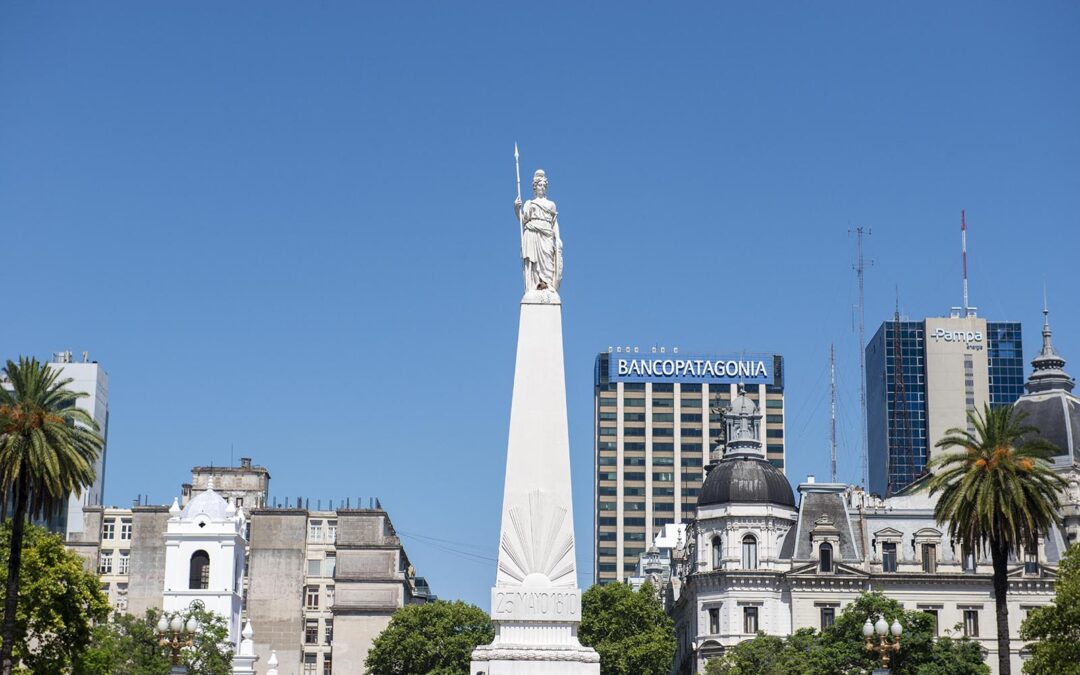
Eight Places Not to Miss in Buenos Aires
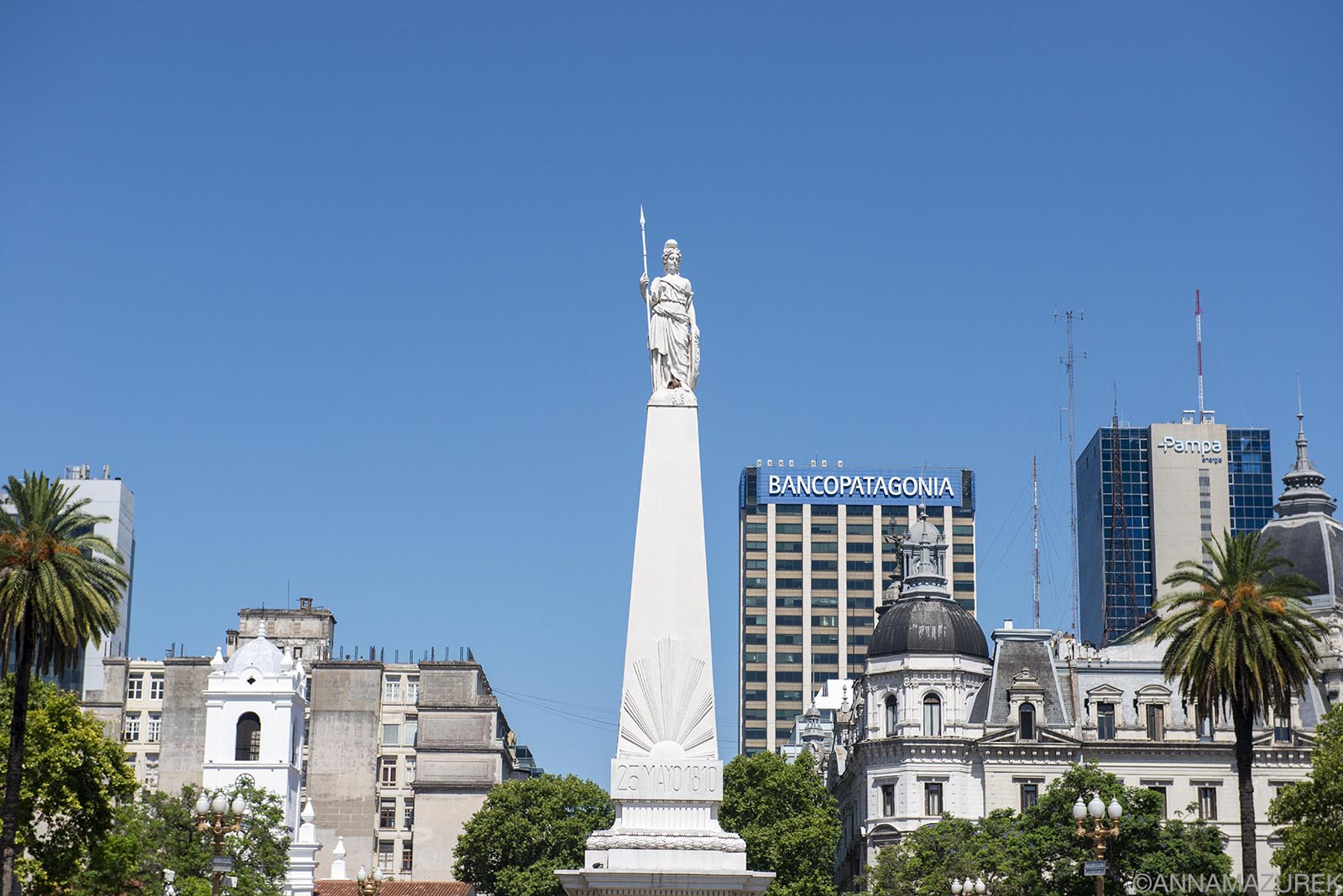 The white obelisk, Pirámide de Mayo, located in Plaza De Mayo, Buenos Aires’ oldest public square, was built to mark the first anniversary from Spain.
The white obelisk, Pirámide de Mayo, located in Plaza De Mayo, Buenos Aires’ oldest public square, was built to mark the first anniversary from Spain.Is it possible to fall in love with a city? Entirely possible. If you don’t believe me, I dare you to visit sexy, savory Buenos Aires. I’ve spent many American winters living in the city. The Argentinean capital is filled with European architecture and a seductiveness that will tempt you to stay forever. Consider yourself warned. If you’re planning a visit, check out my detailed Buenos Aires City Guide.
Here are the eight of the best things to do in Buenos Aires:
This post was originally published in 2016 but has been updated with details from recent trips. Affiliate links are used in this post. If you make a purchase, I earn a small commission at no cost to you, which goes toward the cost of maintaining this blog.
1. La Recoleta Cemetery
One of the most notable graves in La Recoleta Cemetery belongs to Eva Perón. The 14 acre grounds are hauntingly beautiful – elaborate aboveground marble mausoleums and statues cover a sprawling grid of four city blocks lined with large walkways. The cemetery was once the orchard for the adjacent 1732 Our Lady of Pilar church. Be sure to catch one of the free English tours at 11 a.m. on Tuesdays and Thursdays.
2. Teatro Colón
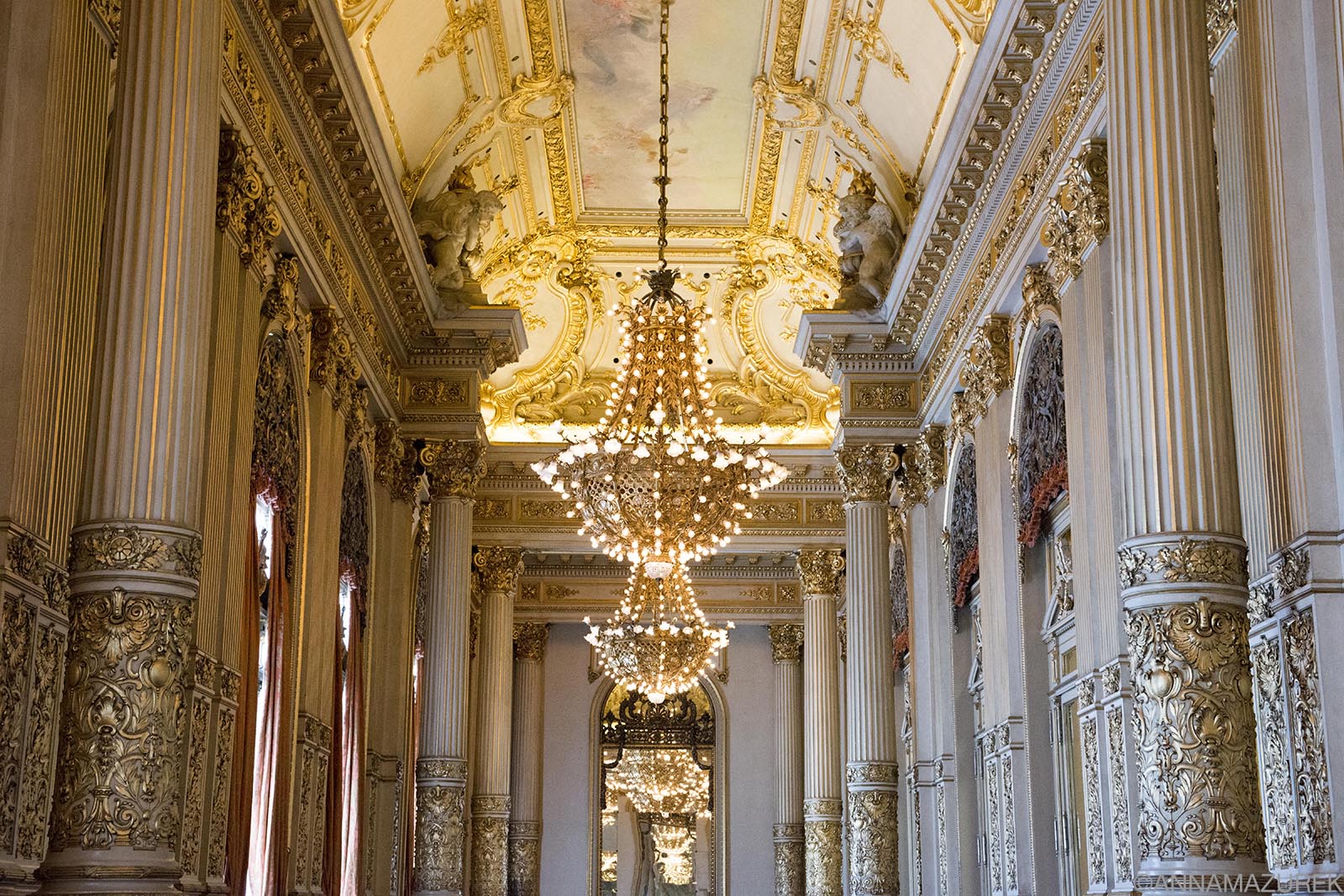 Teatro Colon is a stunning opera house in the heart of Buenos Aires. The performance season starts in March annually.
Teatro Colon is a stunning opera house in the heart of Buenos Aires. The performance season starts in March annually.
The seven-story Teatro Colón, pictured above, is not only one of the finest opera houses in the world but one of the most beautiful buildings in the city. Built in 1908, the theater covers an entire city block and features ballet, opera and concert performances. Many of the lavish building materials – Venetian mosaics, French stained glass and three kinds of Italian marble—were all imported from Europe. The main performance season started on March 1st. If you are unable to catch a performance, take one of the hourly guided tours to get a behind the scenes look at the stunning theater and rehearsal rooms.
3. San Telmo Street Fair
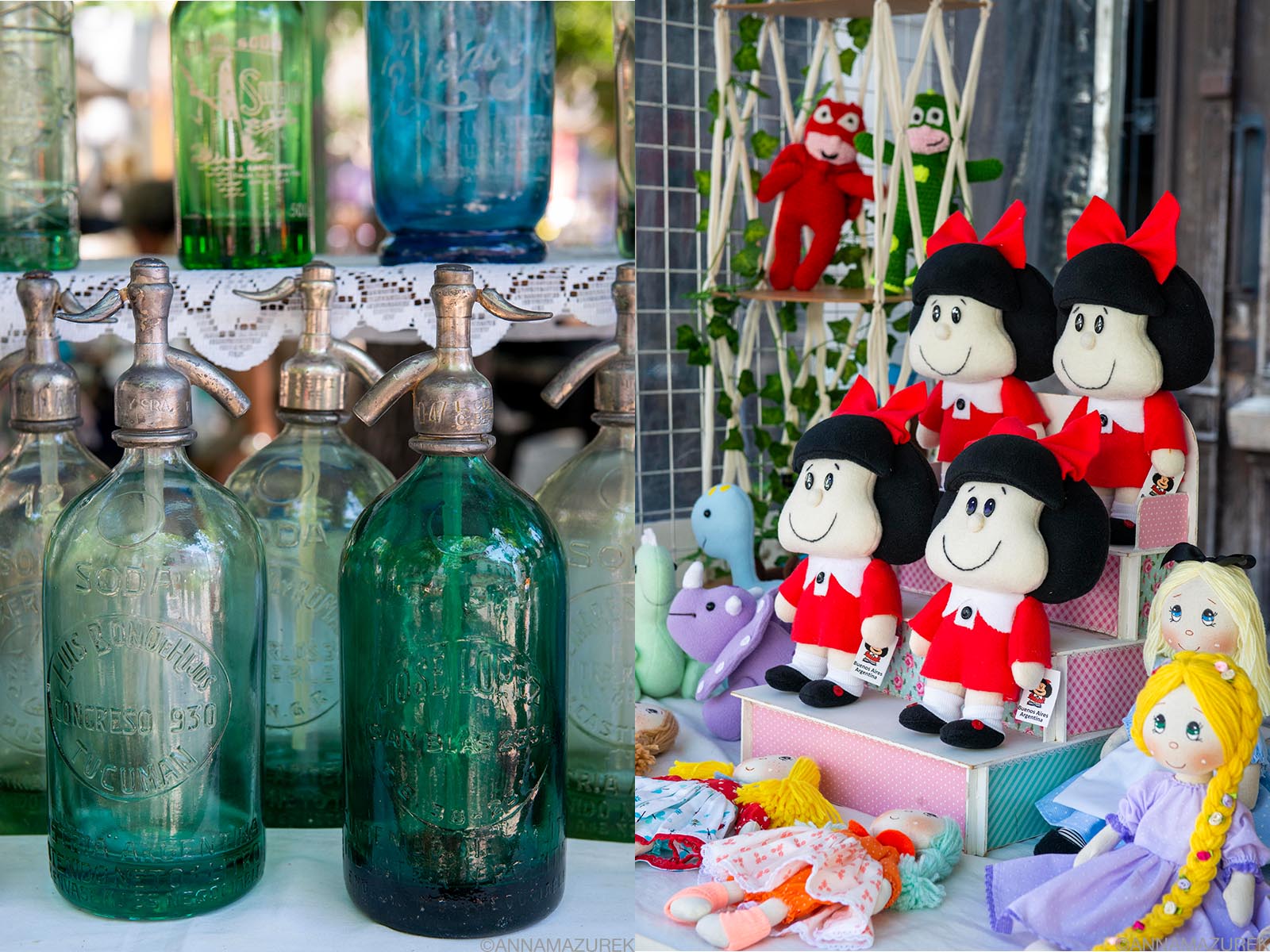 Stalls of antique seltzer bottles are the heart of the San Telmo Market.
Stalls of antique seltzer bottles are the heart of the San Telmo Market.
Plan to be in Buenos Aires on a Sunday just to visit the street market in San Telmo. The heart of the market at Plaza Dorrego is focused more on antiques including a row of vendors selling vintage glass seltzer bottles. The stalls stretch out into the adjacent streets and eventually, it turns into more of a flea market with vendors selling leather belts, fresh squeezed juice and merchandise centered around Mafalda, a famous Argentinean cartoon character.
4. Attend a Boca Juniors or River Plate Football Game
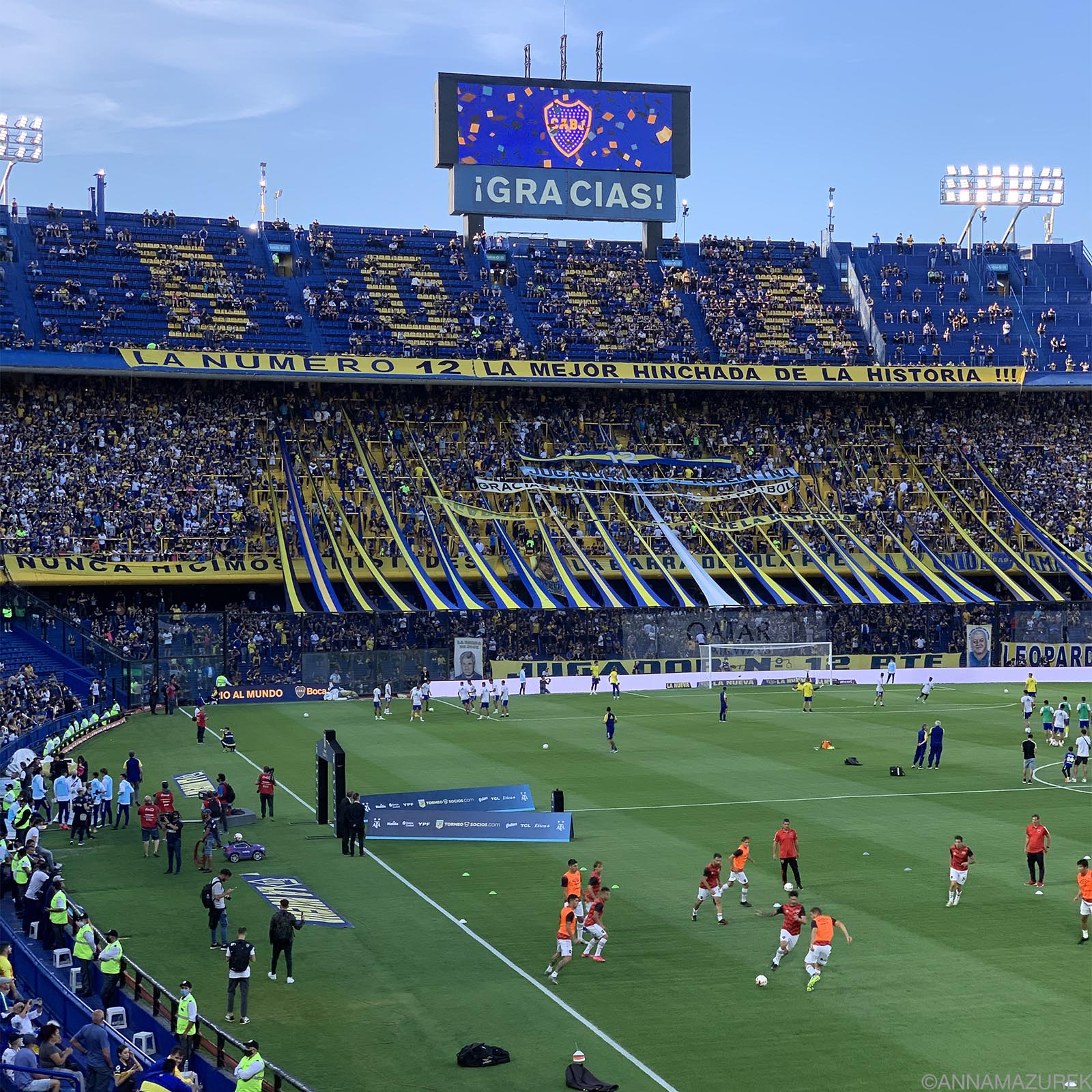 Attending a Boca Juniors or River Plate football game is one of my thrilling experiences in Buenos Aires.
Attending a Boca Juniors or River Plate football game is one of my thrilling experiences in Buenos Aires.
One of the coolest travel experiences of my life was attending a Boca Juniors game with local friends. The team is the countries’ most famous, and nothing can beat the excitement of being in that stadium listening to the passionate chants. River Plate is the team’s rival on the other side of town. (If you buy a jersey, be careful where you wear it around town—the rivalries run deep.) Tickets for games must be booked through travel agents or GetYourGuide or Viator. If you can’t attend a game, a stadium and museum tour is your best option for both River Plate and La Boca. Read reviews before booking.
5. Eat a Steak
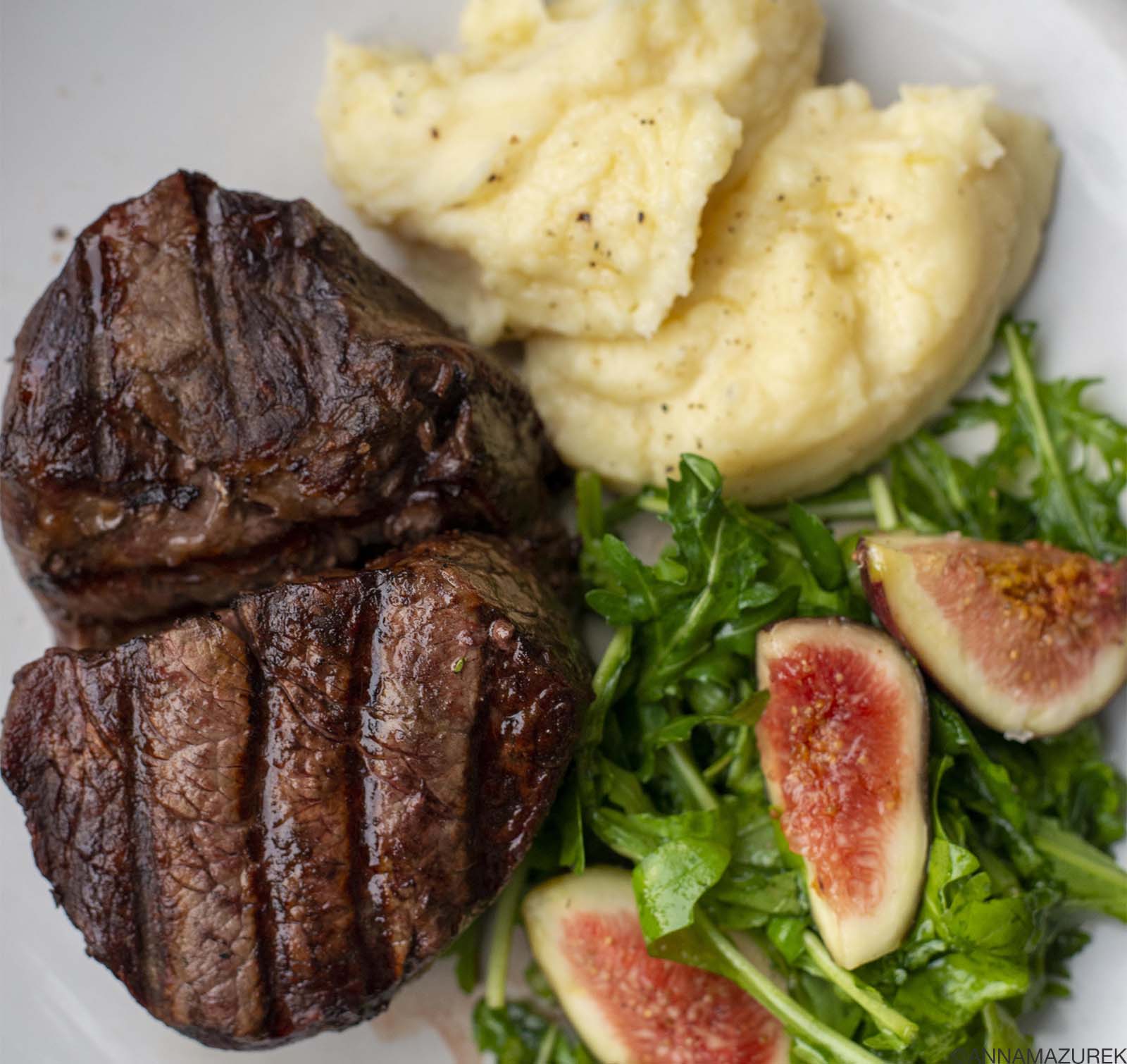 Don Julio Parilla was named the best restaurant in Latin America in 2025.
Don Julio Parilla was named the best restaurant in Latin America in 2025.
Argentina is known for its beef. My favorites include Don Julio Parilla in Palermo and for a fun more budget-friendly experience, try happy hour at La Cabrera. If you don’t have a reservation at the swanky Palermo parrilla (steakhouse), show up at 7 p.m. for happy hour. You will be seated promptly and everything (steak, salad and even wine) is 50% off. The only catch is that you must be out before 8 p.m. when they start seating parties with reservations. Juicy steaks are served with an array of small sides ranging from pickles to purees. Salads are gigantic, service is fast and you can take your bottle of wine to-go. For more food suggestions, check out my Buenos Aires Guide.
6. El Ateneo Grand Splendid Bookstore
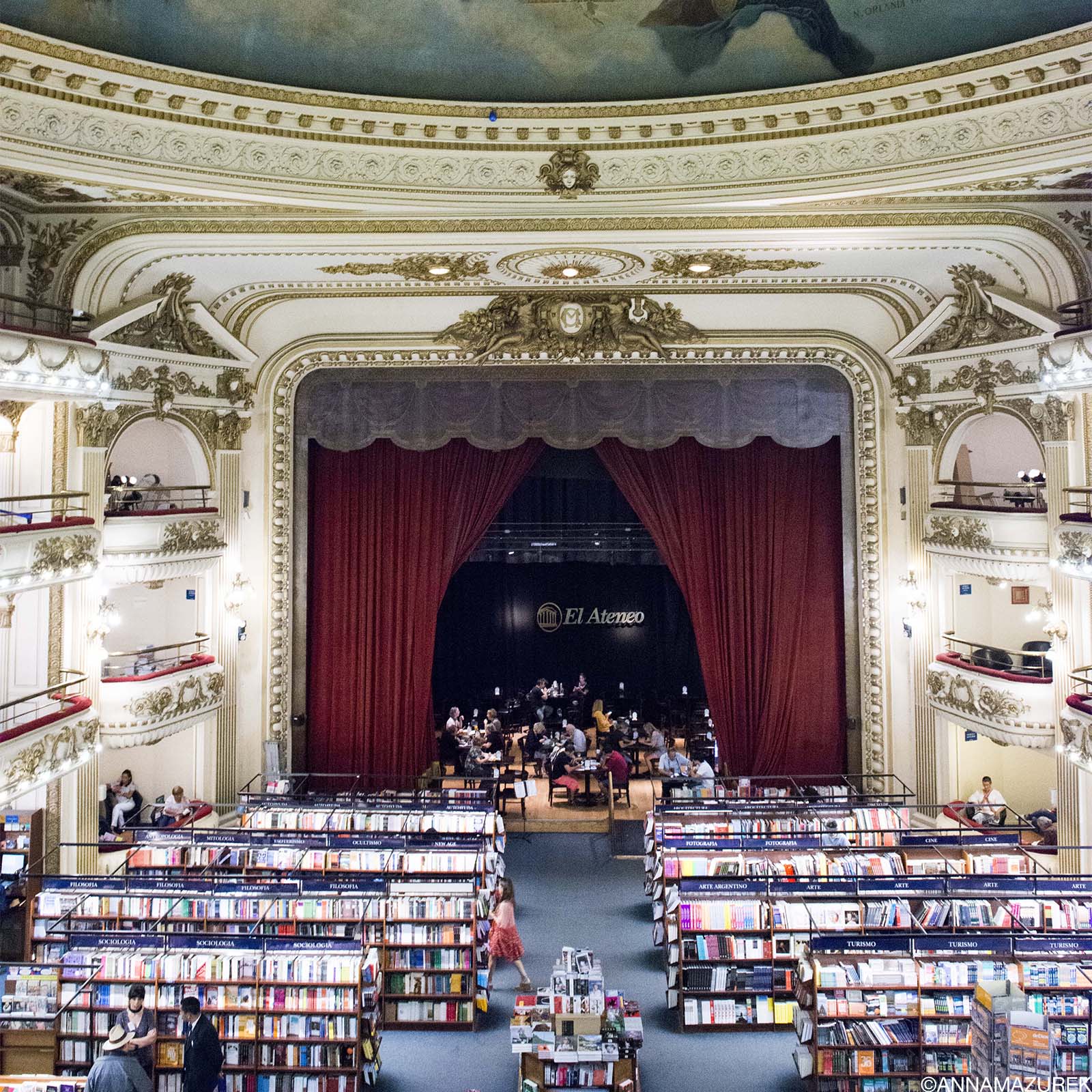 The most beautiful bookstore in the world: El Ateneo
The most beautiful bookstore in the world: El Ateneo
The story behind the bookstore is just as interesting as the décor. The building opened in 1919 as a theater called the Teatro Gran Splendid before converting into a cinema, which showed the first sound films in the country. The theater-turned-cinema was then converted into a bookstore in the early 2000s. Much of the interior including the ornate carvings remain in tact. Book shelves replaced the rows of seats, and the theater boxes were left for customers to curl up with a book. Dark red curtains frame the stage, which is now home to a quaint café. Their English book section is very limited.
7. National Museum of Decorative Arts
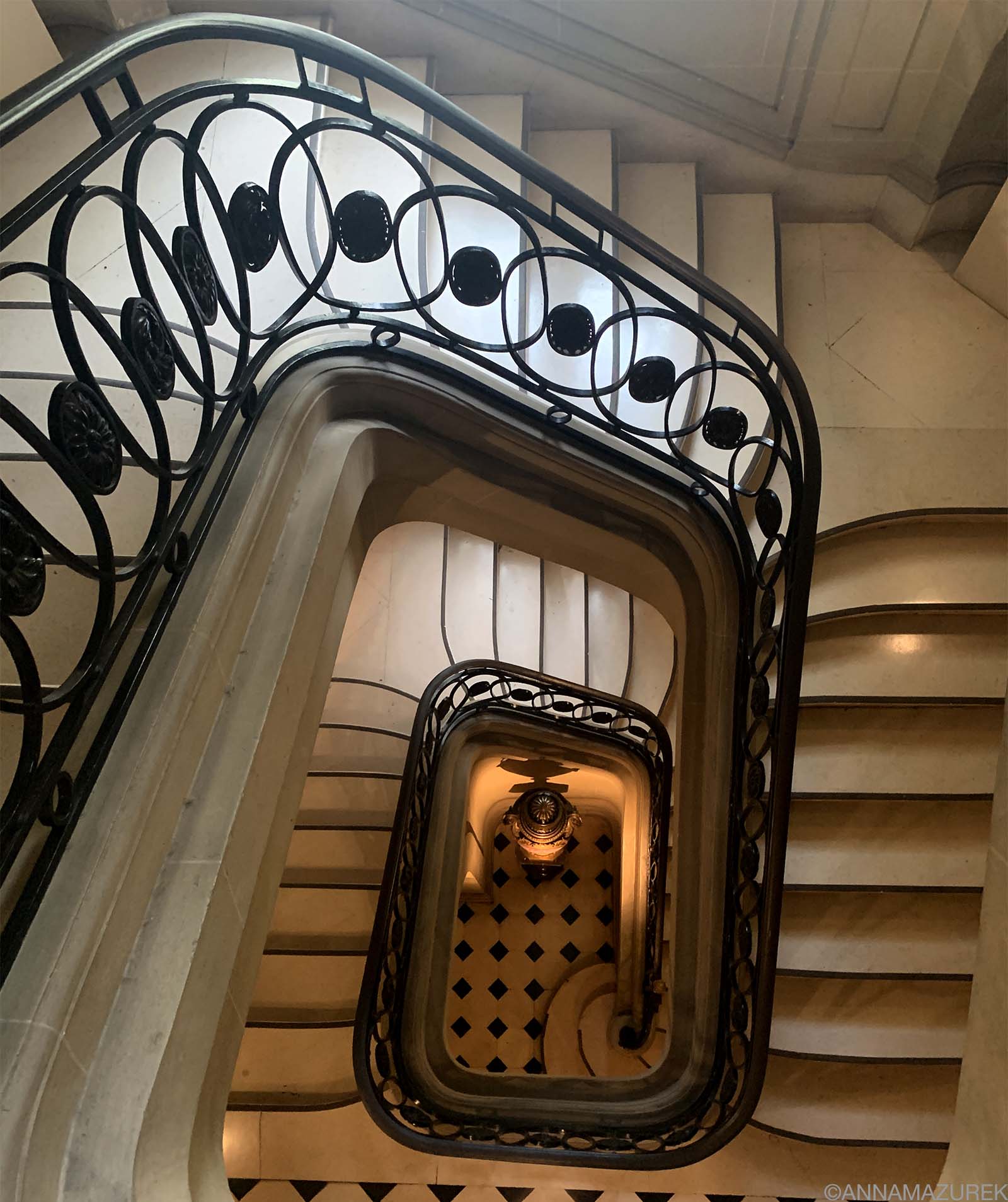 The photogenic stairway at the National Museum of Decorative Arts.
The photogenic stairway at the National Museum of Decorative Arts.
The 1917 beaux-art mansion was originally the home of Chilean aristocrat Matías Errázuriz and his wife, Josefina de Alvear. When Alvear died in 1935, the family donated the house and its extensive collection of European and Asian art to the Argentine government under the condition it be used as a museum. The elaborate décor features a ballroom with hand-carved ceilings along with artwork by Manet and Rodin. It is the only French mansion built at the beginning of the 20th century open to the public in Buenos Aires. Admission is free on Tuesdays. Stop for lunch at the adjacent Croque Madame Café for a delicious array of cakes and quiches before visiting the museum.
8. Take a Street Art Walking Tour
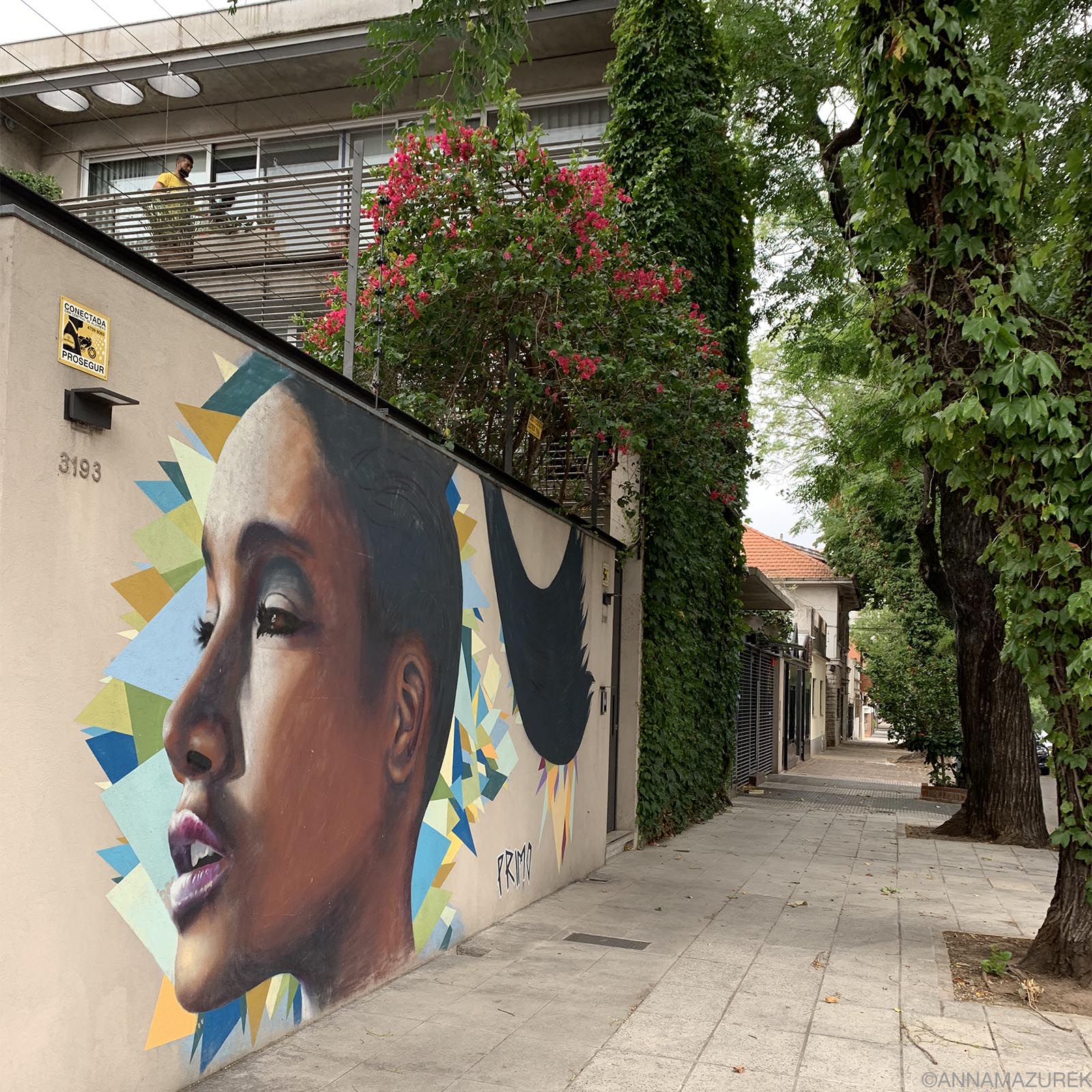 The neighborhoods of Colegiales, Chacarita and Palermo Hollywood are known for their street art.
The neighborhoods of Colegiales, Chacarita and Palermo Hollywood are known for their street art.
One of the best ways to explore Buenos Aires is with a street art walking tour. They are offered all over the city in a variety of neighborhoods from La Boca to Palermo Hollywood. I personally did a great tour in up-and-coming Colegiales neighborhood with stops in Palermo Hollywood and Chacarita. Graffitimundo offers tours, but you must email to book in advance. For shorter notice, book a tour from GetYourGuide or Viator.
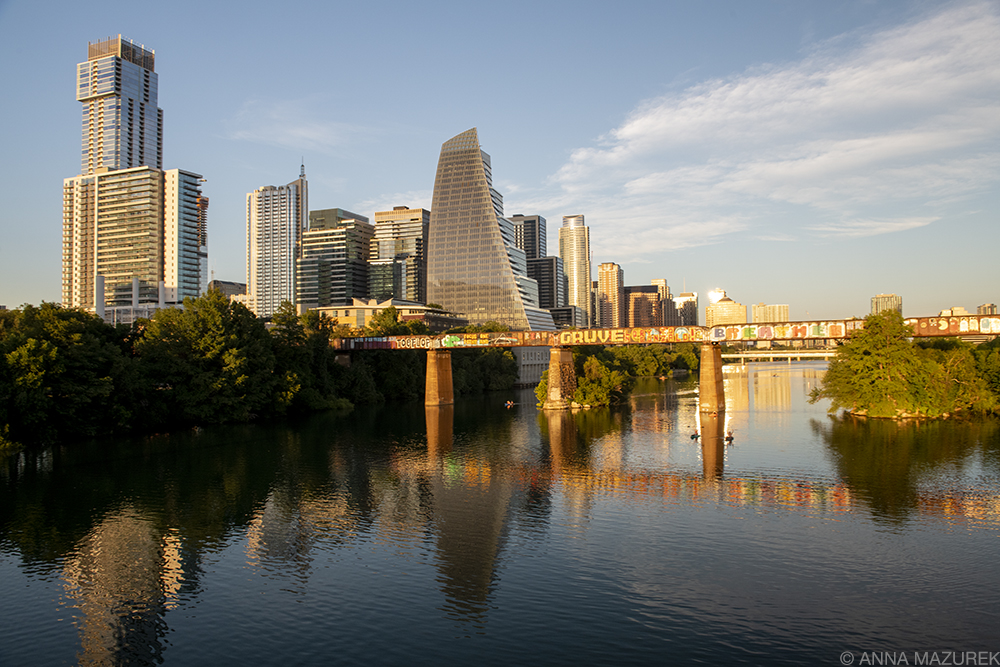
19 Best Things to Do in Austin, Texas, From a Local Travel Writer
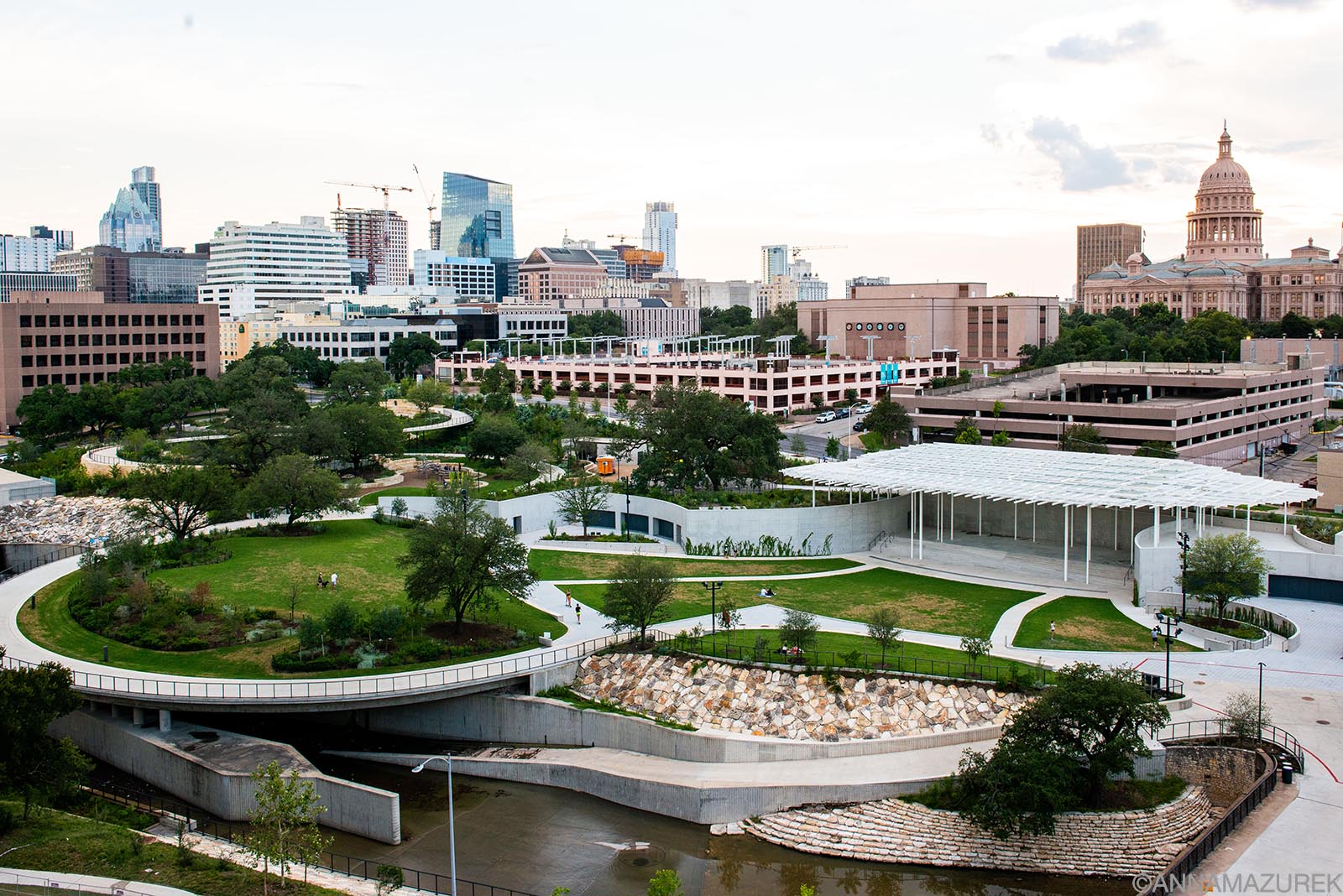 The 11-acre Waterloo Park near the Capitol Building is one of Austin’s newest greenspaces and part of a larger on-going project extending to Lady Bird Lake.
The 11-acre Waterloo Park near the Capitol Building is one of Austin’s newest greenspaces and part of a larger on-going project extending to Lady Bird Lake.
The capital of Texas has been my home base since December 2013. It is a mixture of all the things I love about the South (biscuits, grits, the word “y’all,” and barbecue), merged with the things I loved about California (fitness-focused outdoor culture and the ability to recycle everything easily) sprinkled with a little LA-style traffic and no state income tax.
It is literally my job to write and photograph many of the coolest spots in my current hometown and the great state of Texas. If you’re heading to Austin for SXSW, ACL or a football game, here’s my list of all the best things to do in Austin, Texas categorized by topic for easy scrolling! Of course, I’ve also written about the where to eat in Austin and the best hotels organized by neighborhood!
In this Post
1. Paddleboarding on Lady Bird Lake
2. Swim at Barton Springs Pool
3. Tour the Texas State Capitol
4. Hike the Barton Creek Greenbelt
5. Play a Round at Peter Pan Mini Golf
8. Attend an Austin City Limits Taping
9. Stroll Through Austin’s Parks
10. Visit Austin’s Central Library
12. Take Advantage of Free Museum Days
13. Tour Austin’s Art Gallery Scene
14-19. The Best Day Trips from Austin
1. Paddleboarding on Lady Bird Lake
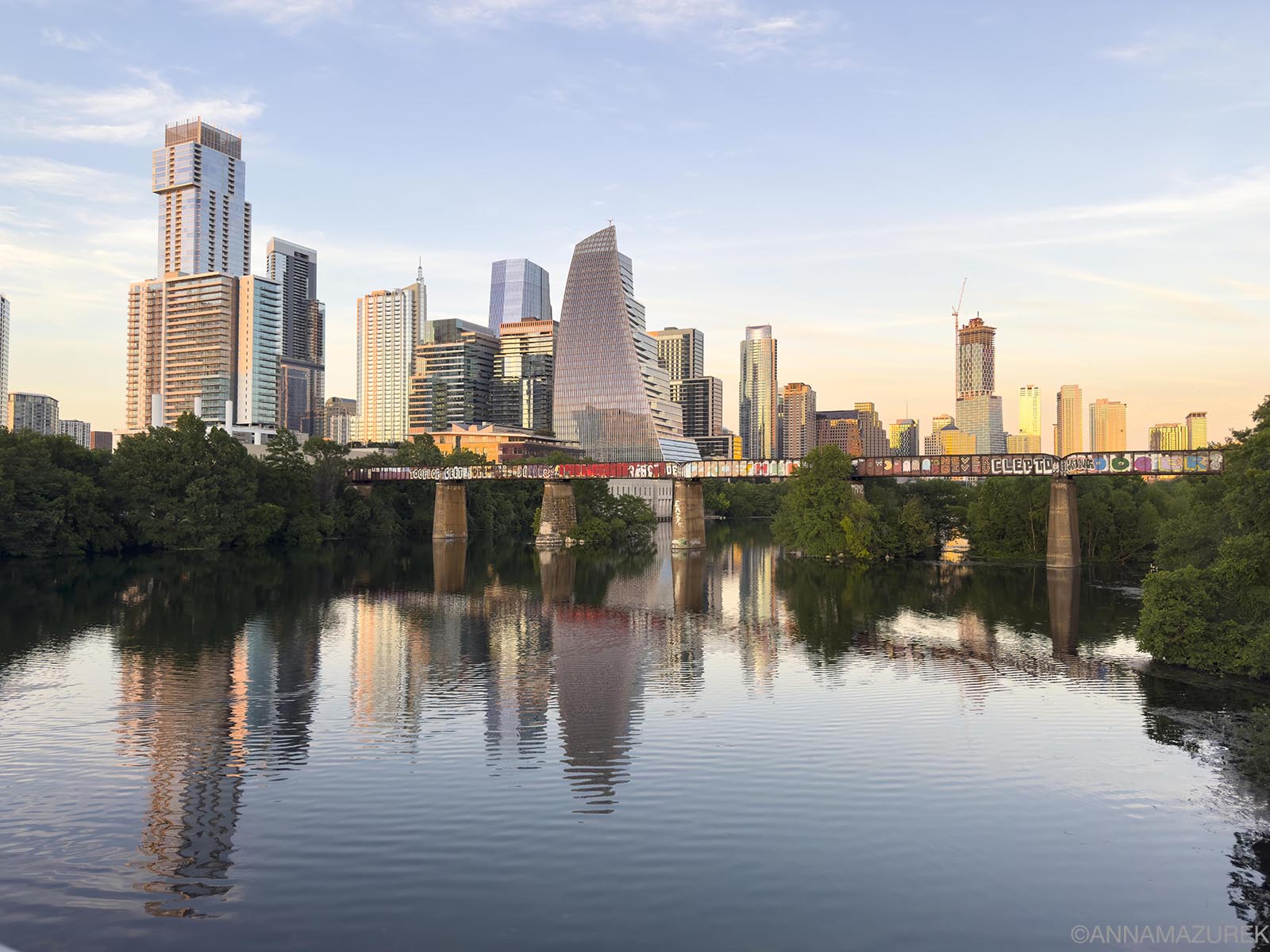 The ever-changing Austin skyline photographed from the Lamar pedestrian bridge
The ever-changing Austin skyline photographed from the Lamar pedestrian bridge
Lady Bird Lake is the heart of the city and one of the best places to enjoy the city skyline. There are several boat rental places on the lake, so choose the one closest to you. I like Zilker Park Boat Rentals, which is located adjacent to Barton Springs Pool. They offer buy-one-get-one coupons on weekdays! You can also rent kayaks and canoes. The 10-mile Ann and Roy Butler Hike and Bike Trail around the lake is great for running, walking and biking. (I run a five-mile section every week.)
2. Swim at Barton Springs Pool
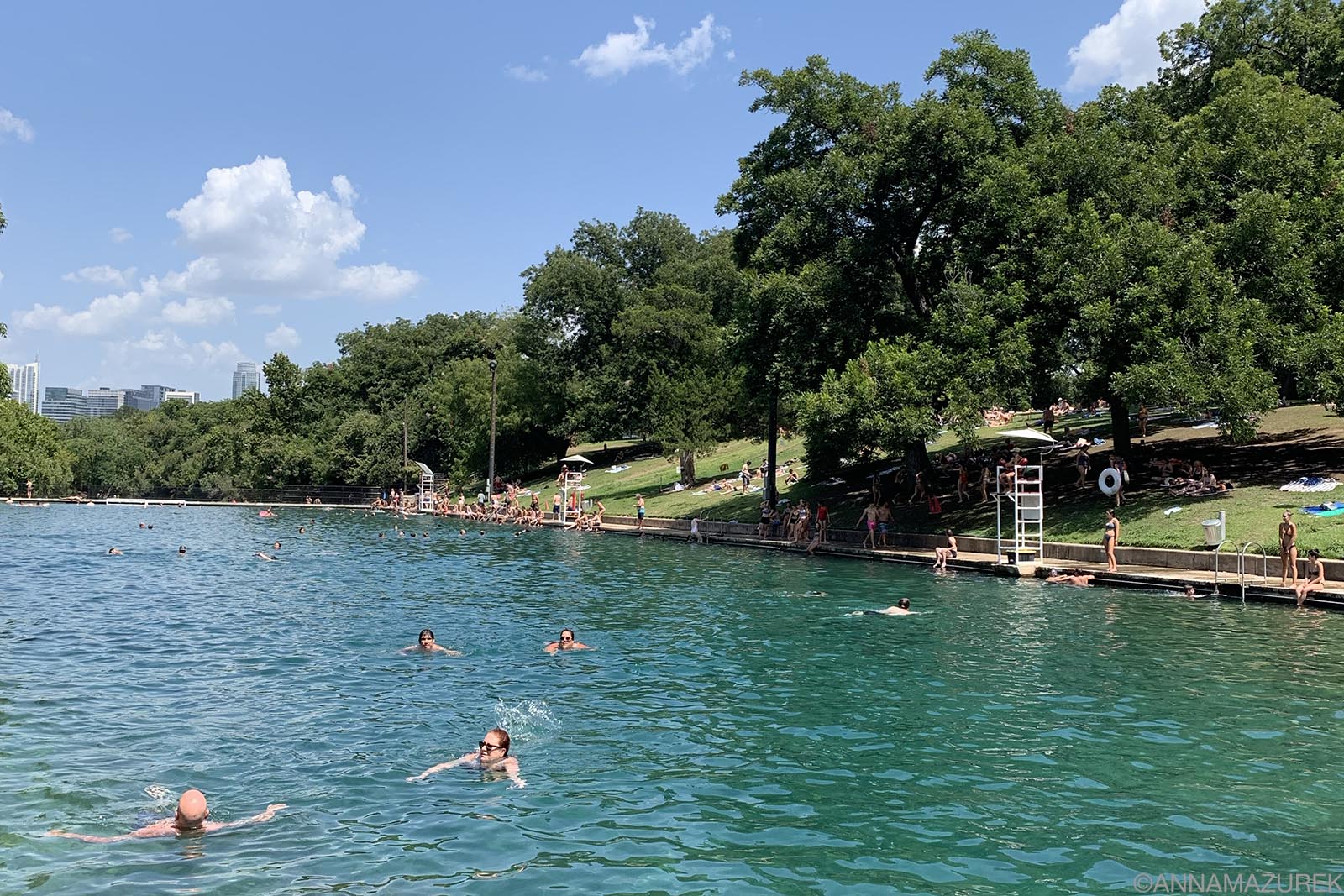 Barton Springs Pool is open year-round from 5 a.m. to 10 p.m. except Thursdays when it’s open only in the morning and evening.
Barton Springs Pool is open year-round from 5 a.m. to 10 p.m. except Thursdays when it’s open only in the morning and evening.
This spring-fed pool is another local favorite tucked in Zilker Park. The water is 68-70 degrees year-round and a great way to cool off on sizzling summer days. Another option is the 100-year-old Deep Eddy Pool, the oldest swimming pool in Texas.
3. Tour the Texas State Capitol
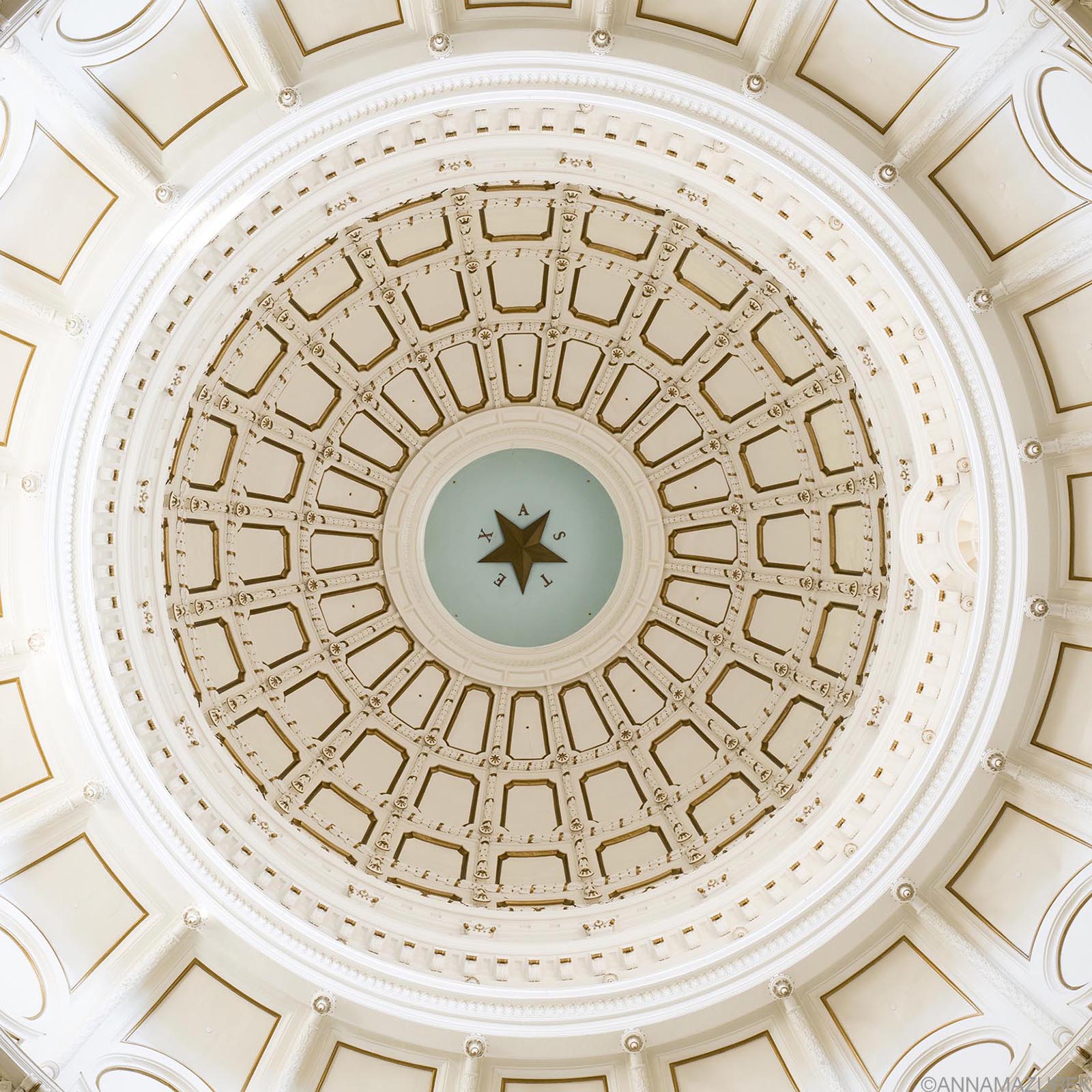 The interior dome of the Texas State Capitol Building
The interior dome of the Texas State Capitol Building
The Texas State Capitol building is an icon of the Austin skyline. The stunning four-block complex is taller than the U.S. Capitol in Washington, D.C. Free guided and self-guided tours are available daily. Don’t miss the interior dome with an eight-foot-wide star and the view from 15th Street of the glass-roofed extension.
4. Hike the Barton Creek Greenbelt
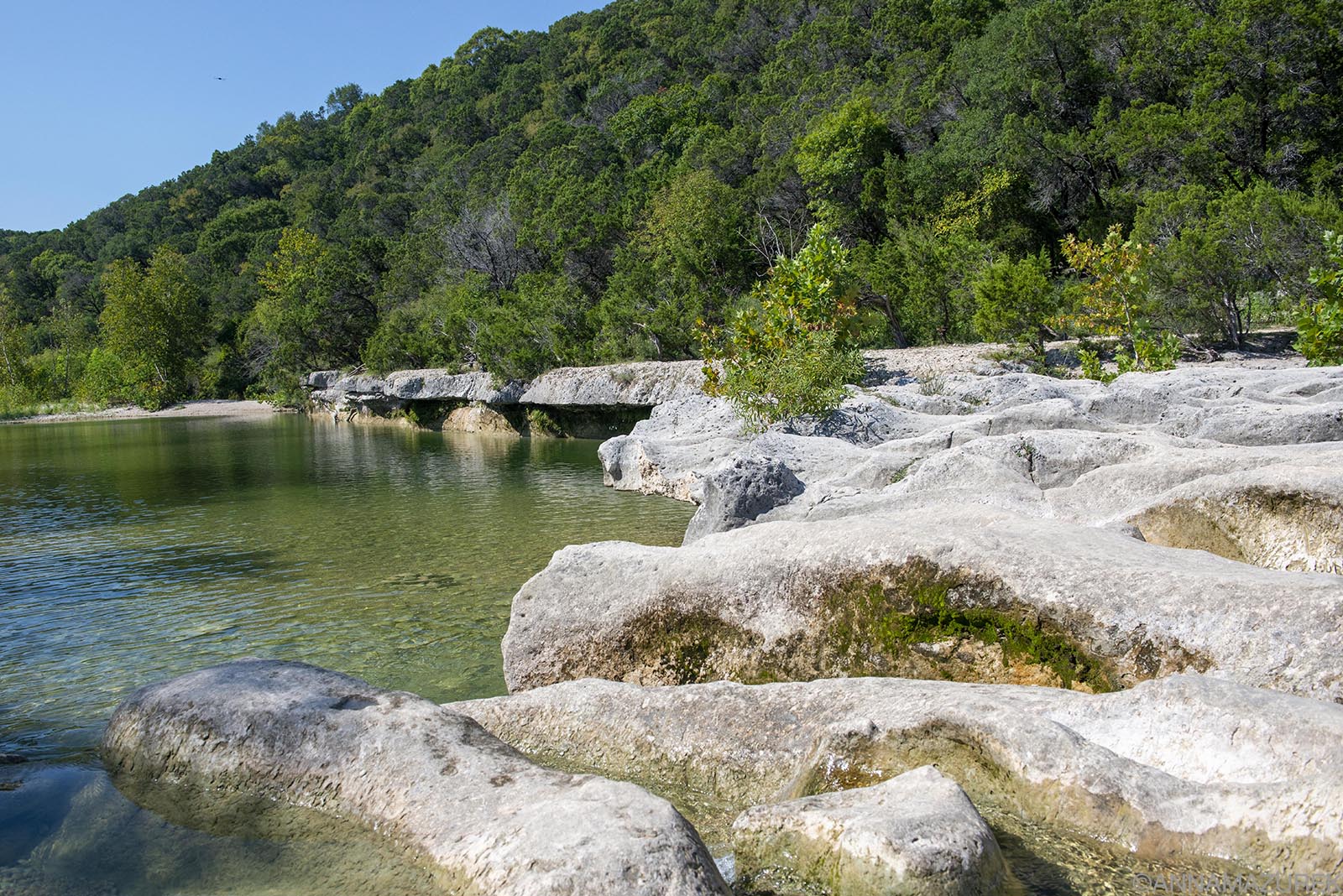 The Barton Creek Greenbelt is one of the best places to go for a hike or a swim.
The Barton Creek Greenbelt is one of the best places to go for a hike or a swim.
The Barton Creek Greenbelt is a hiking and biking trail that covers 12.86 miles with multiple access points. It’s one of the most popular spots for taking a dip in the summer months. (Twin Falls is one of my favorite spots for a swim.) Hiking the entire trail one way takes roughly three hours and can be broken into sections.
5. Play a Round at Peter Pan Mini Golf
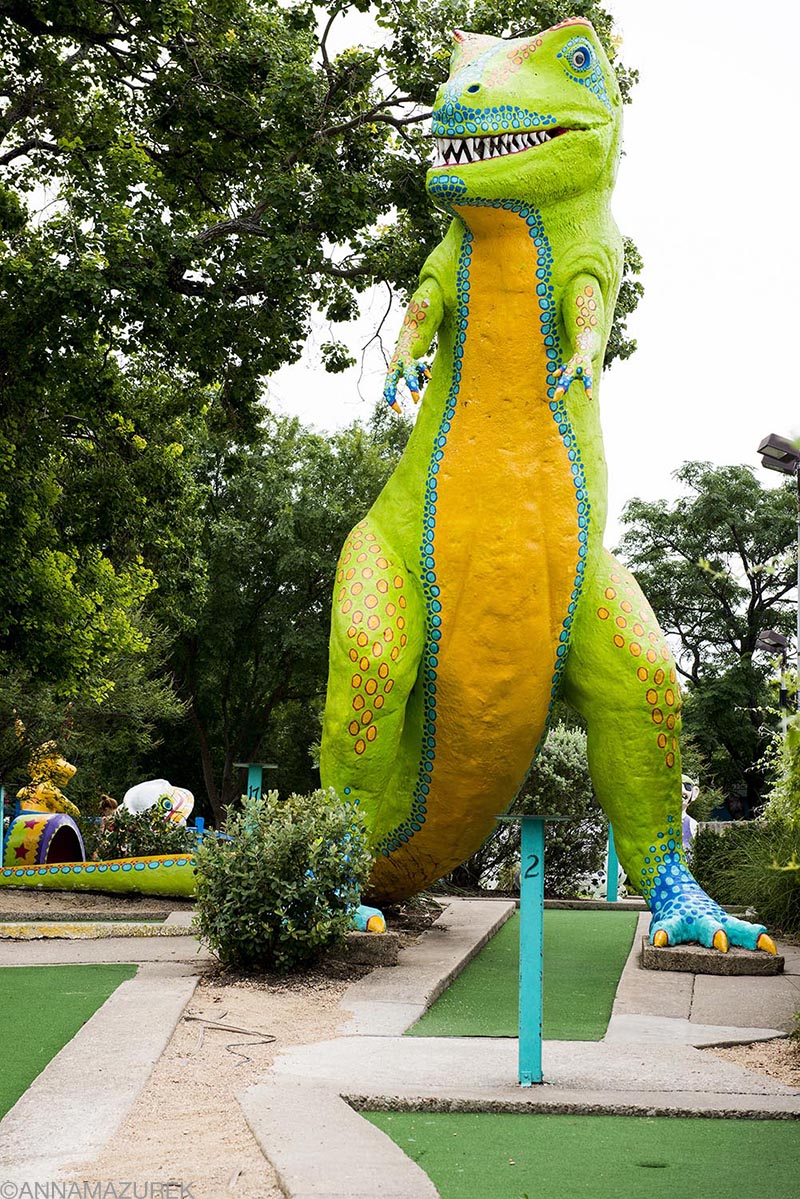 Peter Pan Mini Golf is an Austin icon that’s managed to survive despite an uncertain future due to lease uncertainty.
Peter Pan Mini Golf is an Austin icon that’s managed to survive despite an uncertain future due to lease uncertainty.
You can’t miss the giant green T.rex statue at Peter Pan Mini-Golf overlooking the corner of Barton Springs and South Lamar. This colorful putt-putt spot opened in 1948 and has two courses with colorful statues of Austin landmarks and Peter Pan characters. The courses are challenging but fun. And the best part about the course is that it’s BYOB – no glass containers.
6. Play Chicken Shit Bingo
Sundays are for Chicken Shit Bingo. The Little Longhorn Saloon, a tiny hole-in-the-wall honky-tonk off Burnet Road, has been hosting the event for over 40 years. To play bingo, you buy a ticket and hope the chicken literally poops on your ticket number. There’s always live music and cold beer.
7. Watch the Bats
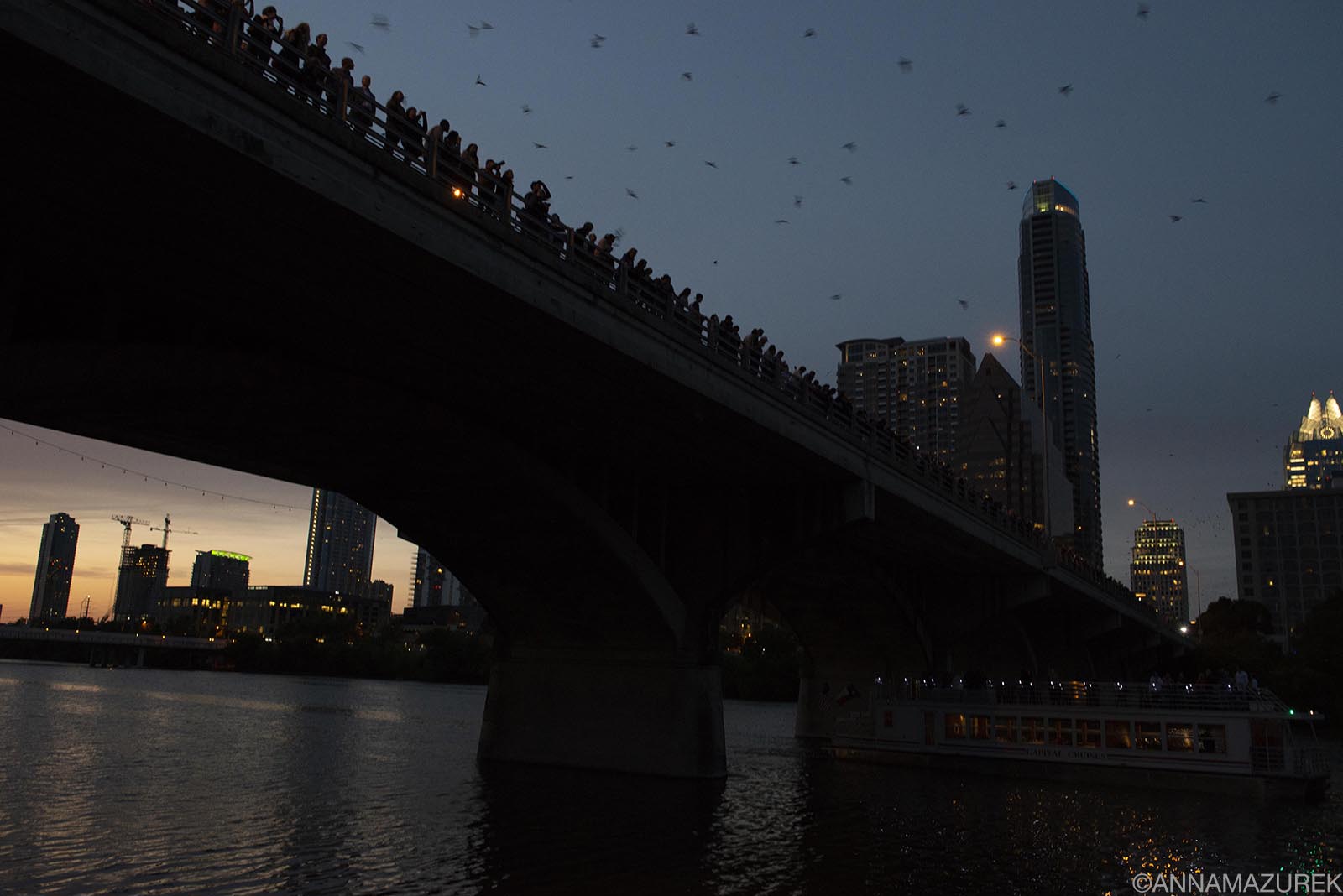 Crowds gather every night along the Congress Avenue Bridge to watch the bats spiral into the sky.
Crowds gather every night along the Congress Avenue Bridge to watch the bats spiral into the sky.
The world’s largest urban bat colony lives under Congress Avenue Bridge. From mid-March to November, the bats spiral into the sky every night for a spectacular show. Check here to find the best time to see the bats nightly. For the best photos, watch the bats from the Statesman Bat Observation Center adjacent to the Congress Avenue Bridge.
8. Attend an Austin City Limits Taping
Want to be in the audience for a taping of the Austin City Limits TV show? All tickets are distributed through a free online lottery. If you don’t win, you can also wait in line to see if there are extra tickets available on the day of the show. The lottery opens usually a week before tapings, and winners are announced roughly two days before. For details about upcoming tapings, visit https://acltv.com/upcoming-tapings.
9. Stroll Through Austin’s Parks
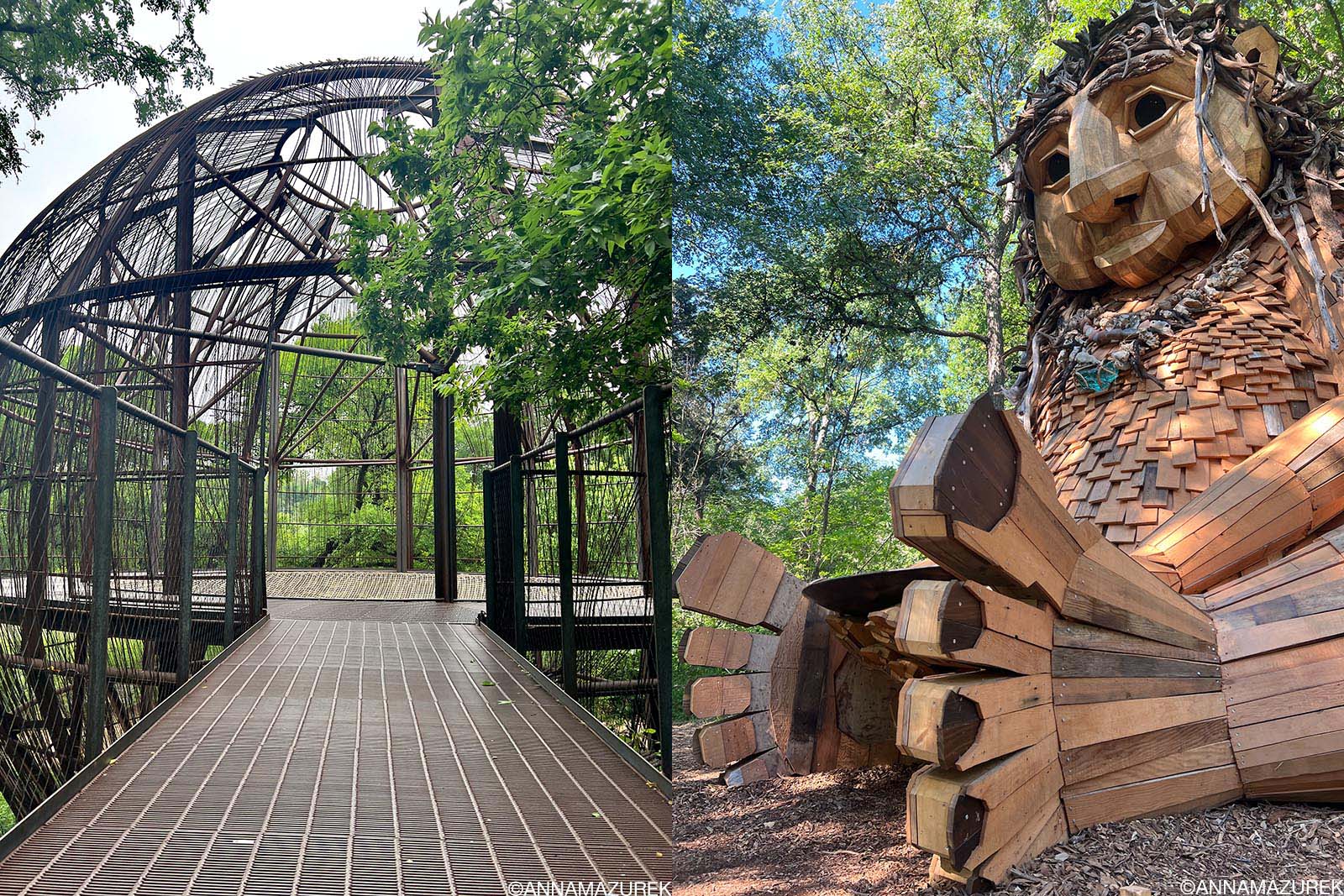 Pease Park’s new suspended treehouse (left) and troll statue (right), Malin, by Danish artist Thomas Dambo are part of the space’s ongoing renovation projects.
Pease Park’s new suspended treehouse (left) and troll statue (right), Malin, by Danish artist Thomas Dambo are part of the space’s ongoing renovation projects.
The City of Austin is home to 512 parks, according to the Trust for Public Land. The 351-acre Zilker Park is the most famous and the hub for large events and festivals. It’s also home to Barton Springs and a great spot for paddleboarding. While it’s worth exploring, don’t miss out on some of the smaller but equally amazing outdoor spaces.
The new downtown ADA-accessible Waterloo Park has unparalleled views of the skyline and the Capitol Building. The 11-acre park, home to a 5,000-seat Moody Amphitheater, is part of a larger Waterloo Greenway Project connecting 15th Street to Lady Bird Lake.
Pease Park, an 84-acre green space along the banks of Shoal Creek, is famous for its photogenic treehouse, 40-foot circular observation pod suspended in the air, and giant wooden troll sculpture by Danish artist Thomas Dambo.
Other favorites include Mayfield Park and Preserve, a 23-acre nature area with a historic cottage and two gardens filled with peacocks. It’s walking distance from The Contemporary Austin’s Betty and Edward Marcus Sculpture Park at Laguna Gloria, which is a stunning outdoor space. Nearby, Mount Bonnell, a ridge-line peak overlooking the Colorado River, is great for sunset.
10. Visit Austin’s Central Library
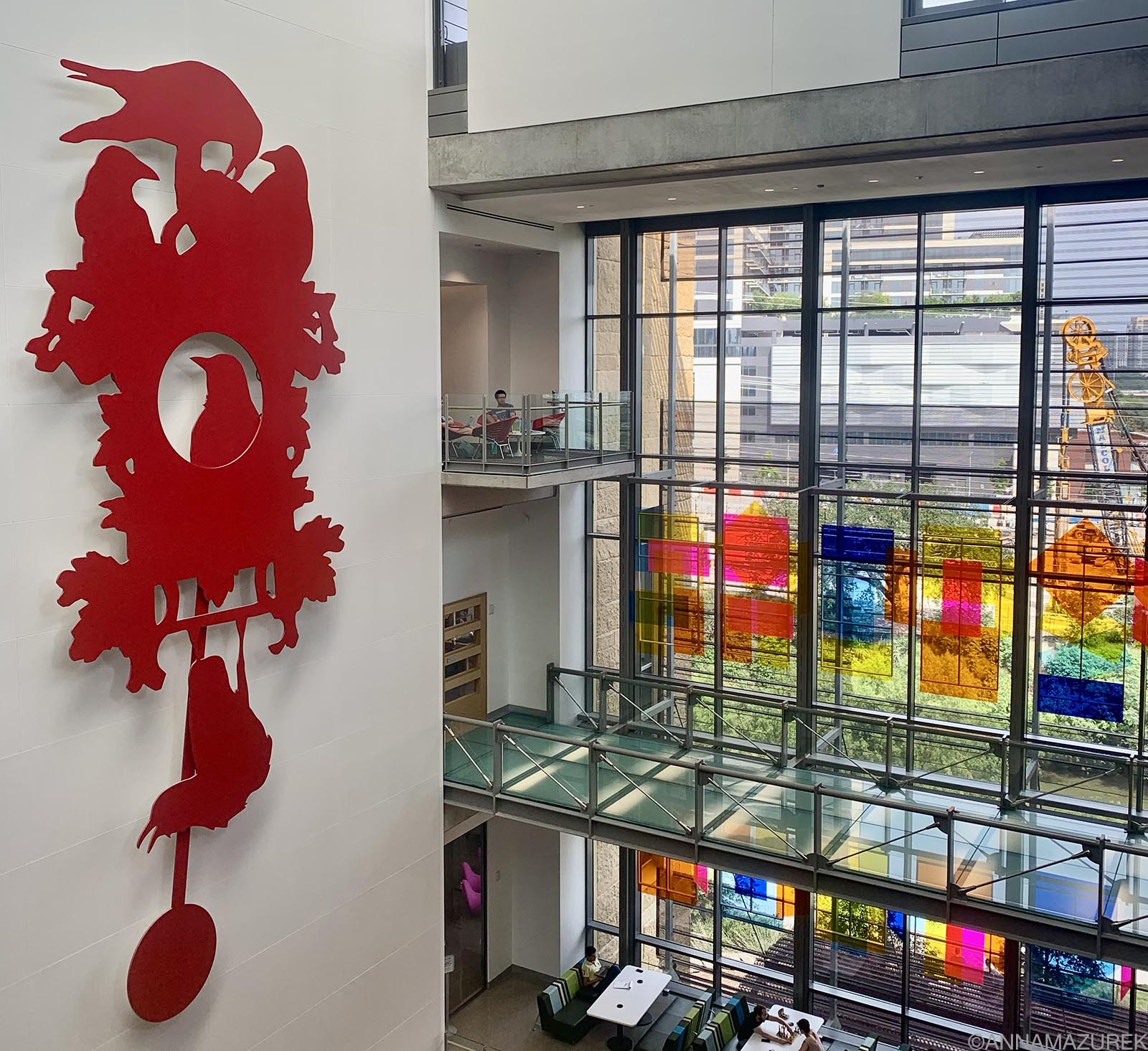 Austin’s Central Library building and grounds showcase a variety of temporary and permanent artwork, including Christian Moelle’s CAW, a red 37-foot-tall kinetic sculpture.
Austin’s Central Library building and grounds showcase a variety of temporary and permanent artwork, including Christian Moelle’s CAW, a red 37-foot-tall kinetic sculpture.
Austin’s new downtown Central Library is one of the coolest buildings in town! The state-of-the-art facility feels like a swanky boutique hotel combined with an upscale mall with sweeping skyline views. Highlights include the rooftop butterfly garden, second-floor art gallery with rotating exhibits and a technology petting zoo featuring the latest gadgets. There’s WIFI, free computers to check out, and free “shared learning” rooms that offer video conferencing capabilities for meetings and workshops.
11. Listen to Live Music
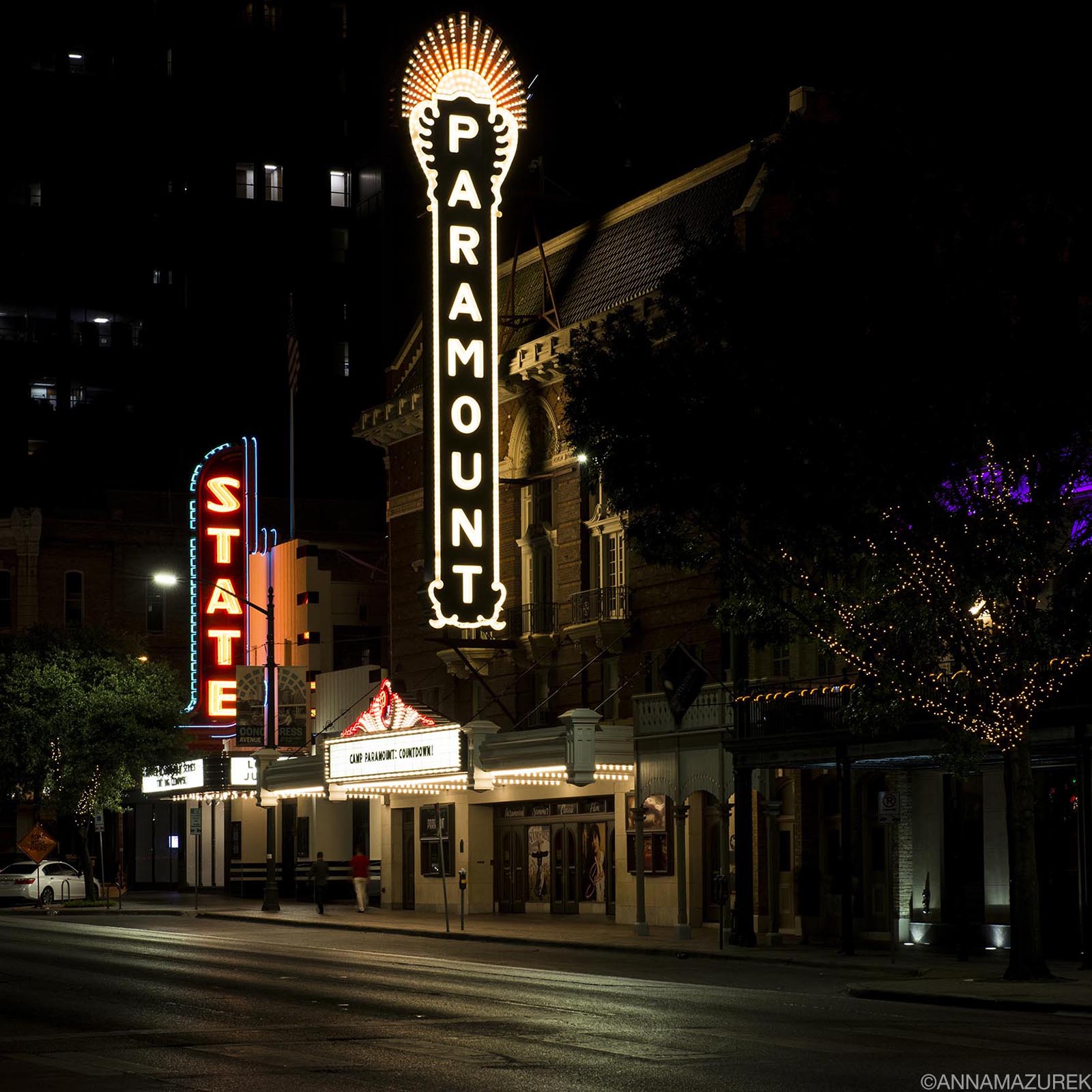 A night view of the Paramount Theater, a historic movie theater listed on the National Register of Historic Places.
A night view of the Paramount Theater, a historic movie theater listed on the National Register of Historic Places.
Austin lives up to its reputation as the Live Music Capital. Start a visit to Austin at the “grandaddy” of live music venues, The Continental Club is one of the oldest in town, dating back to 1955. The Broken Spoke is another legend—a proper honky tonk that offers two-step lessons.
Mohawk has been one of my favorites since my first trip to Austin in 2007. The multi-level bar has both an indoor and outdoor stage. The Paramount Theater, a 1915 movie theater, is one of my favorite places to photograph live shows.
Other options include Antone’s (old school blues downtown), Hole in the Wall (campus dive bar), Donn’s Depot (dive bar in old train depot), The Parish (sweet Sixth Street spot), Scoot Inn (Eastside outdoor venue recently bought by C3), and Elephant Room (jazz and cocktails).
12. Take Advantage of Free Museum Days
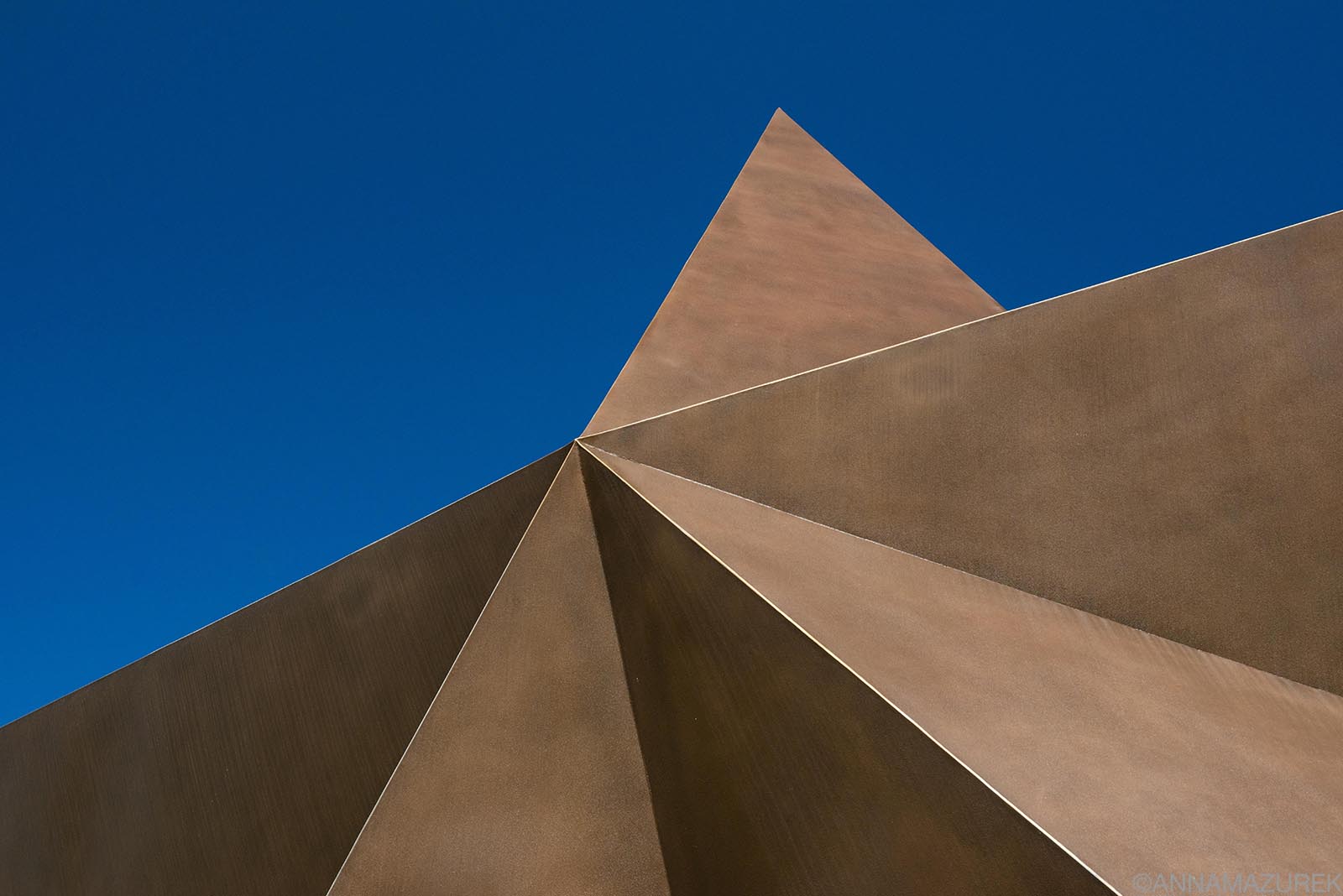 You can’t miss the giant star outside the Bullock Museum.
You can’t miss the giant star outside the Bullock Museum.
The Bullock Museum focuses on the history of Texas and offers free admission on the first Sunday of every month. If it’s your first visit to Texas, this is a great place to start your trip. The Blanton Museum of Art, located on the UT campus, offers free admission on Tuesdays. The museum hosts a series of visiting and rotating art exhibitions sourced from its vast 21,000-piece collection.
13. Tour Austin’s Art Gallery Scene
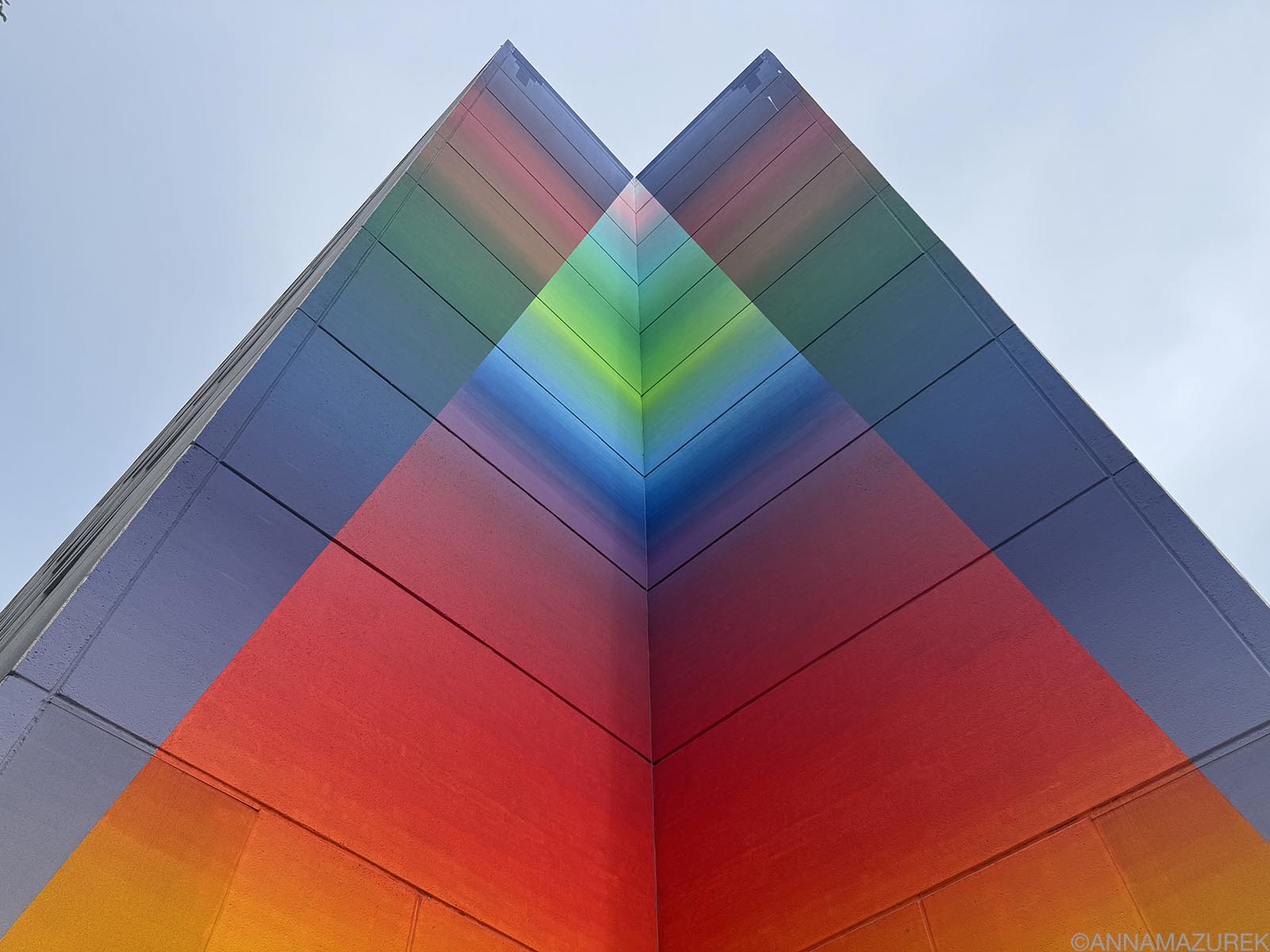 Austin is filled with cutting-edge galleries and large public art pieces like the 10-floor high, Tau Ceti mural by Josef Kristofoletti on the corner of East Second Street and Brazos Street.
Austin is filled with cutting-edge galleries and large public art pieces like the 10-floor high, Tau Ceti mural by Josef Kristofoletti on the corner of East Second Street and Brazos Street.
Austin’s art scene is not to be missed, from street art to top-notch galleries. Start your art tour at Canopy Austin, a former East Austin Goodwill warehouse that’s been transformed into 89 galleries, studios and offices, including ICOSA, an artist-run cooperative gallery. My downtown favorites include McLennon Pen Co., a contemporary arts space on West Fifth Street named after founder Jill McLennon’s grandfather’s Chicago luxury pen shop, and West Chelsea Contemporary, specializing in museum-quality exhibitions. The Creek Show is one of my favorite annual outdoor public art shows—it’s located on Waller Creek and happens every fall, usually in November.
14-19. The Best Day Trips from Austin
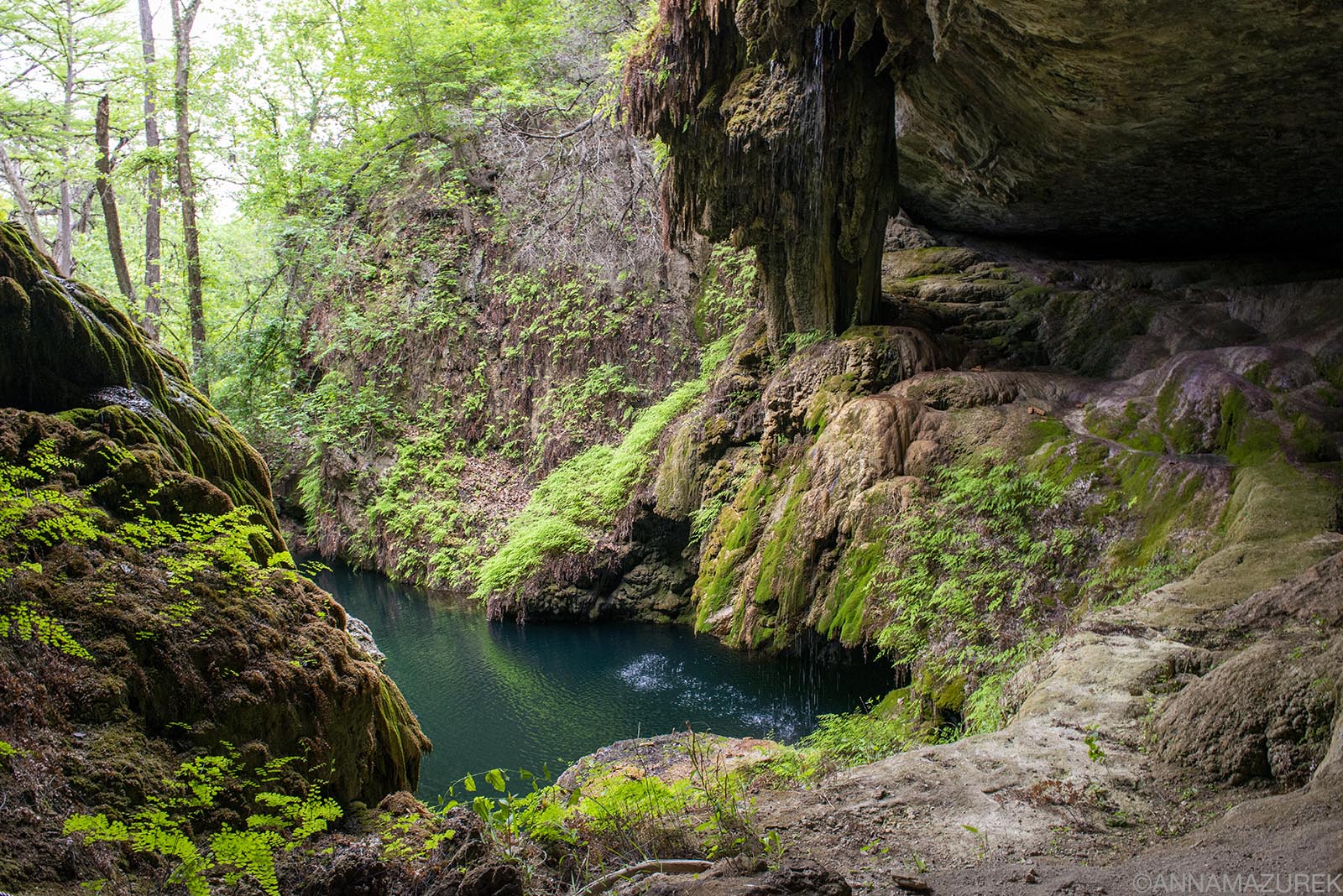 Book ahead to tour the nature trails at Westcave Outdoor Discovery Center outside of Austin.
Book ahead to tour the nature trails at Westcave Outdoor Discovery Center outside of Austin.
-
Westcave Outdoor Discovery Center is one of the Hill Country’s hidden secrets, located 30 miles from Austin! This stunning nature preserve features a photogenic grotto with a 40-foot waterfall and nature trails. Reservations are required.
-
Barbecue lovers should flock to the tiny town of Lockhart, the “Barbecue Capital of Texas,” which is home to four iconic barbecue restaurants, including Blacks Barbecue, the oldest family-owned barbecue restaurant in the state. It’s 45 minutes Southeast of Austin. (In my opinion, Black’s has the best brisket and sides, while Smitty’s Market has great sausage!)
-
Head to Enchanted Rock State Natural Area to climb the giant Uluru-style pink granite rock rising from the ground and explore 11 miles of hiking trails. Camping is available.
-
Pedernales Falls State Park is by far my favorite state park near Austin. The 5,212-acre park is located 30 miles from town along the Pedernales River and features a stunning set of short waterfalls, a swimming area, hiking and horse-riding trails. Camping is available.
-
Stunning Hamilton Pool Preserve, a box canyon with a 50-foot waterfall, is a great place for a swim. The pool was formed when a grotto collapsed. Reservations are required. Due to bacteria levels, it is sometimes closed for swimming.
-
Other great swimming spots include Krause Springs and the Blue Lagoon in Wimberley.
-
If you love antiques and wine, head to Fredericksburg, a former German settlement known for the annual Oktoberfest celebrations.
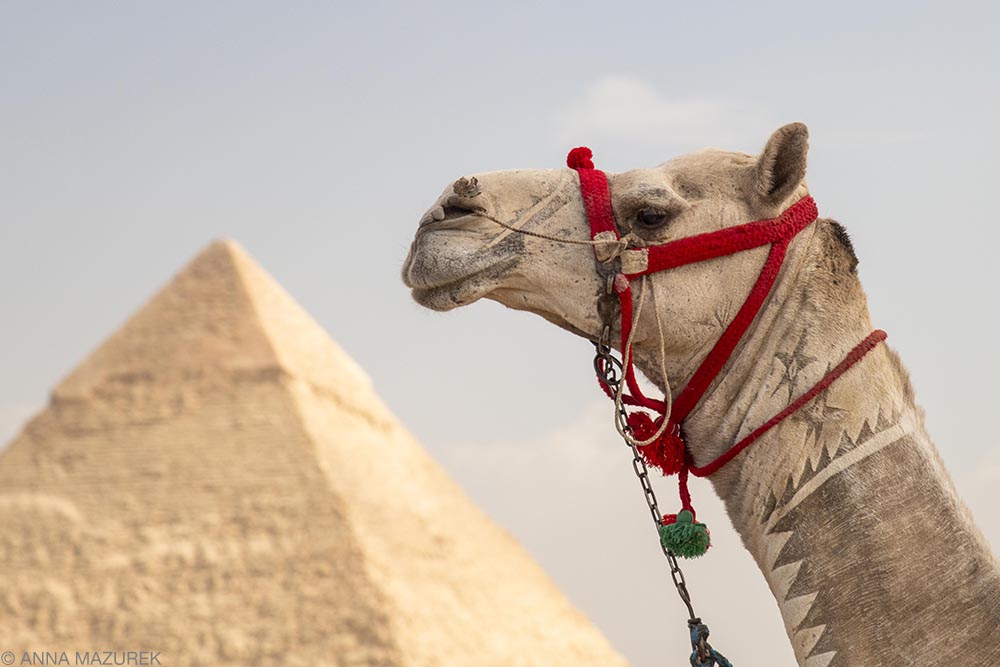
An Easy Guide to Getting American Airlines Elite Status—And How to Optimize it Once You Do
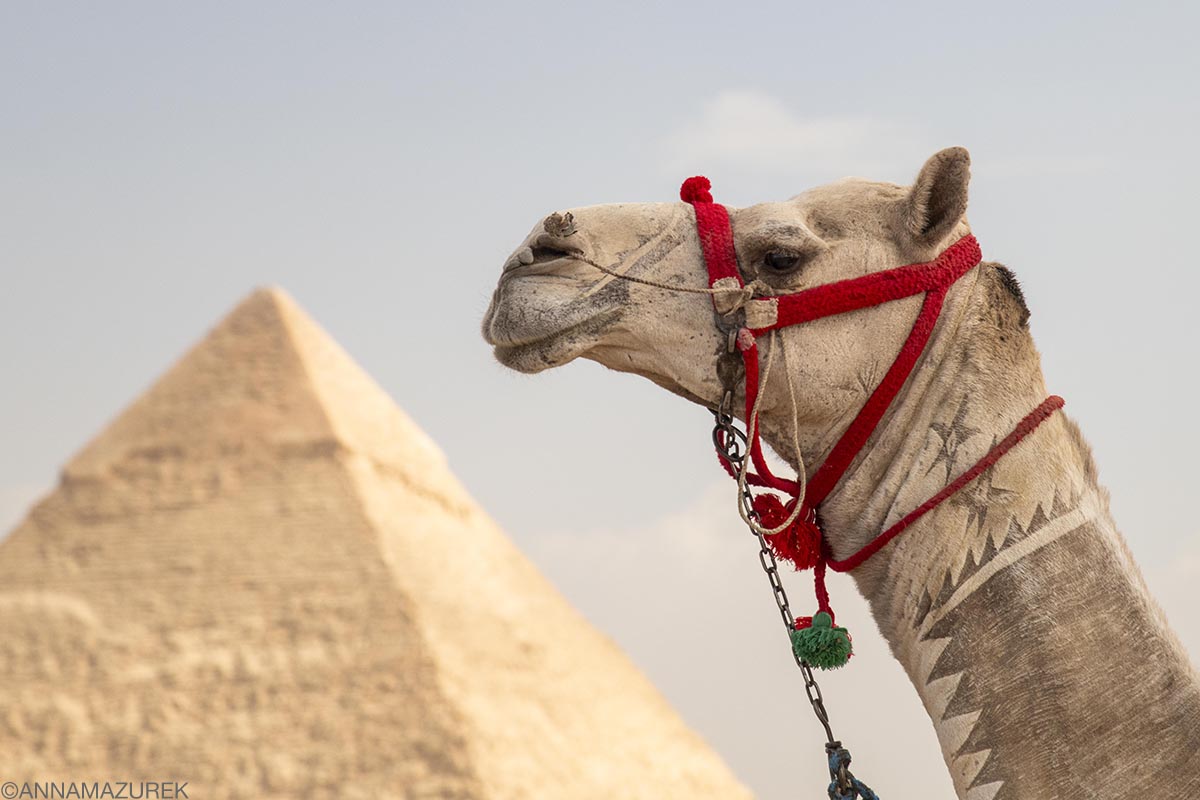 A work trip to Egypt in January helped me earn American Airlines AAdvantage Platinum status thanks to a stopover in Dubai and flying oneworld alliance airlines.
A work trip to Egypt in January helped me earn American Airlines AAdvantage Platinum status thanks to a stopover in Dubai and flying oneworld alliance airlines.
This post was originally published in April 2024 and updated in August 2025 to reflect recent changes to the American Airlines program.
In 2024, I achieved American Airlines Platinum status, my first elite status on any airline. This year, I hacked the system to reach Platinum Pro status. How did I do it? (Hint: Hotels are the secret!) Is it worth the effort? Until June 2025, I would have set yes for these reasons. After the June 12th update removing instant upgrades, I have to say that I don’t really see the value for Platinum Pro over Platinum, which I dig into in this post.
Here’s my guide to American Airlines Elite Status including pie charts with a breakdown of how I earned status!
Affiliate links are used in this post. If you make a purchase, I earn a small commission at no cost to you, which goes toward the cost of maintaining this blog.
In this Article
How I Got American Airlines Platinum Pro Status (2025)
How I used Hotels to get American Airlines Status
How I Got American Airlines Platinum Status (2024)
Is American Airlines Platinum worth the effort?
American Airlines Frequent Flyer Mile FAQ
American Airlines Status Levels
There are four American Airlines status levels: Gold (40,000 loyalty points), Platinum (75,000 loyalty points), Platinum Pro (125,000 loyalty points) and Executive Platinum (200,000). Status levels are calculated annually from March 1 to February 28. (I hit Platinum in January 2025 and my status is valid until March 31, 2026.)
How are American Airlines Loyalty Points Calculated
My loyalty has always been with American Airlines because I’ve always lived near one of their hub cities. In 2022, the airline revamped its loyalty program to focus solely on a loyalty point system for achieving elite status. For each qualifying mile you earn, you also earn one loyalty point from flying on American, oneworld airline partners and Jet Blue. In addition, you can earn loyalty points for using their branded credit cards, shopping on their portal sites (SimplyMiles, AAdvantage eShopping, AAdvantage Dining, American Airlines Vacations) or through other partners. The more money you spend, the easier it is to earn elite status. It’s no longer about how much or far you fly—it’s all about money.
Loyalty points for flights are calculated using the base fare before taxes. You’ll earn a loyalty point for every dollar spent. You earn a significant mileage bonus for every dollar spent based on your status:
AAdvantage member: 5 miles per dollar
AAdvantage Gold: 7 miles per dollar
AAdvantage Platinum: 8 miles per dollar
AAdvantage Platinum Pro: 9 miles per dollar
AAdvantage Executive Platinum: 11 miles per dollar
Example: If the base fare for a flight is $500, that equals 4,000 loyalty points for that flight with the 8-mile multiplier for platinum status.
How I got American Airlines Platinum Pro Status (2025)
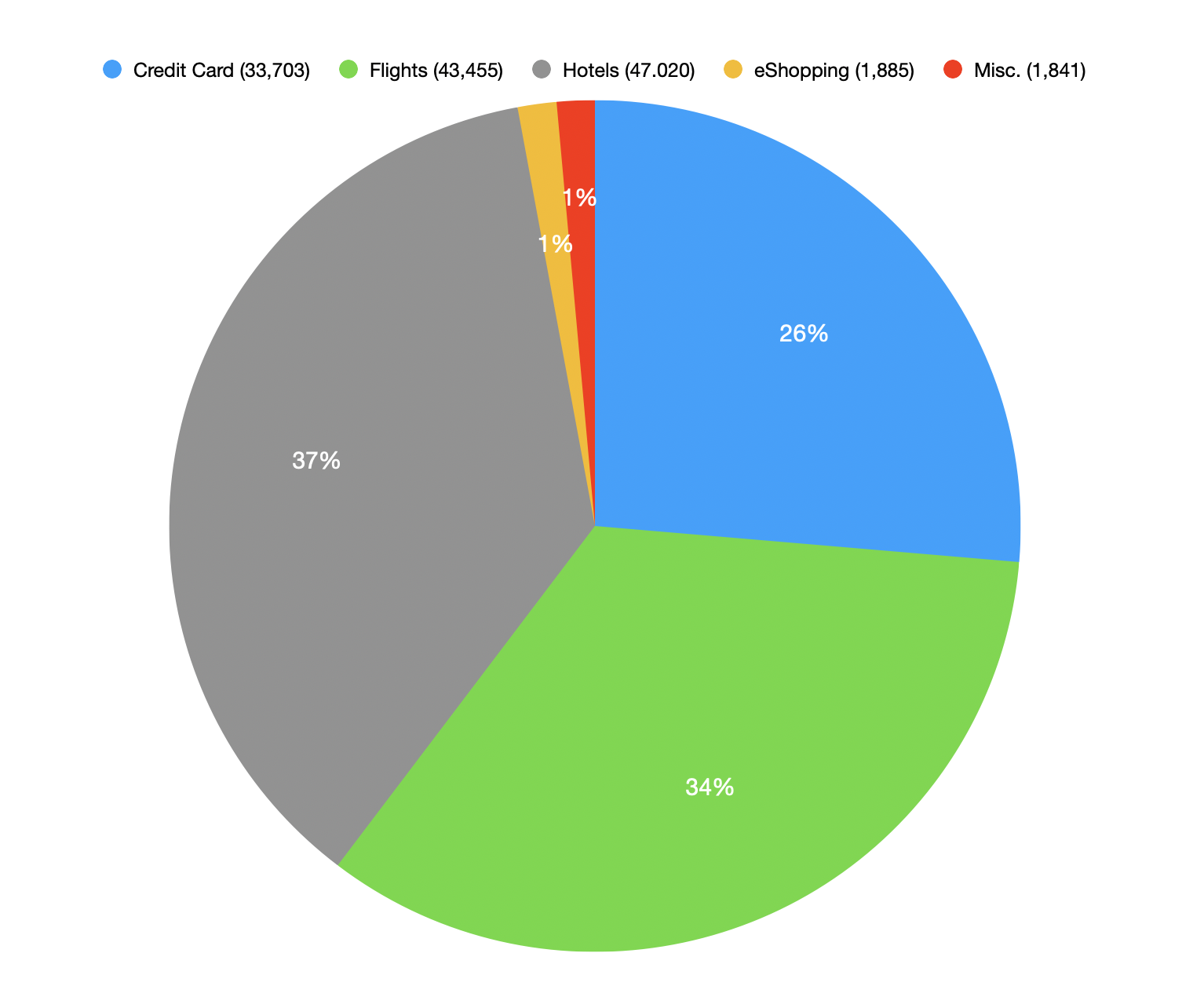 To earn American Airlines Platinum Pro status, I earned 127, 096 through the following: credit card spending (26%; 33,703 points ); flights (34%; 43,455 points); hotels booked through AAdvantage Hotels (37%; 47,020 points); eShopping through the American Airlines portal (1%; 1,885 points) and miscellaneous (1%;1,841 points from a rental car, dining and the 1,000 point loyalty bonus once you reach 15,000 points.)
To earn American Airlines Platinum Pro status, I earned 127, 096 through the following: credit card spending (26%; 33,703 points ); flights (34%; 43,455 points); hotels booked through AAdvantage Hotels (37%; 47,020 points); eShopping through the American Airlines portal (1%; 1,885 points) and miscellaneous (1%;1,841 points from a rental car, dining and the 1,000 point loyalty bonus once you reach 15,000 points.)
A few notes:
- I flew 10 American Airline and oneworld alliance flights for a total of 38,832 points. Since one of my freelance jobs pays for my flights, I only got loyalty points for flying, not for purchasing them.
- My credit card spending was higher than normal because I dropped $10,000 on new camera system (switched from Nikon to Sony). Roughly, 10% of my credit card spending was reimbursable from work expenses.
- Once I hit the 15,000 point level, American Airlines lets you choose a bonus of 1,000 loyalty points, which helped.
- After hitting the 60,000 level, you can earn a 20% loyalty point bonus rewards, which includes AAdvantage Hotel bookings. After achieving 100,000 loyalty points, it increased to 30%, which was instrumental in helping me get status.
How I used Hotels to get American Airlines Status
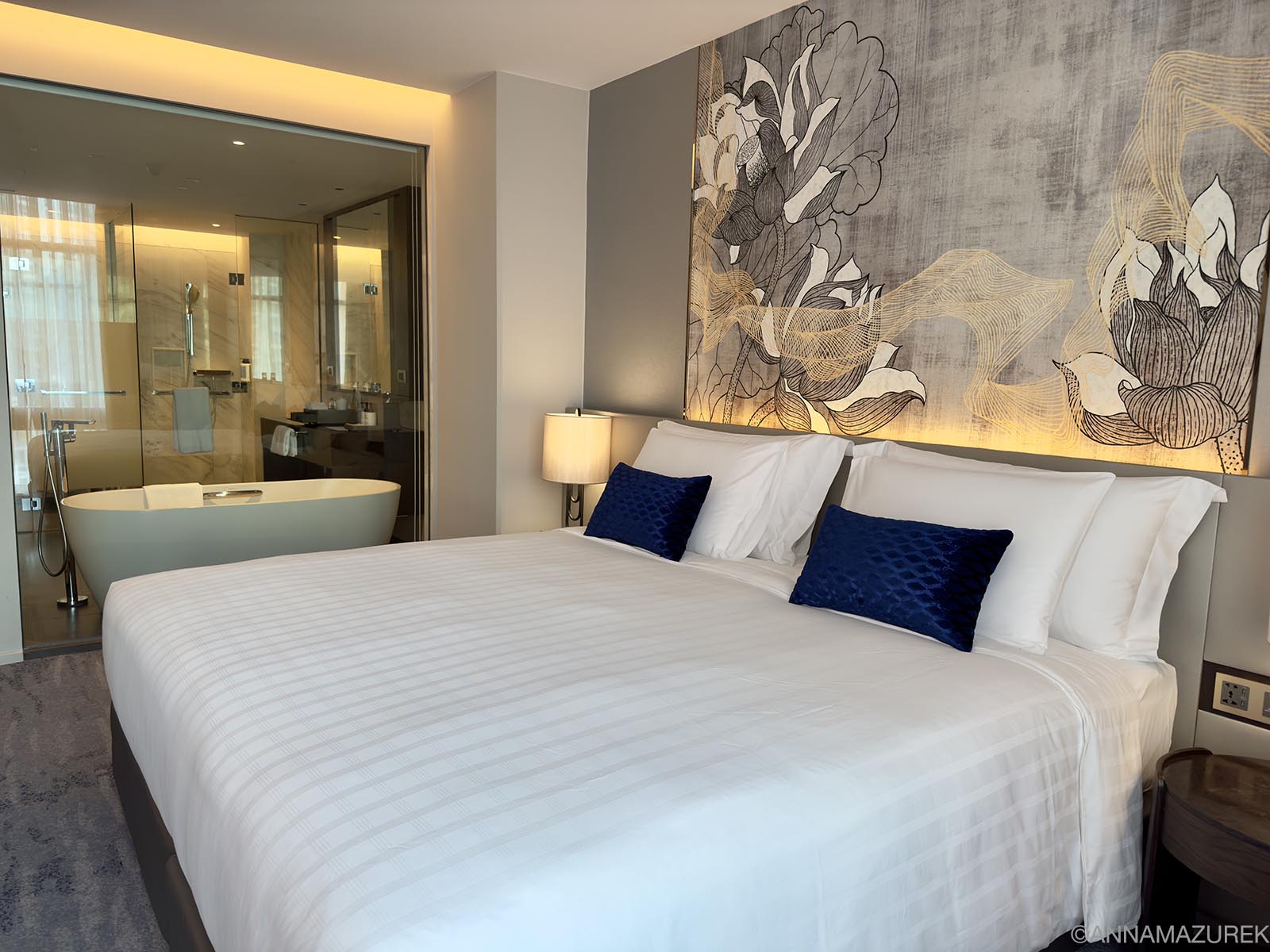 Three nights at the Chatrium Grand Bangkok worth nearly 10,000 loyatly points each helped me achieve American Airlines Platinum Pro status.
Three nights at the Chatrium Grand Bangkok worth nearly 10,000 loyatly points each helped me achieve American Airlines Platinum Pro status.
The secret for me was booking hotels through AAdvantage Hotels after I was eligible for the loyalty point bonuses. (Again, there’s a 20% bonus at 60,000 points and 30% at 100,000.) Keep in mind booking through AAdvantage Hotels is always more expensive than booking directly—at least 20% by my calculations but sometimes more. You are always paying more for the points.
Once I achieved Platinum status (75,000 loyalty points) in late August 2024, I needed 47,000 points to reach Platinum Pro, which seemed unrealistic because I wasn’t going to be flying any oneworld airlines again until March. There was no way I’d spend nearly that much on my credit card over the next six months. (I was in Southeast Asia where things are often cash-based.)
By November, I needed 42,000 points for Platinum Pro and decided to try to hack the system with hotels for some January trips. I booked four hotel nights for $1,431.25 totaling 39,660 points. To earn the same amount of loyalty points from flights, I would have had to spend $4,957 on airfare (base fare, excluding taxes). By booking the hotels, it was essentially a 72% discount on money spent!
I found an amazing 5-star hotel in Bangkok (Chatrium Grand Bangkok) that I booked three individual nights back-to-back to get roughly 9,300 to 10,000 points each night. (The rewards are higher for individual nights than multi-night stays booked together.) I emailed the hotel in advance to ensure I had the same room the entire time and “checked in/out” daily. It was roughly $400/night, which is more than I’ve ever spent on a hotel. Don’t get me wrong it was a stunning hotel, but I could have gotten it at least $100 cheaper on Booking.com. The loyalty points for each stay posted individually less than a week later.
I booked another hotel in Hanoi for $167/night for 4,300 points. (I booked a second night at the same hotel fairly last minute for a discounted $66 on Booking.com.) I only chose these hotels because they had the highest loyalty point value and good reviews. These were trips I was taking anyway and not every city I was visiting had great deals like this. To be honest, I was really concerned this wouldn’t work, and I’d wasted my money, so I was grateful it paid off. Now, will this lead to more upgrades internationally? I’ll keep you posted.
How I Earned American Airlines Platinum Status (2024)
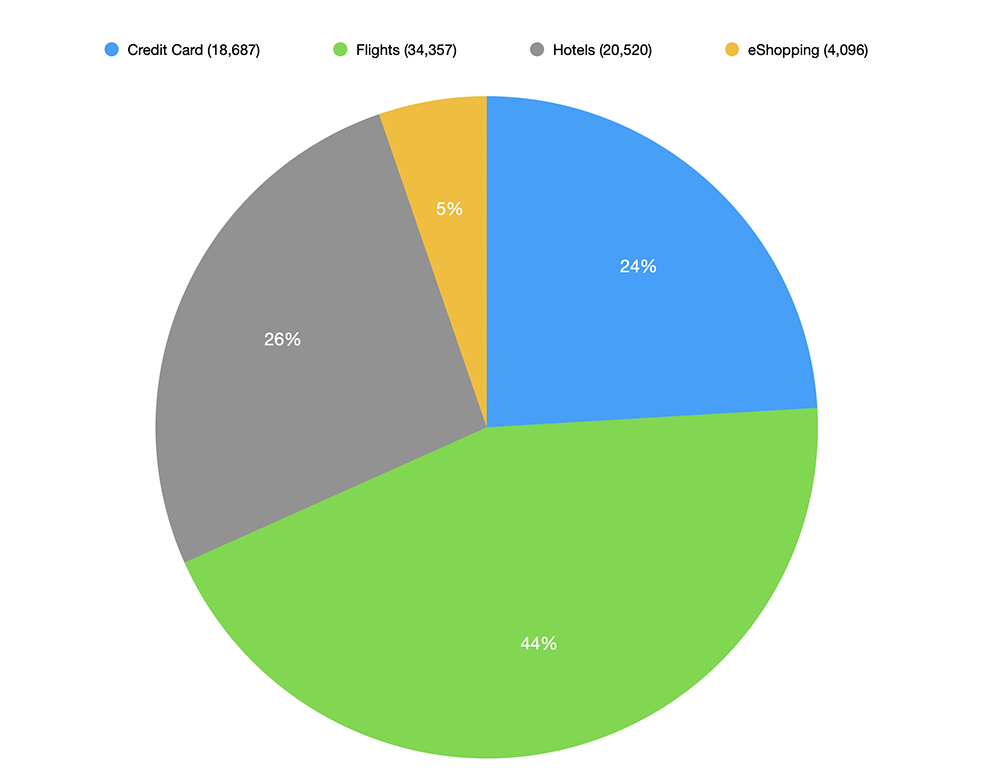
This handy pie chart breaks down the percentage of how I earned American Airlines AAdvantage Platinum status. I earned 79,369 loyalty points through flights (44%; 34,357 loyalty points), credit card spending (24%; 18,687 loyalty points), hotels booked through American Airlines (26%; 20,520 loyalty points) and shopping through their eShopping portal (5%; 4,096 loyalty points).
It took a calculated combination of efforts to earn platinum status because I’m a pretty frugal person who doesn’t spend a lot of money and saves half of my income. This makes it extremely difficult to earn elite airline status since it’s all about how much money you spend.
Full Disclosure: One of my freelance jobs is teaching photography for a luxury travel company so most of my flights are paid for by my job. This alone is the only reason I’m currently able to earn status becuase I wouldn’t be flying as much without this job. I try to strategize the best I can to stay loyal to American Airlines or oneworld airlines when convenient. Since traveling is exhausting, I’ll always fly a non-oneworld airline if they have a direct flight versus having to connect or even worse, overnight somewhere just to stay loyal.
For few notes for transparency and clarification:
- I flew 13 flights on American Airlines and their oneworld partners for a total of 34,357 loyalty points.
- When you book hotels through American Airlines, they have loyalty point bonuses. I got 10,000 loyalty points for one three-night hotel stay in Dubai. After I hit 60,000 loyalty points, I got a 20% bonus on loyalty points earned for hotels and shopping. These hotel bookings were critical for me to get status. I did find the prices for hotels were roughly 10% more on the American Airlines site than booking directly through the hotel. You will always pay more in these situations just as prices are always higher when booking award travel with miles. This is a business after all, and the airlines just want to make money.
- Loyalty point levels for booking hotels through American Airlines change frequently so check back after booking to see if there is a better deal. This Dubai hotel I mentioned above was only 6,800 loyalty points but when I checked a few weeks later, it was 10,000 loyalty points and $200 cheaper. Since it was free to cancel, I just canceled and booked it again!
- Roughly, 39% of my credit card spending was for work expenses that I was reimbursed for afterward. I never maintain a balance on my credit card and use it to pay for everything I can.
- On the eShoppping portal, I only bought things I was going to buy anyway. I did return a few things I didn’t like and haven’t seen any of those loyal points removed. I also bought cat food for my parents and had them pay me back just to get the points. Normally, I would use Rakuten, the cash back program, when buying online so I did lose out on a little cashback by going through the American Airlines portal. I traded the cash back for loyalty points.
- Please note that American Airlines “bonus miles” are not loyalty points. This term only means frequent flyer miles.
Benefits of American Airlines’ Platinum Status
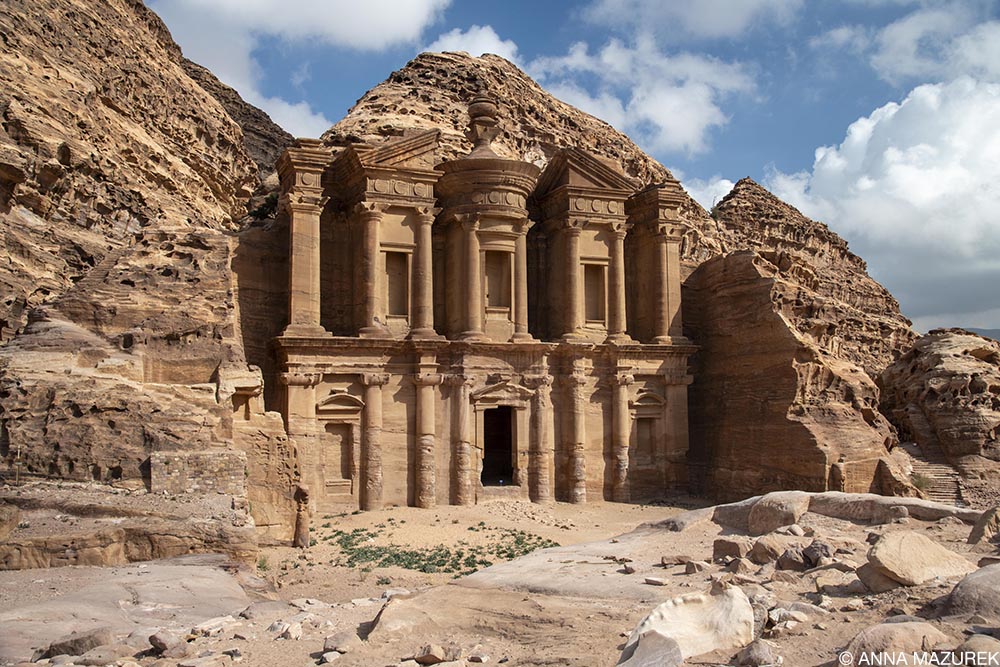 Flying Royal Jordanian, a oneworld airline, to Jordan for work also helped me earn status on American Airlines, and my status got me access to their lounge in the Amman Airport, which is also a Priority Pass lounge. While in Jordan, I hiked to the monastery in Petra, which is best photographed in the afternoon.
Flying Royal Jordanian, a oneworld airline, to Jordan for work also helped me earn status on American Airlines, and my status got me access to their lounge in the Amman Airport, which is also a Priority Pass lounge. While in Jordan, I hiked to the monastery in Petra, which is best photographed in the afternoon.
Premium Cabin Upgrades: Instant upgrades were discontinued on June 12, 2025. While unlimited domestic upgrades are still a benefit for all status tiers, American Airlines no longer offers the option to upgrade on international flights to business class for 25,000 miles + $350 fee for those with status. (This was the main benefit of status for me and makes it not worth the effort for me anymore to be Platinum Pro. Due to the benefits below, I still think Platinum is worth the effort.)
Main Cabin Extra: After booking, you have access to extra-leg room seats (these are up to a $100 value). I would never pay for these, but this is a huge help for long-haul flights where I can’t get the upgrade.
60% Status Mileage Bonus: For every dollar spent on flights, you earn a 60% bonus on flights that helps you earn status faster.
Two Free Checked Bags + Priority Handling: This is nice, but I never check two bags. The priority handling is great when I have Global Entry and don’t want to wait ages for all the bags to come.
Priority Lanes for Check-in Security and Boarding: My biggest pet peeve with flying now is having to fight to carry on my camera gear, which I don’t want to check for fear of theft or damage. Priority boarding resolves this easily. You get group 3 with platinum, group 4 with gold and group 5 if you have an American Airlines credit card. Group 5 has been fine for me with my luggage, so this isn’t as much of a game changer as other things. Priority boarding has been a lifesaver with oneworld airline flights—that’s huge for me because British Airways was recently trying to make me check my carry-on bag with my camera gear. Priority boarding saved me last summer. The priority boarding with gold status was enough to make a difference.
Oneworld Sapphire Status: Lounge access is one of the top three benefits for me because I literally hate being in airports and love anything that makes it more tolerable. You only get access to lounges when flying oneworld airlines. If you’re flying internationally, you can get into business class lounges. For American Airlines, this means I get Admirals Club access, which is a game-changer—free champagne, delicious food and showers. It’s a nice space to work as well.
Other benefits include same-day priority standby and a designated travel planning desk.
Benefits of American Airlines Platinum Pro
It includes all of the benefits of Platinum listed above with some added perks. The two biggest are an 80% mile bonus on every dollar spent on flights and oneworld Emerald Status, which means access to fancier lounges and priority boarding on oneworld flights. In addition, you get three free checked bags with priority handling. You also get to priority check-in and boarding on all oneworld airlines.
American Airlines Frequent Flyer Mile FAQ
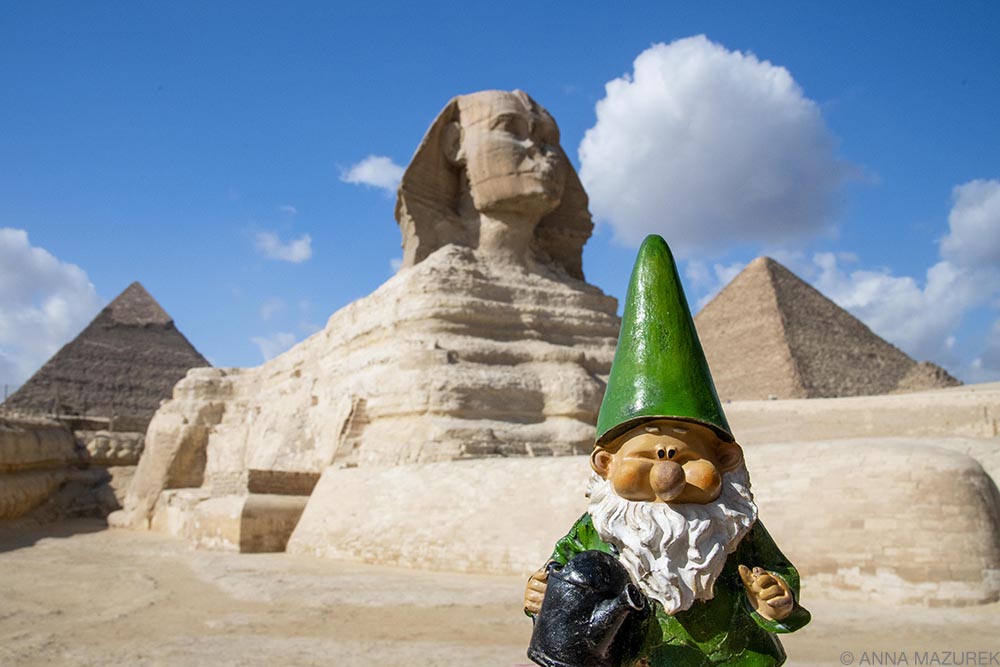 Alfred the Gnome at the Sphnix in Egypt. We had a private tour of the Sphnix and were able to get closer than you can with general admission tickets.
Alfred the Gnome at the Sphnix in Egypt. We had a private tour of the Sphnix and were able to get closer than you can with general admission tickets.
How does American Airlines Gold status compare to Platinum?
Gold status offers priority upgrades but no free main cabin extra and only one free checked bag. The mileage bonus is slightly less, and you only get oneworld Sapphire status, which gives you priority boarding but no lounge access.
Gold status was worth it for me in 2023 for the priority boarding on other oneworld airlines, which prevented me from having to check my camera gear. It also allowed me to upgrade to business class on a 15-hour flight from LAX to Sydney, which was huge.
Is American Airlines Platinum worth the effort?
If it’s convenient for you to fly American Airlines or another oneworld alliance airline regularly, then yes, it can be worth the effort.
For me, American Airlines Platinum status has definitely been worth it but ONLY because I organized most of my flights with American Airlines and oneworld airlines. First of all, it gave me access to Fast Track security in London Heathrow with British Airways, which is similar to TSA PreCheck. This was a game changer because I was through security in minutes without having to take out all my electronics.
I got access to the Cathy Pacific Lounge, which is the best lounge in Heathrow Terminal 3, with my oneworld emerald status. The spacious and quiet lounge had a NOODLE BAR and free-flowing champagne. I boarded the plane a happy girl with a belly full of bao and pho. Literally, it was the best airport lounge I’ve ever visited.
The priority boarding and seating meant that I didn’t have to check my carry-on bags on British Airways flights. I was able to choose main cabin extra seats with extra legroom for free. (You can’t upgrade with miles on British Airways flights, which is a bit of a bummer.)
In July 2024, I was trying to fly from Austin to Charlotte but was hit by multiple delays (10 hours of sitting in the Austin airport!). I ended up switching flights in the app and was upgraded for free to first class for the flight! This was the first time I’ve ever been upgraded domestically, which seems like a bit of a fluke related to the delays and switching flights.
Two weeks later, I got upgraded again on a domestic flight from CLT to SFO. Then, I was approved for an upgrade on an 11-hour LAX to Tokyo flight to business class, which is paid ($350 plus 25,000 miles). I purposely fly through LAX for a higher chance of getting upgraded and for amazing LAX Admirals Club lounge. (Since DFW and JFK are the most popular hubs, it’s harder to get upgraded on those legs.) (As mentioned above, this benefit was discontinued in June 2025.)
My connecting flight to Bangkok was on Japan Airlines, another oneworld airline, so I got priority boarding AND Fast Track security, a total game changer. (I’ve add issues with Japan Airlines being stern about the weight of my carry-on luggage. I was really concerned about this in Tokyo, but they didn’t weight my bags at all.)
I had two rough and long weather-related delays so my status really helped make the flights more manageable thanks to the Cathy Pacific lounge at Narita Airport in Tokyo. It was a quiet reprieve to get some work done, shower, eat and drink a glass of champagne.
American Airlines Credit Card Versus
Chase Sapphire Reserve
In addition to the American Airlines credit card ($95 annual fee), I have the Chase Sapphire Reserve card, which has a hefty fee of $550. There’s a $300/year travel credit so the fee is technically only $250, and it covers Global Entry every five years. Chase was my go-to card for earning points that I redeemed for flights and hotels. It was the card I used the most until 2023 when I started making my American Airlines card my go-to card.
After I hit platinum in early 2024, I focused on using the Chase card until the new loyalty points year started on March 1. My point is that having American Airlines status almost makes it not worth paying for other credit cards. In the next year, I’ll either downgrade the Chase card or I’ll change my airline alliance.
Since I have status with American Airlines, it has me wondering if I should downgrade my Chase Sapphire Reserve card. While it comes with Priority Pass, it has a hefty annual fee. Once I hit platinum, I started solely using my Chase Sapphire Reserve to get points that I’m redeeming for hotels, which proven to be a good strategy. Now that Chase has announced a huge fee hike to $795 effective October 2025, I’ll likely downgrade the card because the benefits aren’t as useful to me since I’m abroad most of the year.
Even if your loyalty is with another airline, they will have very similar benefits and ways to earn miles/status. I hope you find this helpful.
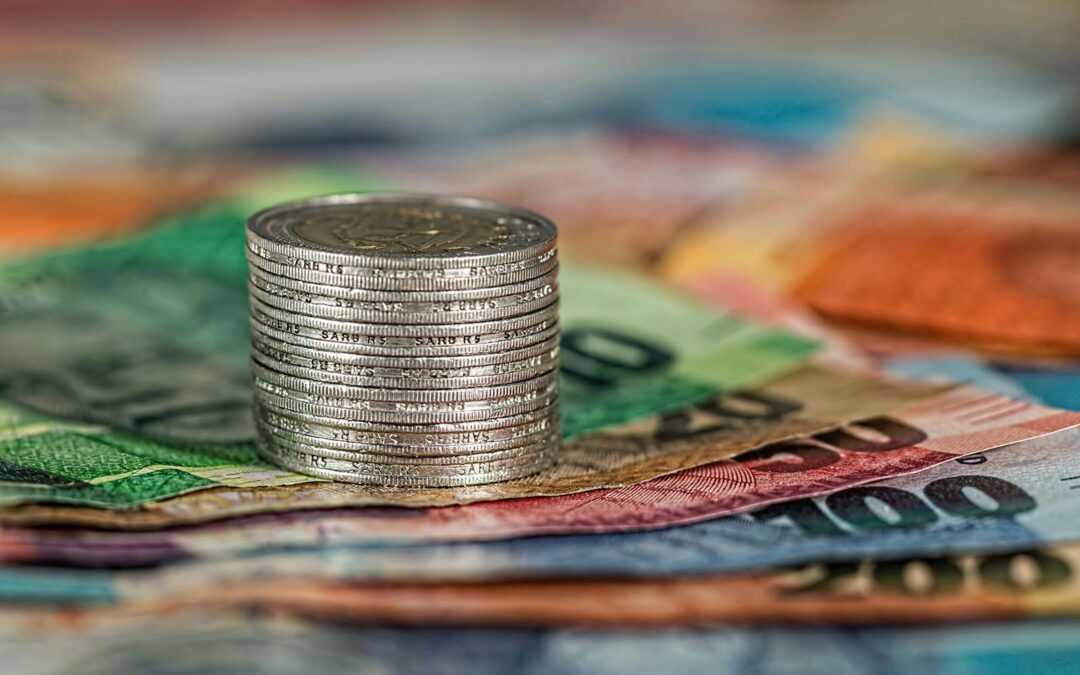
How to Avoid Travel Bank Fees
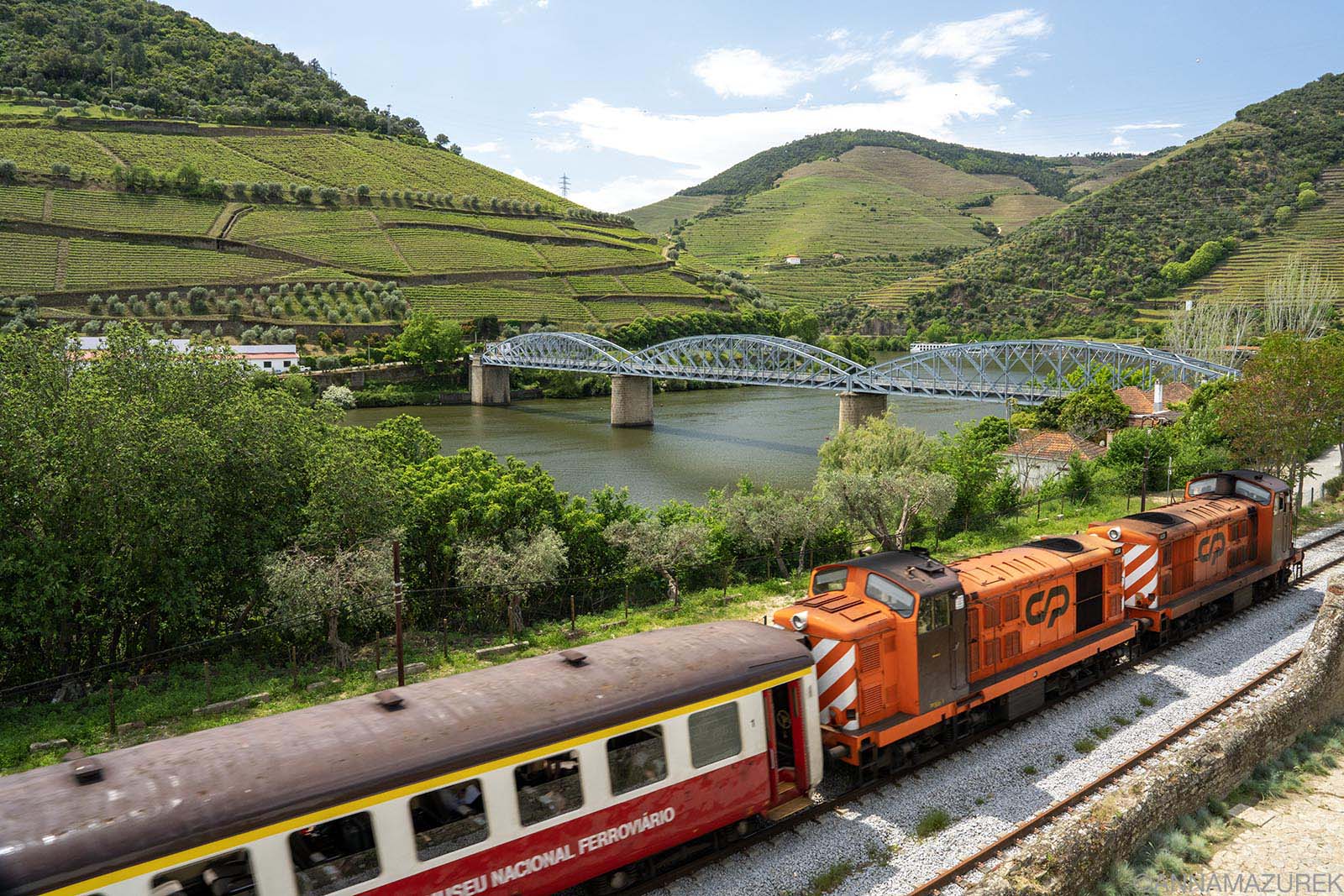 While the train along the famed wine region on the banks of the Douro River in Pinhão, Portugal, is a must-do attraction, be sure to avoid the hefty Portuguese ATM fees.
While the train along the famed wine region on the banks of the Douro River in Pinhão, Portugal, is a must-do attraction, be sure to avoid the hefty Portuguese ATM fees.
Thirteen percent—that’s how much an ATM in Lamego, Portugal was trying to charge me to convert my cash withdrawal from EUR to USD. While I declined the option as I always do, it was very clear that the easiest way to save money while traveling is simply having the right kind of bank accounts and avoiding hidden fees. Whether you’re traveling to Vietnam or Argentina, here is how to avoid ATM fees, foreign transaction fees and dynamic currency conversion.
While I use affiliate links in some blog posts, there are no affiliate links in this post. I don’t have any affiliation with any of the brands or banks mentioned in this post. I’m simply sharing my favorite cards and resources.
Common Travel Banking Fees
Here are the three most common fees that add up when using a debit or credit card abroad.
1. Foreign Transaction Fees
Most banks and credit cards charge a small fee to convert the currency, ranging from one to three percent.
2. ATM fees
Banks will also charge you a fee for using a non-partner ATM domestically and abroad. Plus, the ATM you use will most likely charge you a fee as well. That can be as much as $15 per ATM withdrawal, so be careful!
3. Dynamic Currency Conversion
It’s common practice for many restaurants and shops to provide the option of paying in the local currency or your home currency. Always choose the local currency to avoid outrageous fees. There’s usually a 3-5% fee. ATMs are starting to offer this service, and I’ve seen fees as high as 13% as mentioned above! While this is usually clearly stated on the screen, make sure to decline.
How to Avoid ATM & Foreign Transaction Fees When Traveling
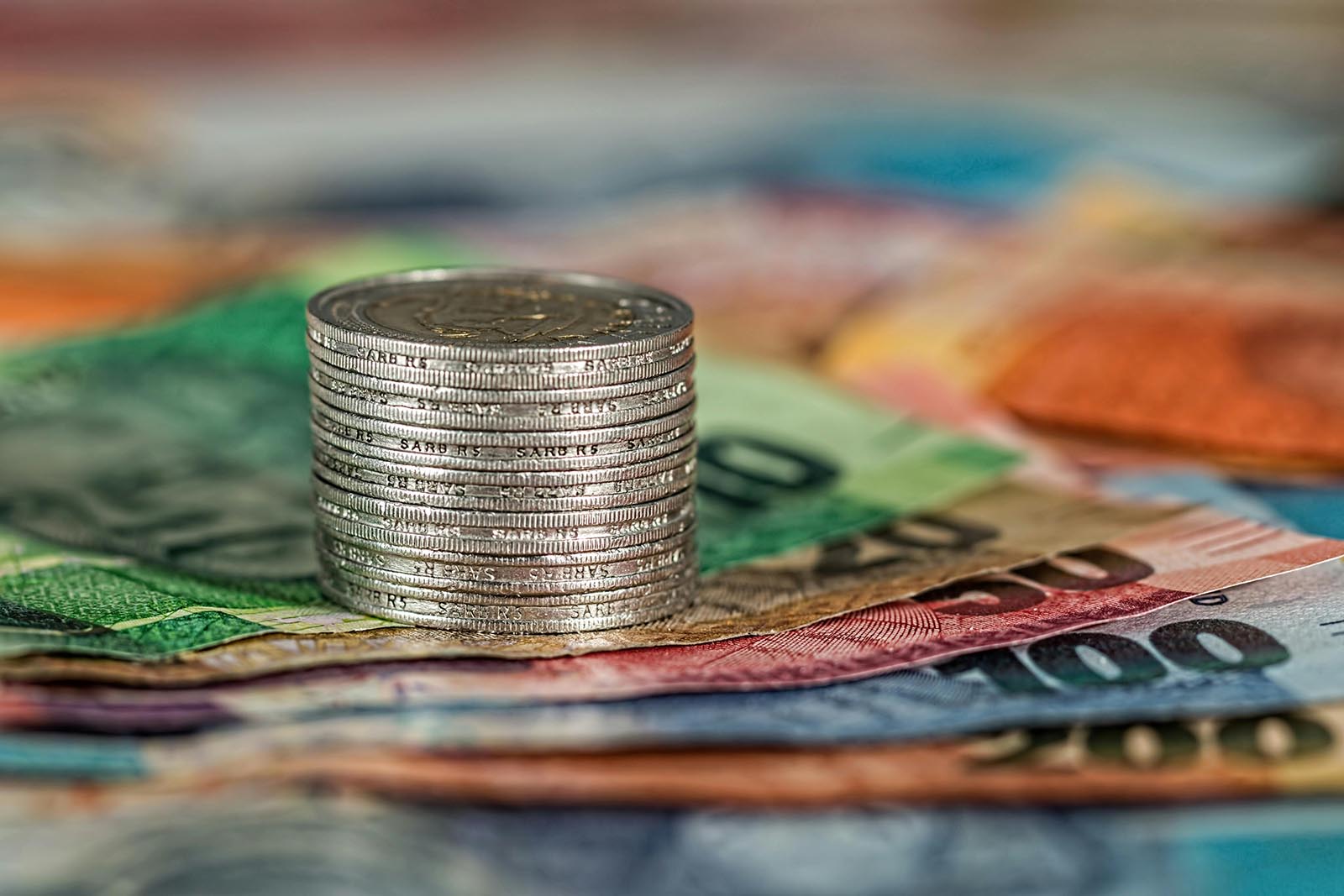 One of the easiest ways to save money on a trip abroad is to have a fee-free bank account and credit cards. Photo credit: Pexels.com
One of the easiest ways to save money on a trip abroad is to have a fee-free bank account and credit cards. Photo credit: Pexels.com
1. Find a free, no-fee bank account
An American friend living in Singapore once told me about Charles Schwab Investor Checking Account, and it’s the greatest thing since the invention of the burrito. No minimum balance. No ATM fees. No foreign transaction fees. Unlimited ATM fee rebates worldwide. FDIC insured. They also refund any ATM fee charged to you by another bank at the end of every month. (Dynamic conversion fees are not refunded, so never select this option.)
The ATM fee rebates save me roughly $80/month when I’m abroad! They also have 24-hour U.S.-based customer service. You can call toll-free in the U.S. and via Google Voice. (You do have to open a free brokerage account to get this checking account, but you don’t have to use it.) You must put money in the checking account for your debit card to be sent to you.
This is a free account, so it can be used solely as a travel account or as your main account. I opened two accounts with them in case one card was lost or stolen. That way, I can transfer money from one account to the other without any issues. It’s also my main checking account. (I keep the debit cards in different places when I travel for safety.)
For more information on free, no-fee checking accounts, check out NerdWallet.com. I have no affiliation with them, but I find the site to be a good resource. They offer charts and lists of the best financial accounts available ranging from credit cards to savings accounts.
2. Use Partner Banks
If you want to keep your current bank, research their international partners. Both the ATM fees and/or the foreign transaction fees could be waived or lowered. Outside of Europe and Australia/New Zealand, there aren’t many options if you use U.S.-based banks.
3. Look for low-fee or no-fee ATMs.
Unless you’re traveling in remote corners of the world like Mongolia, most ATMs nowadays will charge you fees to withdraw money. Avoid well-known worldwide bank ATMs like Citi or HSBC because they always charge a high fee. Use local banks instead. They might still charge a fee, but it will be less than an international bank chain.
4. Consider Credit Unions
Local credit union accounts might also help you avoid fees. ATM fees might still be an issue but are usually lower at credit unions ($2) than larger bank chains (starting at $4-5). Foreign transaction fees could be lower as well. Check with them in advance before any travel to confirm rates.
5. No-Fee Credit Cards
There is no foreign transaction fee for any Capital One credit card. Many airline cards and other large banks, such as Chase, Bank of America, and Citi, have followed suit. Keep in mind that some rewards cards, like the Chase Sapphire Reserve, have annual fees but no foreign transaction fees. Bottom line: Only use cards with no foreign transaction fees. It’s always a good idea to have a rewards credit card with no annual fee that waives foreign transaction fees.
The Best Travel Credit Cards
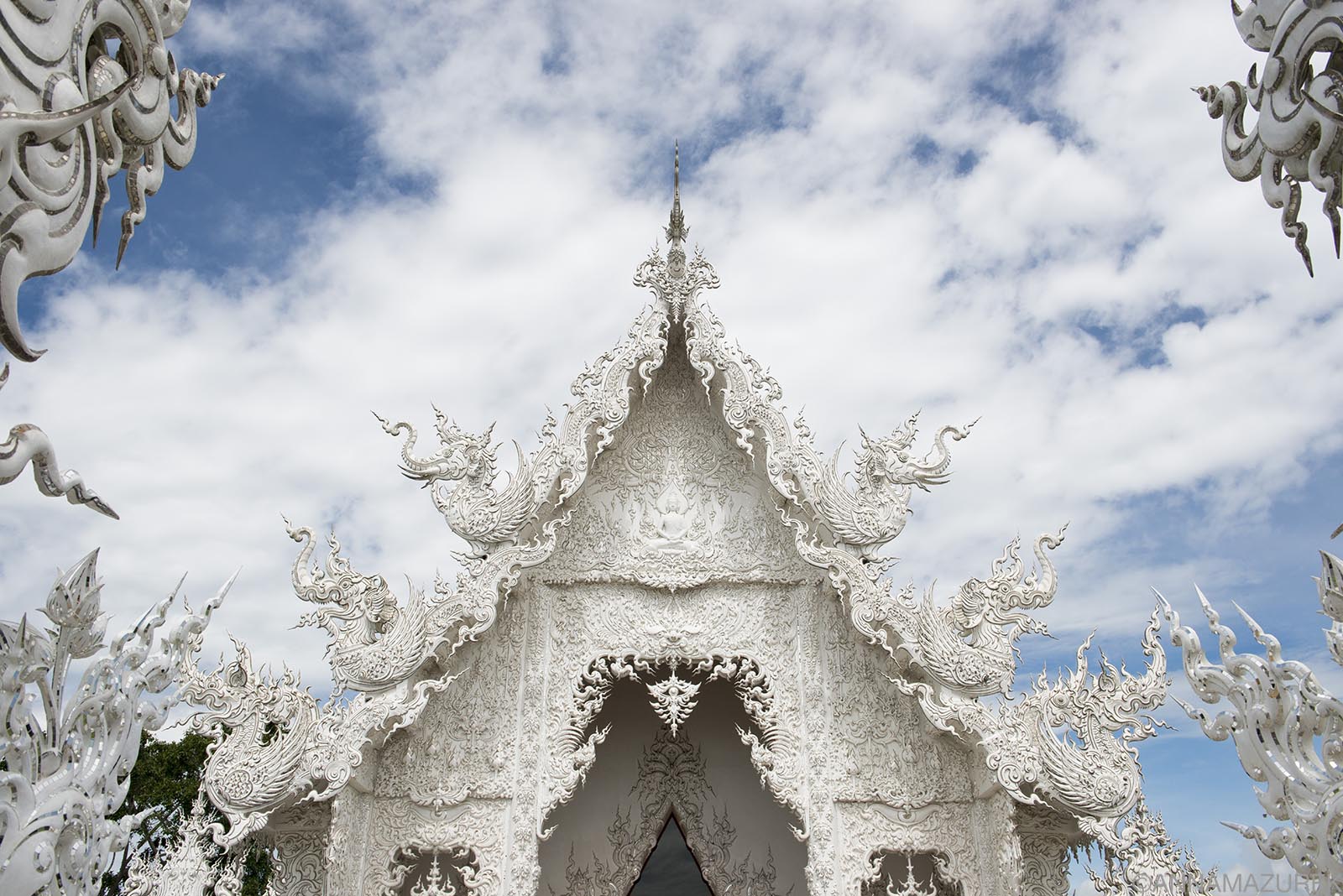 White Temple, Chiang Rai, Thailand. The ATM fees in Thailand are pretty high so make sure you have the right checking account before your trip!
White Temple, Chiang Rai, Thailand. The ATM fees in Thailand are pretty high so make sure you have the right checking account before your trip!
Ideally, you shouldn’t pay more than one credit card annual fee a year even if you are a frequent traveler because it’s easier to maximize your points if you only use one card for all your spending. This is a personal decision that should be based on your income and spending levels. I recommend at least having another card with no annual fee to use as a backup in case one doesn’t work while traveling, which is very common issue abroad.
Experience has taught me to store my backup cards separate from my go-to cards in case of theft. I currently travel with three credit cards—my Chase Sapphire Reserve, American Airlines Mastercard and my Capital One Quicksilver (backup card with no fees).
The Best Travel Rewards Credit Cards
If you are going to have a credit card, you should be earning rewards of some kind. For years, the best travel card on the market was the Chase Sapphire Reserve but a slew of new changes, including a heftier annual fee ($795) and increased benefits with a complex redemption system. While the Chase Sapphire lounges are amazing, I’ve found the quality of the Priority Pass lounges across the world to be lackluster (think croissants in plastic bags) unless they are affiliated with an airline. To me, Priority Pass isn’t as glamorous or helpful as it used to be.
Due to the changes, the lower-tier Chase Sapphire Preferred with a $95 fee and one to five points per dollar earning ratio has moved up to be one of NerdWallet’s top picks, along with the Capital One Venture Rewards, also a $95 annual fee. For years, the highest-rated flat-rate travel rewards card with no annual fee is the Bank of America Travel Rewards Card, which offers 1.5 points per dollar spent. Check out NerdWallet.com for more options.
Keep in mind that when you redeem credit card miles for travel, you can still earn frequent flyer miles on those flights. Don’t forget to add your frequent flyer number to the reservation!
The Best Airline Rewards Credit Cards
If you are loyal to a specific airline, then airline cards are worth it. I have the American Airlines card, which gives me free checked bags on all flights and priority boarding. These cards are now starting to offer no foreign transaction fees!
Since I’ve become a bit obsessed with elite airline status, I’ve been using this as my main credit card. (I’ve detailed the steps I used to get elite status on American Airlines in this post.) I’m likely downgrading my Chase Sapphire Reserve next year (before the new fee goes into effect) to the Preferred card or closing it altogether due to the new changes.
Nine Essential Travel Banking Tips
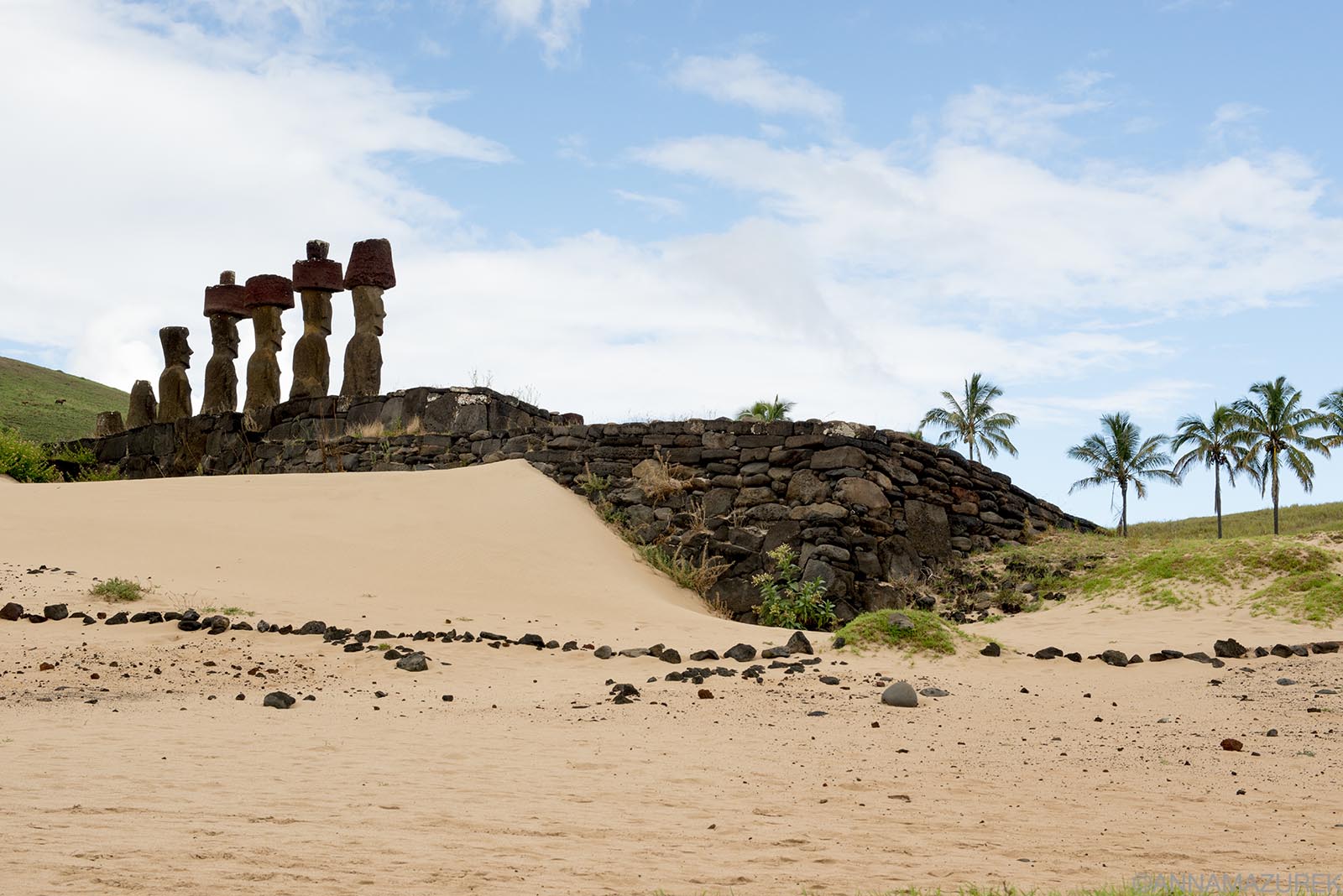 Anakena, Easter Island. I saved $54 by paying for my accommodation on Easter Island in local currency versus paying in U.S. dollars.
Anakena, Easter Island. I saved $54 by paying for my accommodation on Easter Island in local currency versus paying in U.S. dollars.
1. Plan ahead.
Open any new bank accounts three months before you leave for your trip. This eliminates any hassles with holds on funds that occur on new accounts.
2. Ask about fees.
Some banks charge a monthly maintenance fee if you don’t keep a large daily balance or have a monthly direct deposit. Check with your bank in advance if you will be traveling long-term without any direct deposits. This was always a huge issue for me, and the reason I closed both my Bank of America and Wells Fargo accounts to switch to Charles Schwab. Be sure to also ask about foreign transaction fees and alert your bank to your travel plans so they don’t block your cards. (I find that this isn’t needed as much now.)
3. Take multiple cards.
I always travel with a Visa and Mastercard, which are the most universally accepted cards. Although I’ve found American Express can work better on some airline websites abroad like Qantas. But beware—despite their catchy slogan, American Express is not everywhere you want them to be. They were not in Cambodia. They left me stranded and living in Western Union commercial calling my parents at 5 a.m. to transfer me money. (I ended up closing my American Express card because I rarely used it, and don’t miss it at all!)
4. Keep an eye on exchange rates.
If your home currency looks like it’s dropping, then take out cash before it gets worse. If your home currency spikes, hit up the ATM! When I lived in Australia, there were a few weeks when the Australian dollar dipped really low, so I took a good chunk of money out of my U.S. accounts and deposited it into my Australian account. I recommend the XE app for checking rates.
5. Avoid airport currency exchanges.
Exchange rates are the worst at airports. You are better using an ATM. The only exceptions are places like Argentina, where you can potentially get better exchange rates with cash on the black market. If you have no choice but to exchange at the airport, exchange a small amount then go to a bank inside the city for a better rate.
6. Always take U.S. dollars.
No matter the currency, many places will accept U.S. dollars as payment as well. Ask for prices in both the local currency and U.S. dollars to compare. For example, I saved $9 paying in USD for the Easter Island park entry fee but saved $54 paying for my six-night accommodation on the island in local currency. Larger bills often get the best exchange rates but keep some smaller cash handy as well.
7. Only use bank ATMs.
If the ATM is in a strange place, like a hotel lobby or in a sketchy corner of a restaurant, it probably has higher ATM fees and the worst exchange rates. Go to a proper bank ATM.
8. Avoid Dynamic Currency Conversion.
Many shops and restaurants will give you the option to pay in your home currency (or USD), but the rate is 5 percent higher! (Trust me, I did the math!) Always pay in local currency. I had no choice but to pay in Euro for my rental car in Iceland, which worked out in my favor since I booked far in advance. The rate dropped by the time I arrived, so I saved about $25! Sometimes, the USD rate can save you money, but more often than not, it’s not in your favor. Download the free XE app first to check rates before deciding.
Budget airlines like Ryanair automatically include this in your fare so you must uncheck the box to remove the dynamic conversion to USD. For my Ryanair flights to/from Malta last year, the dynamic conversion rate was 6% higher than what I was charged on my U.S. credit card after removing the conversion.
9. Don’t Get Foreign Currency in Advance.
While your local bank may offer the option to get foreign currency in advance before your trip, keep in mind that you will likely be paying a higher rate than if you do it when you arrive. This might seem easier, but it takes a while to get the money. You’re better off just getting money out of an ATM when you arrive with your Charles Schwab checking account.
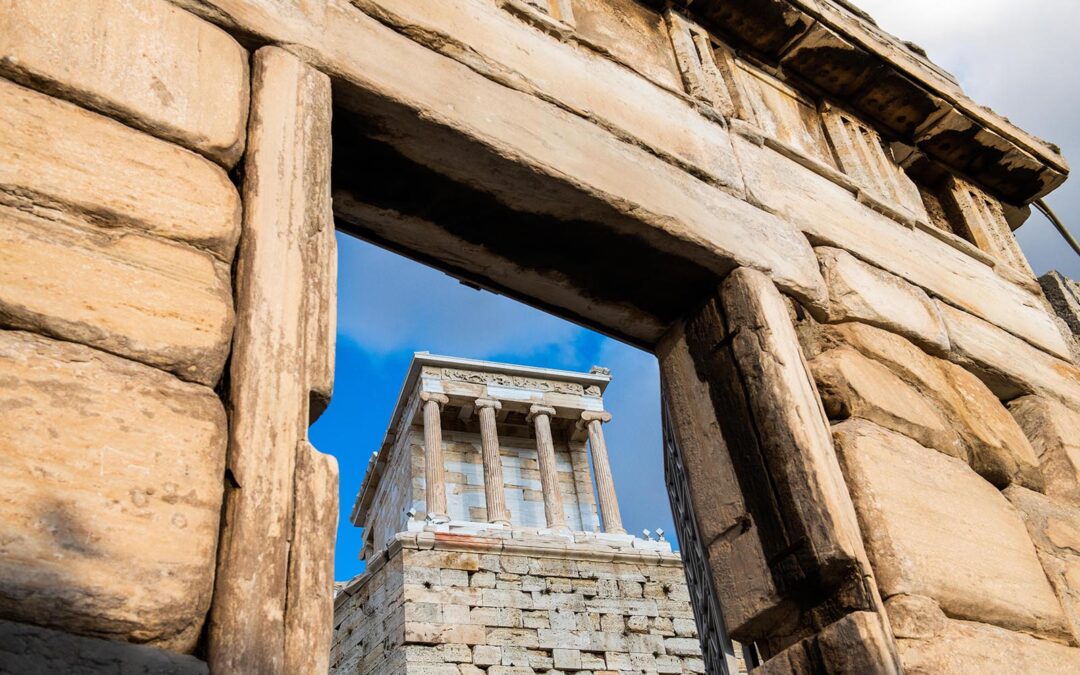
Why American Airlines Elite Status No Longer Makes Sense for Most Travelers
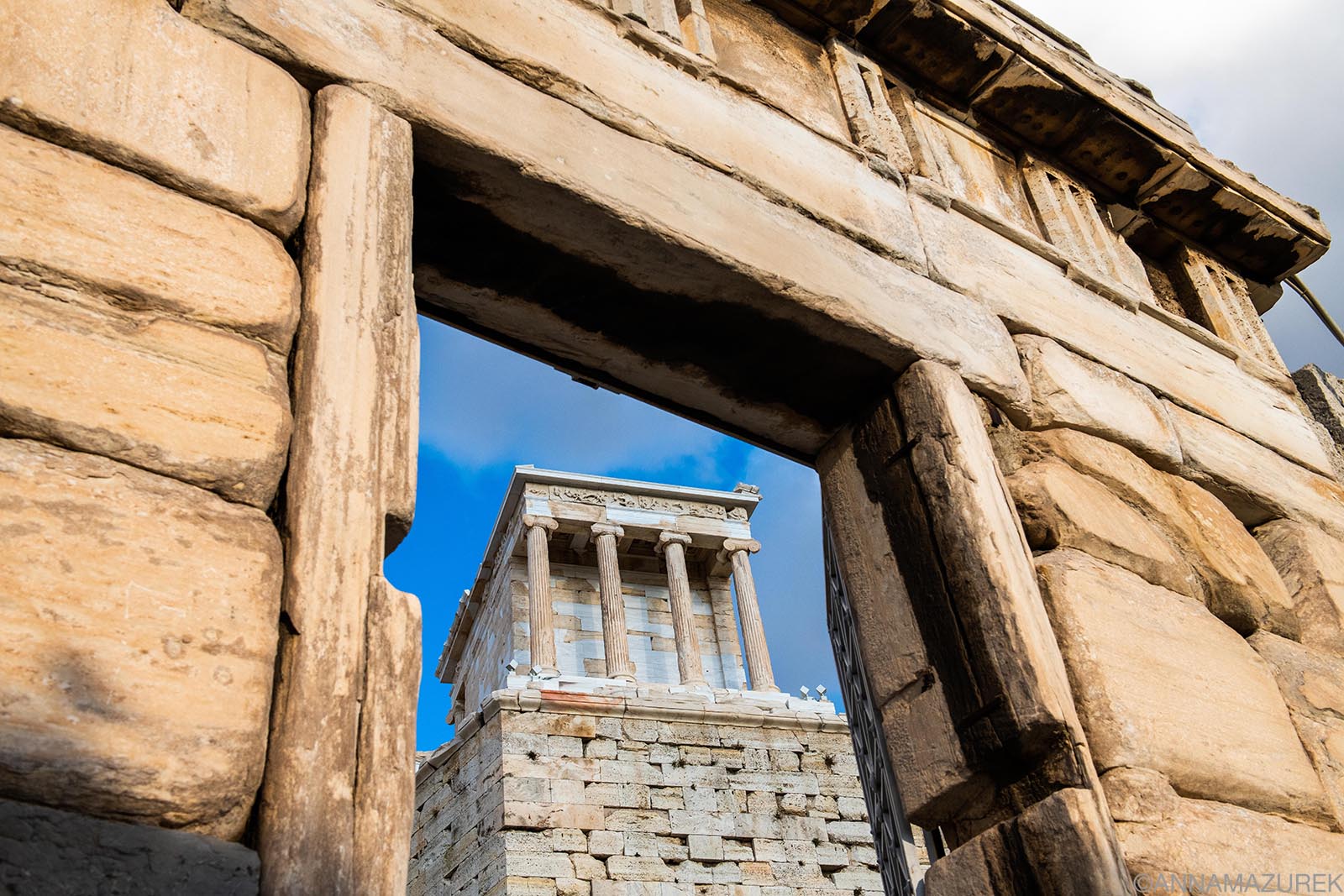 Athens, Greece is one of my summer travel destinations and my last chance to use American Airlines mileage awards before they disappear.
Athens, Greece is one of my summer travel destinations and my last chance to use American Airlines mileage awards before they disappear.
Last year, I wrote about how I achieved my first airline elite status, American Airlines Platinum status, and how I hacked my way up to Platinum Pro status this year.
American Airlines recently updated how mileage upgrades work making it more costly to upgrade and removed the mileage upgrade awards, which were the top benefit of Platinum Pro status for me and many others. Mileage upgrade awards allowed customers to upgrade from economy to business on international routes for $350 plus 25,000 miles based on availability and prioritized by status level. Often, these upgrades were 24 hours before travel or at the last minute.
This is a similar trend among airlines currently. United Airlines announced a similar change recently, according to The Points Guy. While everyone has different goals and methods to achieve airline status, here are a few things to consider with the new American Airlines changes.
How the new American Airlines Instant Upgrades Work
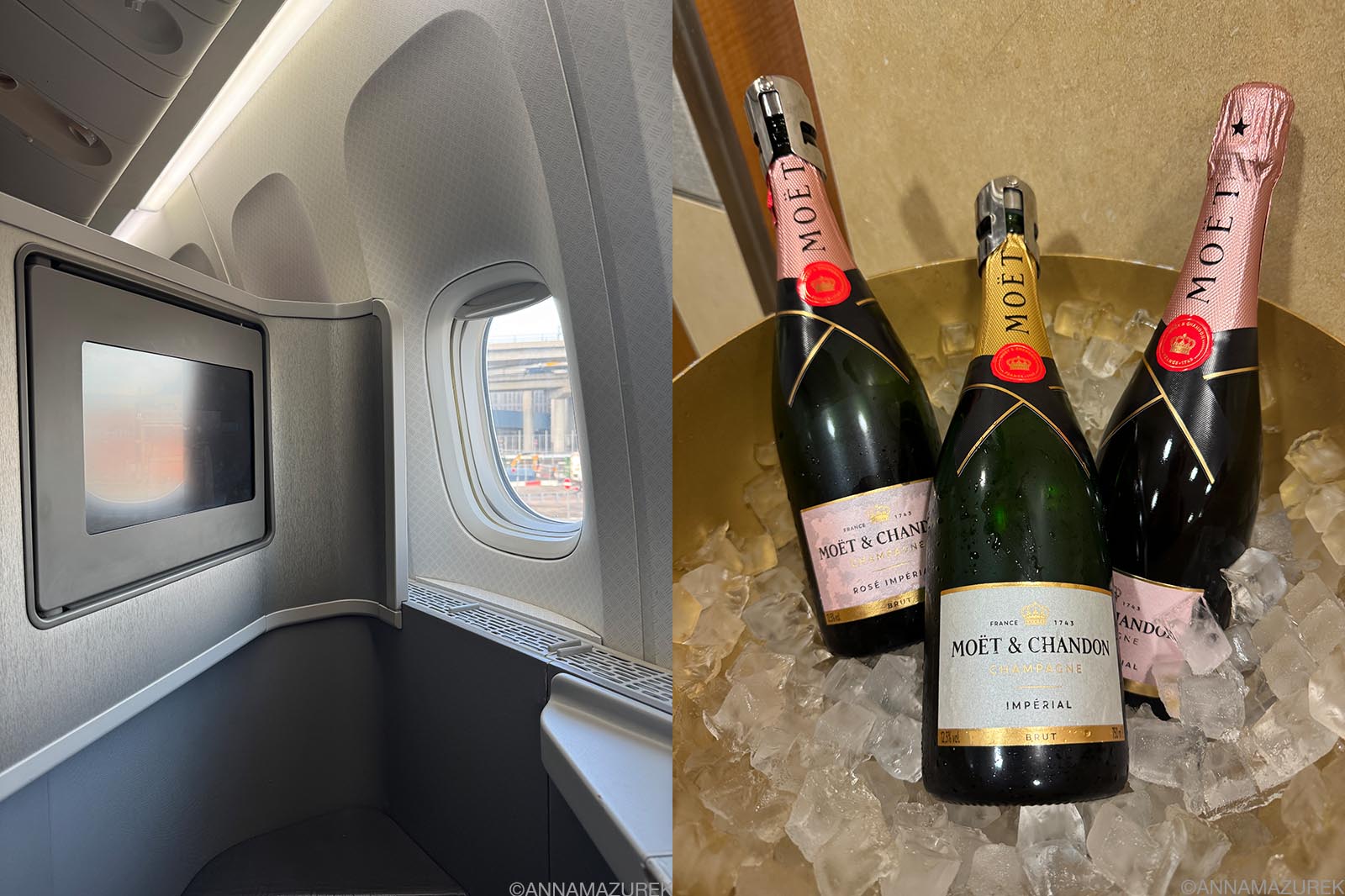 One of the main benefits of having elite status on American Airlines was the ability to upgrade to business class on long-haul flights, which is now more expensive due to the new upgrade policy.
One of the main benefits of having elite status on American Airlines was the ability to upgrade to business class on long-haul flights, which is now more expensive due to the new upgrade policy.
After booking a flight, you can request upgrades on the website or app to pay in cash or with miles. No cash copayment is required if booking with miles.
While this might seem like a perk to upgrade early, the upgrade options aren’t always a good deal. In early August, I’m flying from Charlotte, NC to Athens, Greece with a layover in Philly for a work trip. (I added the layover on purpose to check out the new American Airlines Admirals Club and to also go back to the Chase Sapphire Reserve Lounge, which is one of the best lounges I’ve ever visited.) (Update – I didn’t get the upgrade (top of list but no seats left) but the new Flagship Lounge is small but fantastic.)
The total cost of the one-way flight was $827, which includes $250 in taxes roughly. When I booked this flight, I called and put myself on the waitlist for a mileage upgrade. Somehow this was removed when the changes happened. I had to call again to put myself back on the list so now it doesn’t show me the instant upgrade options online anymore.
Before I put myself back on the list, it gave me the following options for an instant upgrade:
Upgrade the Charlotte to Philly flight (1.75 hours) for $131 or roughly 29,000 miles.
For the international leg from Philly to Athens, Greece (9.5 hours), it offered an upgrade to business class for 411,000 miles and $3,110, which is a terrible deal compared to the mileage award. The full price for business class for this flight is $5,943 or 320,500 miles plus a $5.60 fee. This means it’s cheaper to buy a business class ticket flat out with miles than it is to upgrade with miles!
Once I put my name back on the mileage upgrade waitlist, the instant upgrade option disappeared. The option to use mileage upgrades ends on August 12, 2025.
Does the new instant upgrade option affect complimentary upgrades on domestic flights?
One of the benefits of having status with American Airlines is complimentary upgrades on domestic flights, which are also awarded up to 72 hours before a flight. In my experience, it happens the day of the flight. These will not be affected by the change.
Are Systemwide Upgrades Affected by American Airlines Instant Upgrades?
No, systemwide upgrades are not affected. Systemwide upgrades are one of the Loyalty Point Reward choices for people who reach 175,000 loyalty points or higher within a qualification period. This allows you to upgrade to the next class of service on a flight you’ve already booked.
How do you know if a mileage upgrade is a good deal?
The Points Guy publishes monthly validations about what points are worth for major airlines, credit cards and hotels. In the June 2025 post, American Airlines miles as worth 1.5 cents per mile, which makes the 411,000-mile offer for my Philly to Athens flight a terrible deal. It would equal $6,165, which is higher than the cost of buying the flight full price. This is helpful for judging whether it’s a good deal. Ultimately, it’s a personal decision based on your goals, comfort level and finances. It’s also likely the upgrade offers will change frequently based on demand, etc. I have no way to verify that since I don’t have access to those options anymore for my flight.
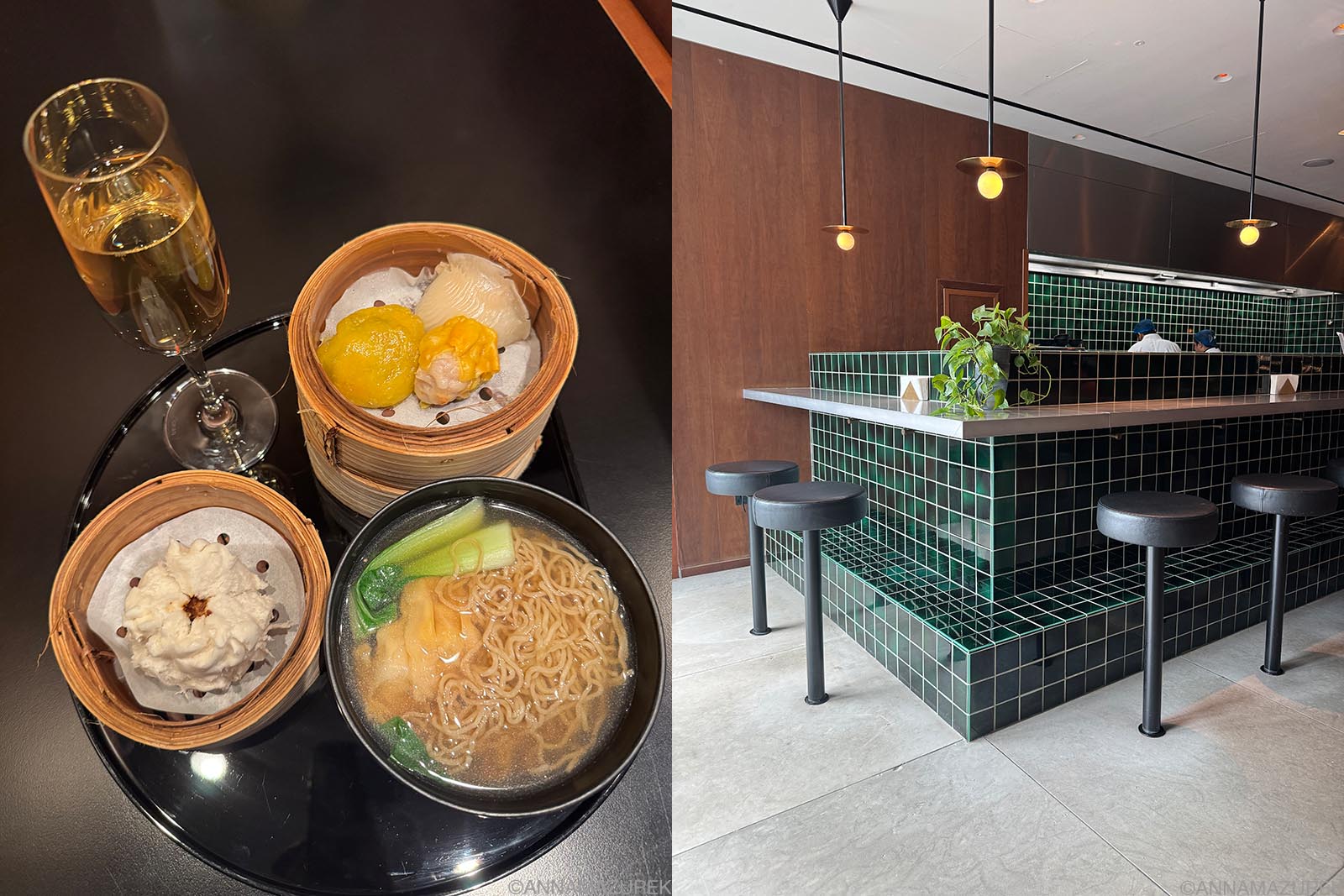 The Cathay Pacific lounge in London Heathrow has a noodle bar and is the best oneworld lounge in the airport. It is accessible to American Airlines Platinum and higher status members traveling on oneworld airlines.
The Cathay Pacific lounge in London Heathrow has a noodle bar and is the best oneworld lounge in the airport. It is accessible to American Airlines Platinum and higher status members traveling on oneworld airlines.
Is American Airlines Elite Status still worth the effort?
With the removal of mileage upgrades, I don’t think American Airlines Platinum Pro status is worth the effort while Platinum is still worth it for me. It comes down to your priorities. Let’s dig into this below.
Benefits of American Airlines Platinum Status
Main Cabin Extra: After booking, you have access to extra-leg room seats (these are up to a $100 value).
60% Status Mileage Bonus: For every dollar spent on flights, you earn a 60% bonus on flights that helps you earn status faster.
Two Free Checked Bags + Priority Handling.
Priority Lanes for Check-in Security and Boarding: This is huge for me because it means I don’t have to check my carry-on bags.
Oneworld Sapphire Status: This gives you lounge access when flying oneworld airlines.
Currently, the only added benefit of Platinum Pro is that you are Oneworld Emerald, which gets you one boarding group higher and access to slightly fancier lounges. In addition, you get an 80 percent mile bonus on every dollar spent on flights and three free checked bags with priority handling. If you can reach the 175,000-point mark, then a systemwide upgrade is one of the reward options available.
Even though I travel six to eight months a year, I don’t see the value of keeping Platinum Pro status. It took some creativity for me to earn this status this year, which I shared with pie charts in my previous post. And, I was still nowhere near 175,000-point mark. (It takes 125,000 to hit Platinum Pro and I peaked at 130,000.) As of now, Platinum status is the most valuable for the free Main Cabin Extra seats, priority boarding and lounge access.
If you are flying business class regularly with paid fares or have extremely high spending on credit cards, then it would be much easier to reach this status. For me or even the average person, I don’t see how this is possible. While American Airlines spins the changes to act like they are in your favor, it’s mainly a benefit for them based on what I see currently.
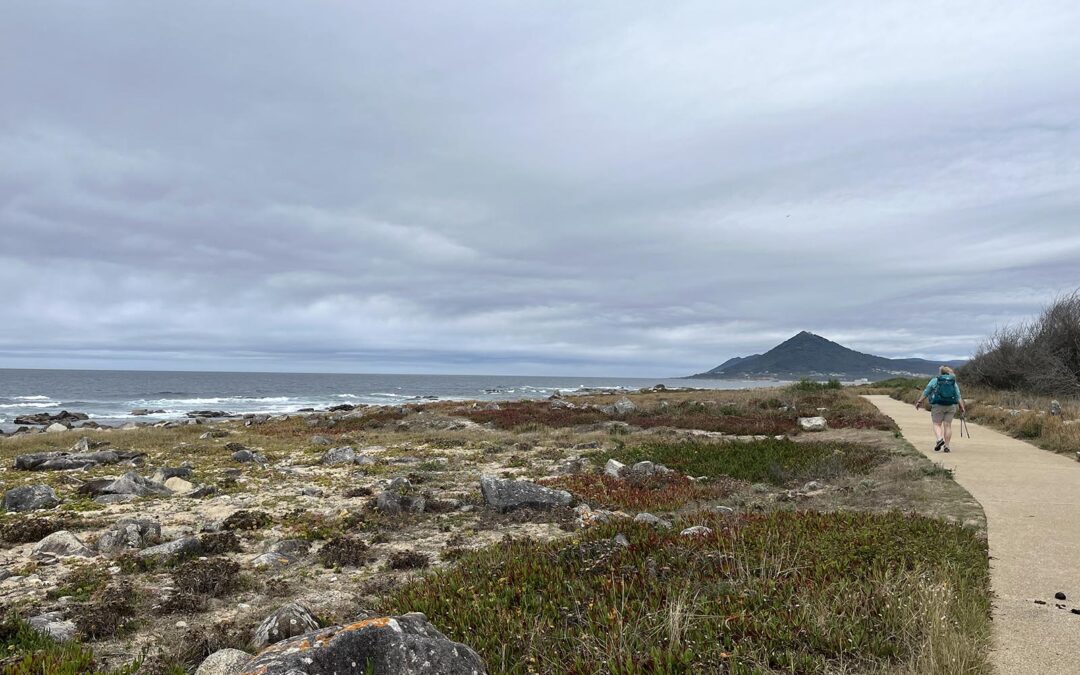
What to Pack for the Camino de Santiago: Advice from a Woman Who’s Walked It Twice
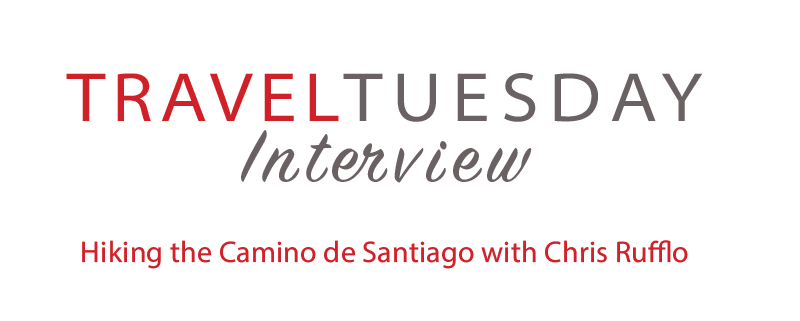
In the latest Travel Tuesday Interview, I chat with experienced hiker and retired educator Chris Rufflo who trekked the Camino de Santiago for the second time last fall and has plans for a third trip. Rufflo is an expert at packing light and my go-to source for minimalistic packing tips. She shares her hiking experience on both the French and Portuguese routes along with her detailed packing list for the Camino de Santiago.
Affiliate links are used in this post. If you make a purchase, I earn a small commission at no cost to you, which goes toward the cost of maintaining this blog.
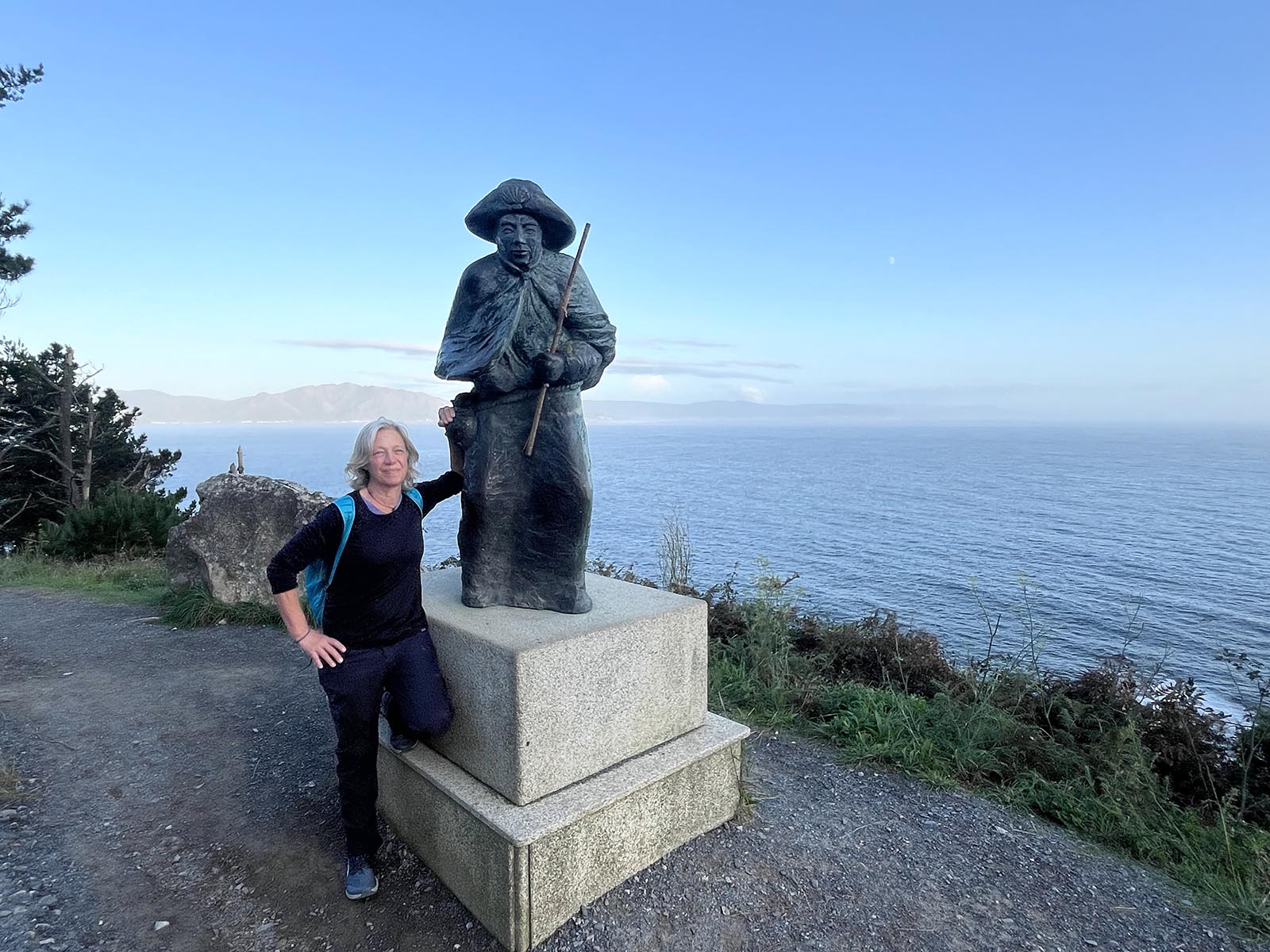 Texan Chris Rufflo at Finisterre, which is on the Camino de Santiago Portuguese and French Route. She has hiked both routes, nearly a decade apart. Photo by Chris Rufflo.
Texan Chris Rufflo at Finisterre, which is on the Camino de Santiago Portuguese and French Route. She has hiked both routes, nearly a decade apart. Photo by Chris Rufflo.
Name: Chris Rufflo
Age: 61
Home Base: Austin, Texas
Country Count: 30
What made you decide to do the Camino de Santiago twice?
That’s a tough one. I mean what compels a person to walk from one side of a country to the other?! I walked the French route in September 2018. I was in a huge transitional time in my life: my sister had recently died from esophageal cancer, which really knocked me off my feet. But there is something about the experience of losing someone close to you that shifts everything…death has a way of clarifying life. I had many tremendous life changes that year and felt the pull of the Camino as a way of clearing my head. Roughly seven years later, I retired [from a career in education] and again feeling the need to reset and clear my head, headed again to the Camino, this time the Portuguese [Sendera Literal Route in September 2024.]
How did you train for the Camino de Santiago? How far in advance should people train?
That depends on how active you are in your day-to-day life and what Camino you are planning to hike. The Portuguese is much easier to walk as there is virtually no altitude gain. The French route, however, does require strength and stamina. You should be able to walk 10 miles without it killing you, and you should be able to do that with altitude gain and loss! There will be some steep climbing days [on the French route].
When is the best time to hike the Camino?
You can hike the Camino all year, but if you are to avoid crowds, it’s best to go in the early spring or late fall. (April or Oct.) Summer is beautiful but will be more crowded with many other hikers.
How many miles were you hiking daily?
On the French route, I think I averaged about 15 miles a day. On the Portuguese route, I averaged around 18 miles a day. Typically, on the French route, I began walking at daybreak or a little before and walked until midday roughly 3 p.m. Many people begin later in the day and walk until later in the day. This is true, especially if the Portuguese route.
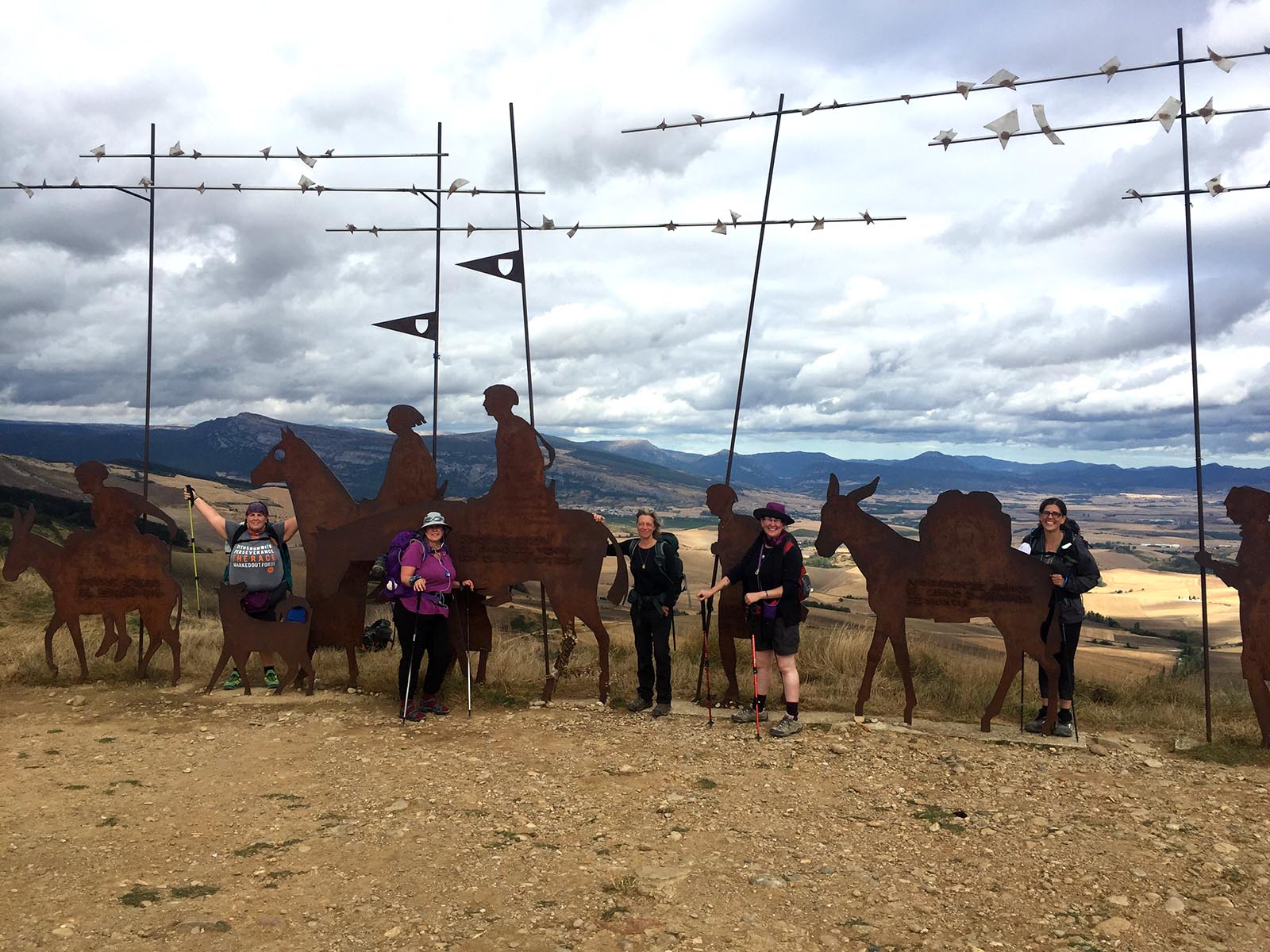 Rufflo, center, poses with friends she met on the trail at Monumento al Camino de Santiago in the El Perdon Mountain range, the site of a former pilgrim hospital. All who make it to this place are considered blessed for the remainder of the journey. Photo by Chris Rufflo.
Rufflo, center, poses with friends she met on the trail at Monumento al Camino de Santiago in the El Perdon Mountain range, the site of a former pilgrim hospital. All who make it to this place are considered blessed for the remainder of the journey. Photo by Chris Rufflo.
Did you hike the Camino de Santiago alone? Is it easy to meet people?
I started off on the French route with a close friend, but after a few days of trying to match each other’s pace, we decided to separate and meet at the end, which was really amazing. The Portuguese I walked on my own. It is very easy to meet people on the Camino and make deep bonds.
What is the cost of food and accommodation for the Camino de Santiago?
The cost of doing the Camino will depend on what your needs are. You can easily do it for anywhere between $30-$50 a day depending on your comfort needs. The Camino municipals are as low as six or seven dollars a night whereas albergues can run as much as $25 or $30 a night. [Municipals are large government-run accommodation with kitchens, while albergues are hostels set up for people walking the Camino usually with a shared evening meal.]
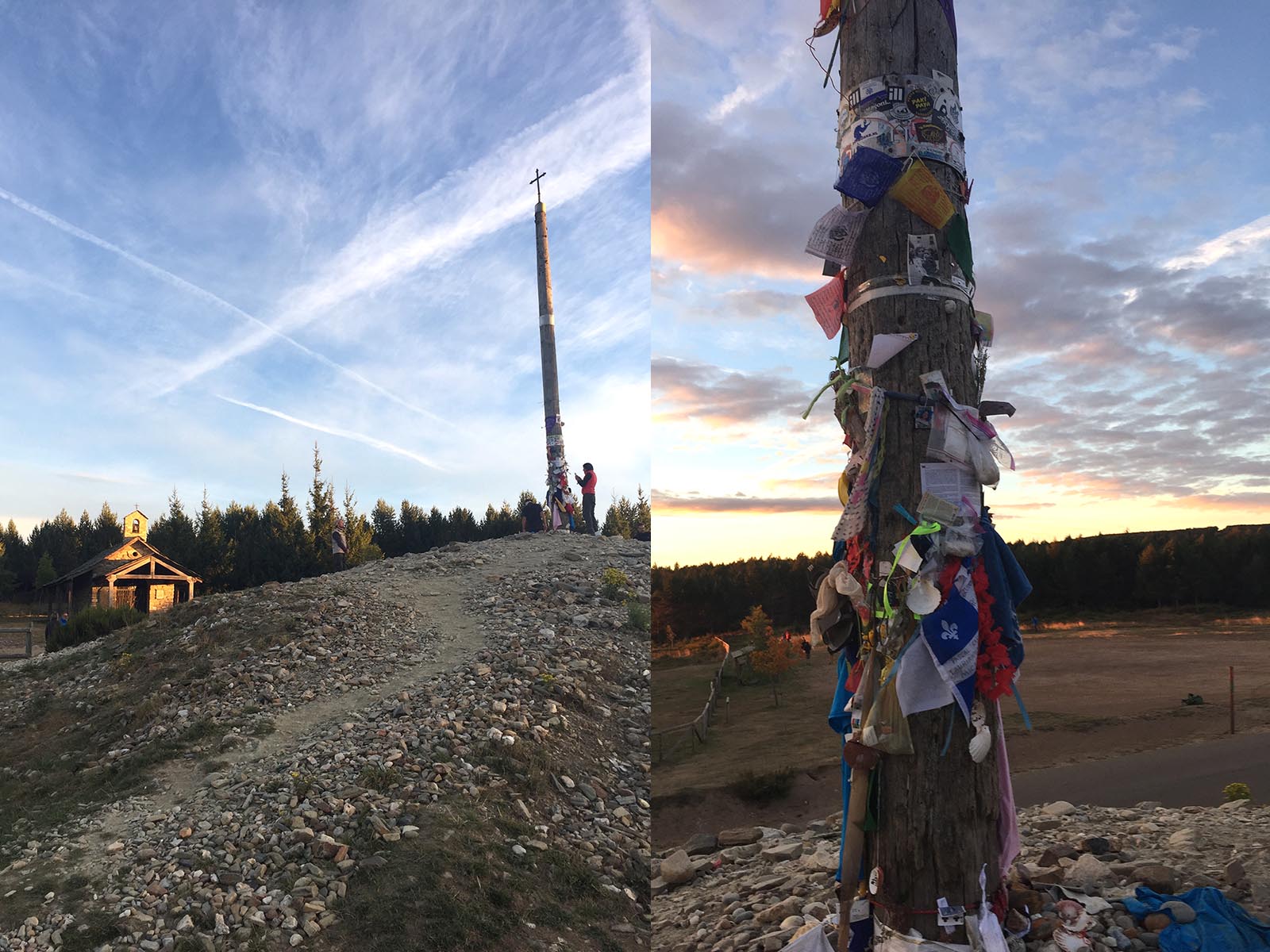 Cruz Ferro, the highest place French route of the Camino, has special meaning to Rufflo. “This is one of the most symbolic places along the Camino,” she says. “There is a custom of carrying a stone symbolizing something you want to put down or let go of. I placed a stone there in honor of my sister who had died the year prior.”
Cruz Ferro, the highest place French route of the Camino, has special meaning to Rufflo. “This is one of the most symbolic places along the Camino,” she says. “There is a custom of carrying a stone symbolizing something you want to put down or let go of. I placed a stone there in honor of my sister who had died the year prior.”
How much did your day pack weigh?
Your pack should weigh 10% of your ideal body weight, not including food and water for the day. I used an Osprey Stratus – it weighs three pounds and 4.5 ounces. It’s heavy for a pack, but I had a difficult time finding something that would fit both my torso length (which is long) and my waist. It’s a really great pack.
Can you give us a rundown on what to pack for the Camino de Santiago?
In many ways, the Camino was a metaphor for life. Learn not to carry what you don’t need. Be mindful of what you absolutely need and what you can leave behind. It will make your Camino much more enjoyable.
For myself, I brought four t-shirts very lightweight, four pairs of underwear, three pairs of very lightweight socks (Darn Tough), three pairs of heavier socks (Smartwool)—all wool. One long-sleeve Patagonia Capilene shirt, one pair of Patagonia water-resistant pants, one pair of lightweight cotton pants, lightweight hat, sunglasses, sunscreen, and toiletries. (Check out the detailed packing list at the end of the post!)
Some great hacks: Use a shampoo bar—it’s lighter than bringing regular shampoo. Remember, you can buy replacement for things such as toothpaste along the way, so bring a very small tube of toothpaste. You can buy a small tin of zinc sunscreen for your face. For your water bottle, use plastic.
If you were doing the French route, there will be days when you want to wear a light pair of socks with a heavier pair of socks over them to protect your feet. You will also want to change your socks out midday. You can buy gloves along the way if it’s cold.
How much water were you carrying every day on the Camino?
Typically, I carried about a liter to a liter and a half of water depending on how much water is available [on the route]. You can check the night before to see what water is available along the way. Finding water along the Portuguese route was more difficult and I ended up carrying closer to two liters every day
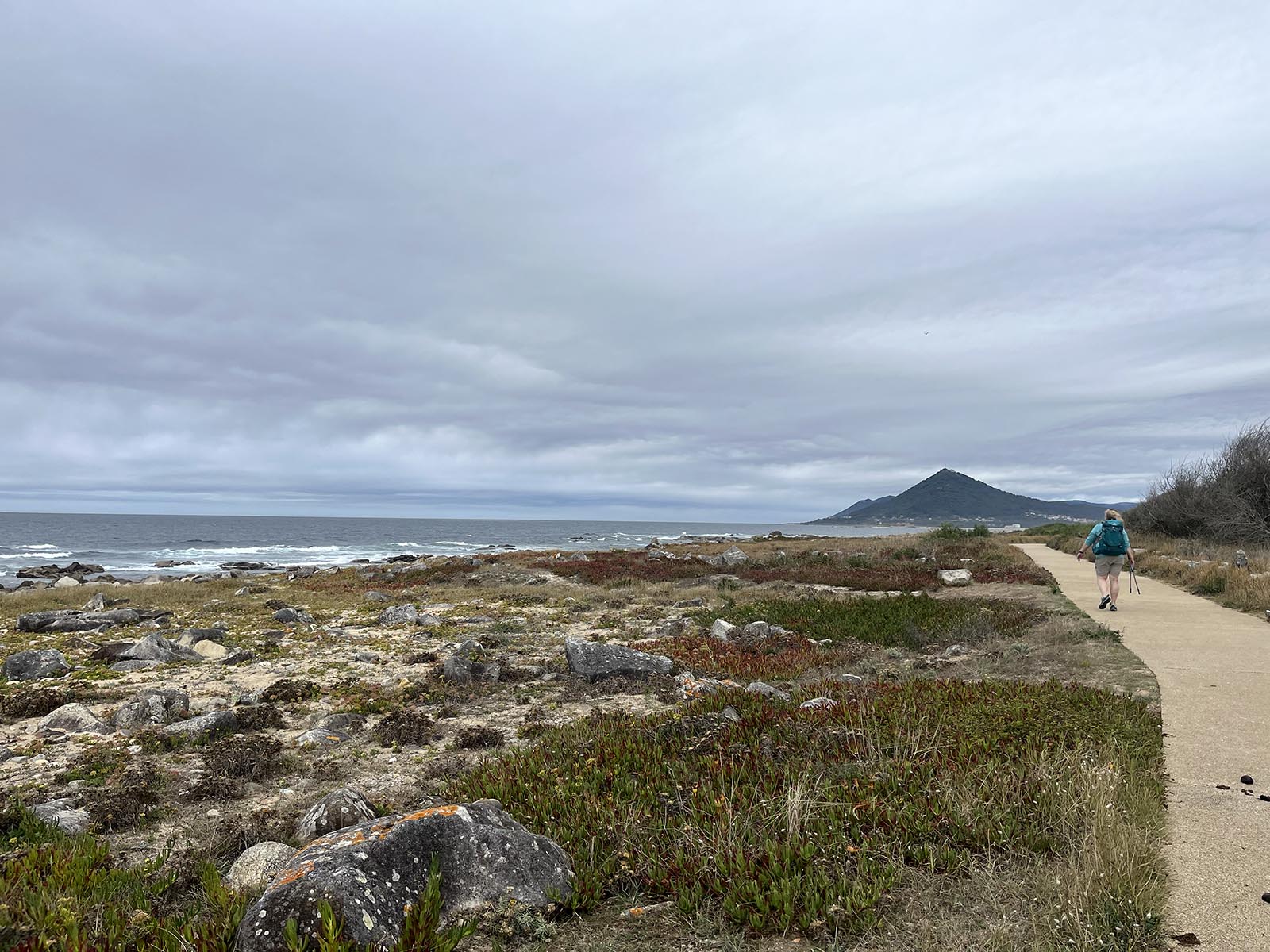 A scenic view of Moledo on the Portuguese route of the Camino de Santiago. Photo by Chris Rufflo.
A scenic view of Moledo on the Portuguese route of the Camino de Santiago. Photo by Chris Rufflo.
What advice would you have for someone hiking the Camino?
Remember that the Camino is a personal journey, and everyone’s Camino will be different. Give yourself grace. Some people may find themselves walking five miles a day while others may find themselves walking 20 miles a day. Again, this is your journey!
What’s your next adventure?
Either going up to Hudson Bay, Canada to see the polar bears and Northern Lights or heading to Nepal for some trekking and cultural experiences.
Camino de Santiago Packing List
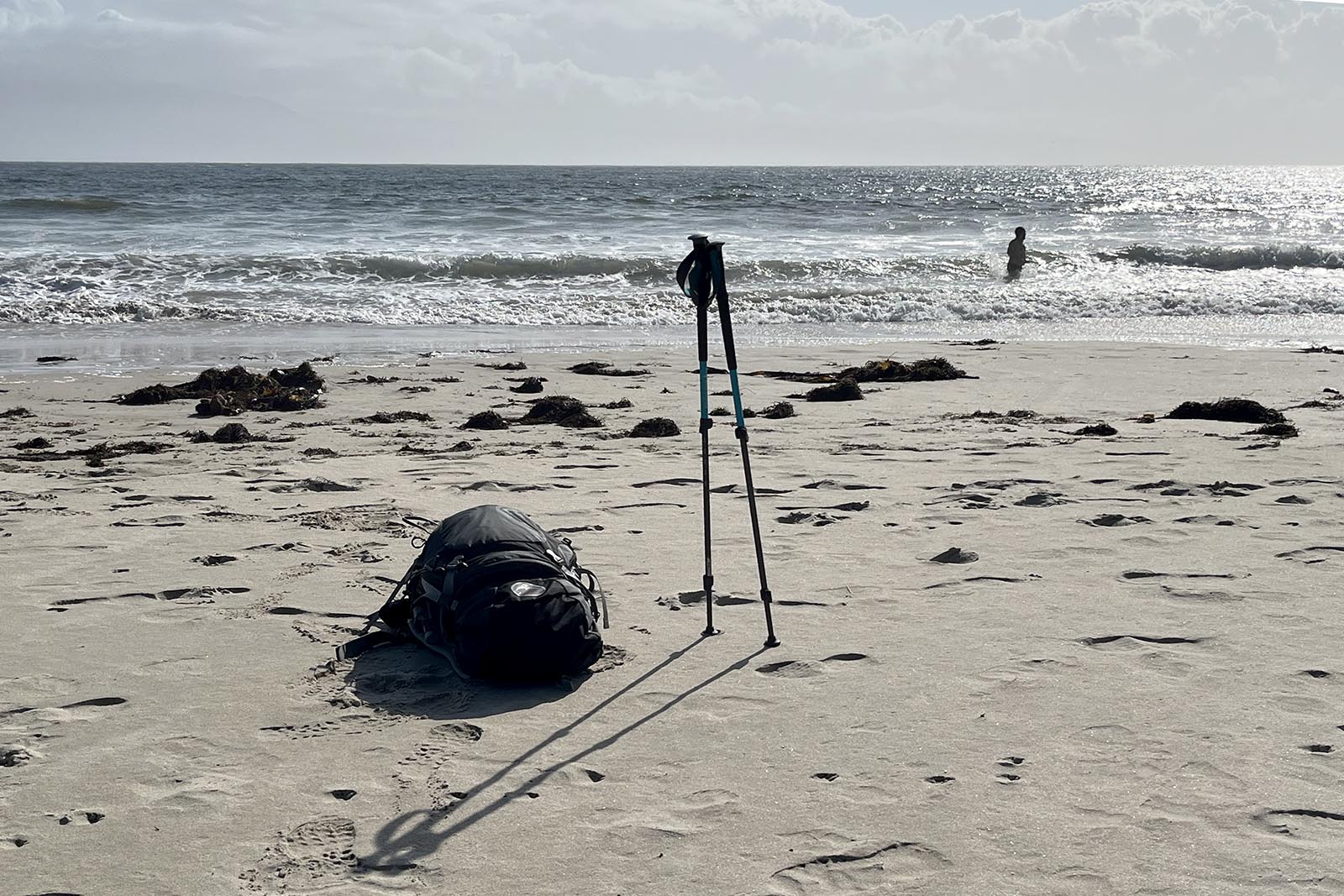 Chris’ Osprey backpack and hiking poles at Finisterre, which is on the Portuguese and French Route. Photo by Chris Rufflo.
Chris’ Osprey backpack and hiking poles at Finisterre, which is on the Portuguese and French Route. Photo by Chris Rufflo.
Socks:
7 pairs (All should be wool!)
3 pairs ultralight weight Smartwool
3 pairs of Darn Tough heavier-weight socks.
One pair of ankle socks to wear at night ultra lightweight. Light Hiker Quarter by Darn Tough.
Underwear: 3 pairs
Tops: 4 lightweight t-shirts, One long-sleeve Patagonia Capilene base layer
Bottoms:
One pair of Patagonia water-repellent pants
One pair of lightweight Mountain Hardware pants.
One pair of shorts.
Chris Notes: I hiked in Patagonia [pants] the first time and Kuhl the second time. I have a pair of Mountain Hardwear for a backup but am also looking for something lighter!!!
Toiletries: Toothbrush, small toothpaste, shampoo bar (cut in half), Argon lotion bar (cut in half) for my face, lightweight towel (14X20 inches). [Chris cuts her shampoo and lotion bar in half and stores it in a plastic pill bag. She recommends Dr. Bronner’s.]
Water: Two plastic half-liter bottles. [Please note that water is more frequent on the French route than Portuguese.]
Shoes: Waterproof hiking boots (high ankle) for the French route. For the Portuguese route, I used trail runners. I did not bring a spare pair of shoes, but many people do.
Outerwear: Ultra lightweight raincoat, Patagonia puffer, lightweight hat, sunglasses.
Electronics: iPhone & charger
Hiking Poles: Get a pair of lightweight ones that can fold down.
Sleeping bag: Silk sleep sack. (Silk is both lightweight and can add warmth.)
Dry bags: Three ultra-lightweight dry bags: One to keep my clean clothes in, one to put my dirty clothes in and one very small one for my passport and other important objects that need to stay dry. Rain poncho for my pack.
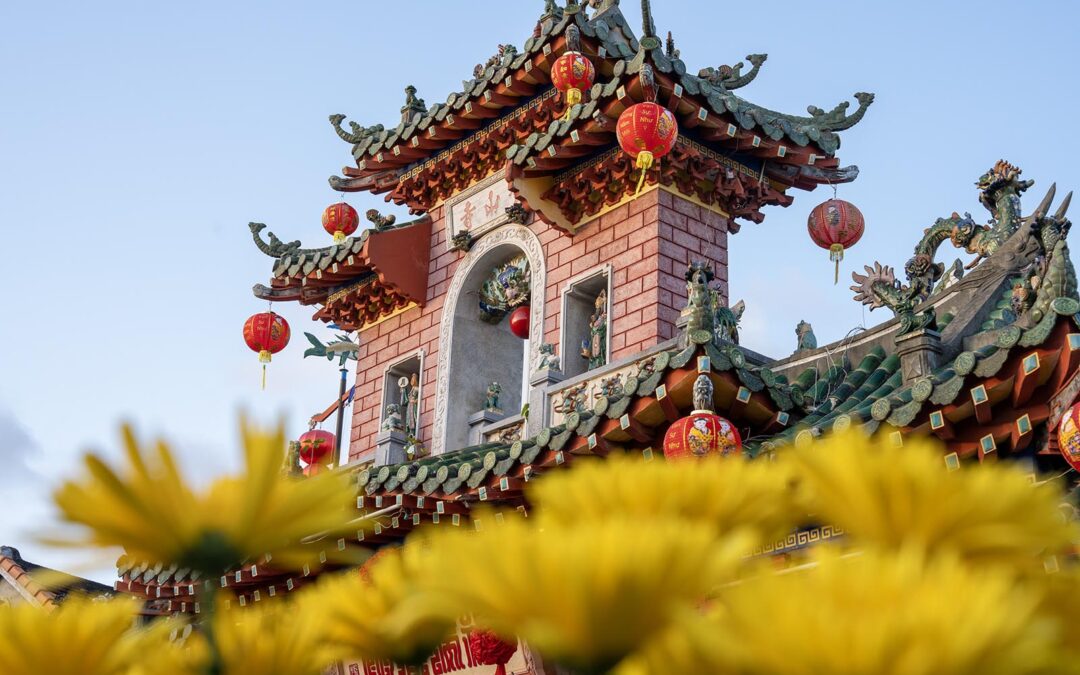
I Used a Saily eSIM for 1 Month in Southeast Asia—Here’s How It Went
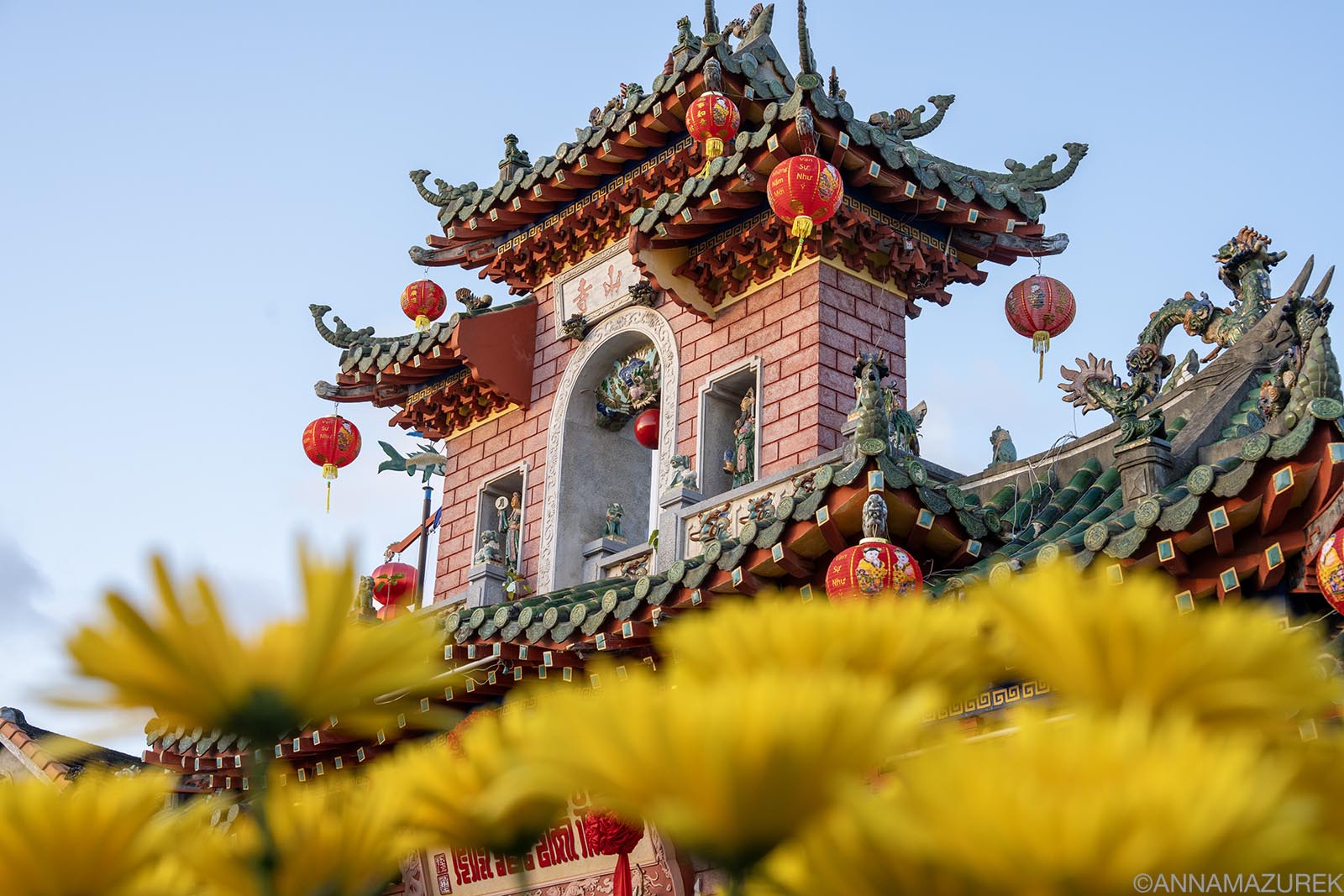 The colorful temples in Hoi An, Vietnam were one of my stops on my recent Vietnam trip testing the Saily eSIM card.
The colorful temples in Hoi An, Vietnam were one of my stops on my recent Vietnam trip testing the Saily eSIM card.
While I was hesitant to use eSIM initially, they’ve been a lifeline for me since I travel nonstop for work. While I’ve written about the pros and cons of eSIM cards, I’ve recently tested out Saily eSIM, which is owned by the team behind NordVPN, on a five-week trip through Southeast Asia with stops in Thailand, Cambodia, Laos and Vietnam in January and February.
Affiliate Disclosure: Please note that this is a sponsored post with affiliate links. All opinions are my own. If you make a purchase, I earn a small commission at no cost to you, which goes toward blog maintenance costs. I only recommend products and companies I use.
First of all, what’s an eSIM?
An eSIM card is a digital SIM card that works the same as a physical SIM card minus the hassle of trying to insert anything into your phone. Most newer phones only accept eSIM cards and allow you to switch easily between multiple eSIM cards.
What type of eSIMs does Saily sell?
Saily sells country and regional eSIM cards to over 200 destinations with data plans ranging from 1GB to 50GB over a period of one week to 30 days. Plans have a 30-day activation window, and if not activated during that period, they will automatically activate 30 days after purchase.
Regional eSIMs are the most convenient if you are country-hopping while country-specific eSIM cards are often cheaper. If you choose a regional eSIM card, make sure all the locations you are traveling are covered. (You’ll see where I made that mistake below.) Since they are owned by the NordVPN team, they’ve integrated a lot of free security features, which I talk about below. (Use Saily promo code ANNA5 for 5% off your purchase.)
Saily eSIM Review for Southeast Asia
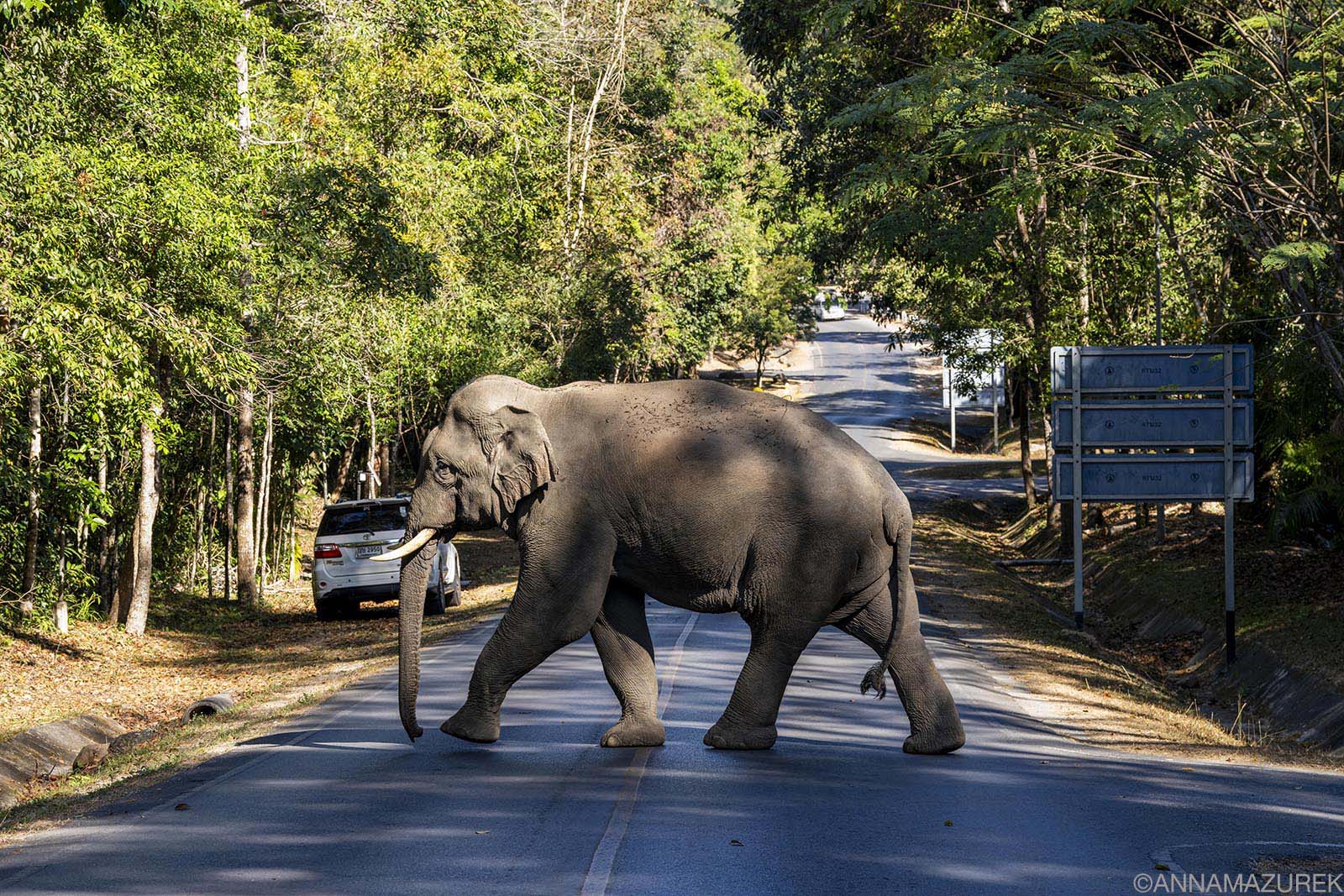 I started my trip in Thailand’s Khao Yai National Park, known for wild elephants.
I started my trip in Thailand’s Khao Yai National Park, known for wild elephants.
I used a regional Asia eSIM (10 GB for 30 days for $35.99), a Cambodia-only eSIM (3GB for 30 days for $8.99), and a Vietnam eSIM (5 GB for 30 days for $10.99) during a six-week trip through Thailand, Laos, Vietnam and Cambodia. (Use promo code ANNA5 for 5% off all purchases. Yes, I totally use my own affiliate discount codes.)
It was very easy to install. The best thing about Saily is that you install the eSIM once, and it automatically reloads with any new plans you buy. (I’ve found it cumbersome to be constantly installing eSIMs every time I buy a new plan with other eSIM providers and having to delete old ones.) Saily does give you the option to install multiple eSIMs if you prefer.
Thailand
I installed this eSIM on a visit to Khao Yai National Park, roughly a 2.5-hour drive northeast of Bangkok. Saily uses the True network, which is one of the top two providers in Thailand. I only had LTE service initially since I was in a remote area, but it worked fine. I was even able to hotspot on LTE with no issues. In Bangkok, it was on 4G and worked perfectly.
Laos
Next, I flew to Luang Prabang, Laos, but I knew in advance that Saily doesn’t cover Laos. In fact, I’ve only seen one eSIM company cover Laos, and it was very expensive ($9.50 for 1 GB!). It was cheaper to buy a local eSIM on arrival.
Vietnam
I used this on two trips to Vietnam. On the first trip in mid-January, I flew into Hanoi and had issues getting the eSIM to connect. It finally connected to 3G service on Vietnamobile, which is not a fast network. It was a bit of a nightmare getting my Grab (Southeast Asia’s version of Uber) due to the slow network, and I had to go back into the airport to get WIFI to order the car. (I saw on Reddit and a few other forums about people complaining about this same issue at Hanoi’s airport with both Saily and other eSIM companies. This could be an issue with that airport specifically.)
I contacted Saily support immediately when I got to my hotel to resolve the issue, and their support team was fantastic. They had me go through several troubleshooting steps including ensuring roaming was turned on (it was). To fix the issue, they had me turn off automatic selection for the carrier network in the eSIM’s settings and select Mobifone, which gave me LTE service and resolved the issue. (When you do this, it gives a list of cell networks, but you need to know which ones your eSIM partners with to ensure you get service.) Please note that it’s not uncommon for eSIMs to switch between different networks.
Initially, I was expecting at least 4G or 5G coverage. (Even if an eSIM company partners with a network with 5G coverage, it usually only supports up to 4G in my experience.) With the LTE service, I was still able to stream YouTube videos on the ride from Hanoi to Ninh Binh with no issues. I had LTE with full bars in Hoi An, Ho Chi Minh City and along the Mekong Delta.
On my second trip to Vietnam, I flew into Ho Chi Minh City at the end of February and stayed in the city. Saily’s support told me they’d fixed the issue at the end of January, so I thought I’d test it again. (They gave me a code for a free 5 GB for 30 days plan due to the issues I’d experienced earlier.) I used a Vietnam-specific eSIM card, which connected to Mobifone LTE with no issues at the Ho Chi Minh airport when I arrived. I was able to call my Grab at the airport with no issues getting to my hotel. It worked in the city with no problems, and the connection was seemed pretty fast. I was able to use social media apps with no issues, etc.
Cambodia
When I entered Cambodia by ship on the Mekong River, my phone wasn’t initially connecting so I reached out to their support team. Turns out the regional Asia eSIM card I had doesn’t support Cambodia, which was my fault for not checking that. Haha!
I bought a Cambodia-specific eSIM card (3GB for 30 days for $8.99), which uses the SMART network, which works best in big cities like Phnom Penh and Siem Reap. In more rural areas like Kampong Cham, I had EDGE service whereas a second eSIM I’d bought on the Metfone network had 4G. Then, in other rural places, I’d have service on the Saily eSIM (SMART network) and no service on Metfone. Cell service in Cambodia is very location dependent.
Locals tell me that the Metfone and CellCard networks are best in rural areas in Cambodia. If you’re going somewhere outside the major tourist areas, then reach out to your accommodation to see what network is best for that area. For example, the remote island of Koh Rong Sanloem only gets Metfone service barely, so I bought a Metfone SIM card just for my three-day visit to the island.
Use Saily promo code ANNA5 for 5% off your purchase!
Saily eSIM Card Review Summary
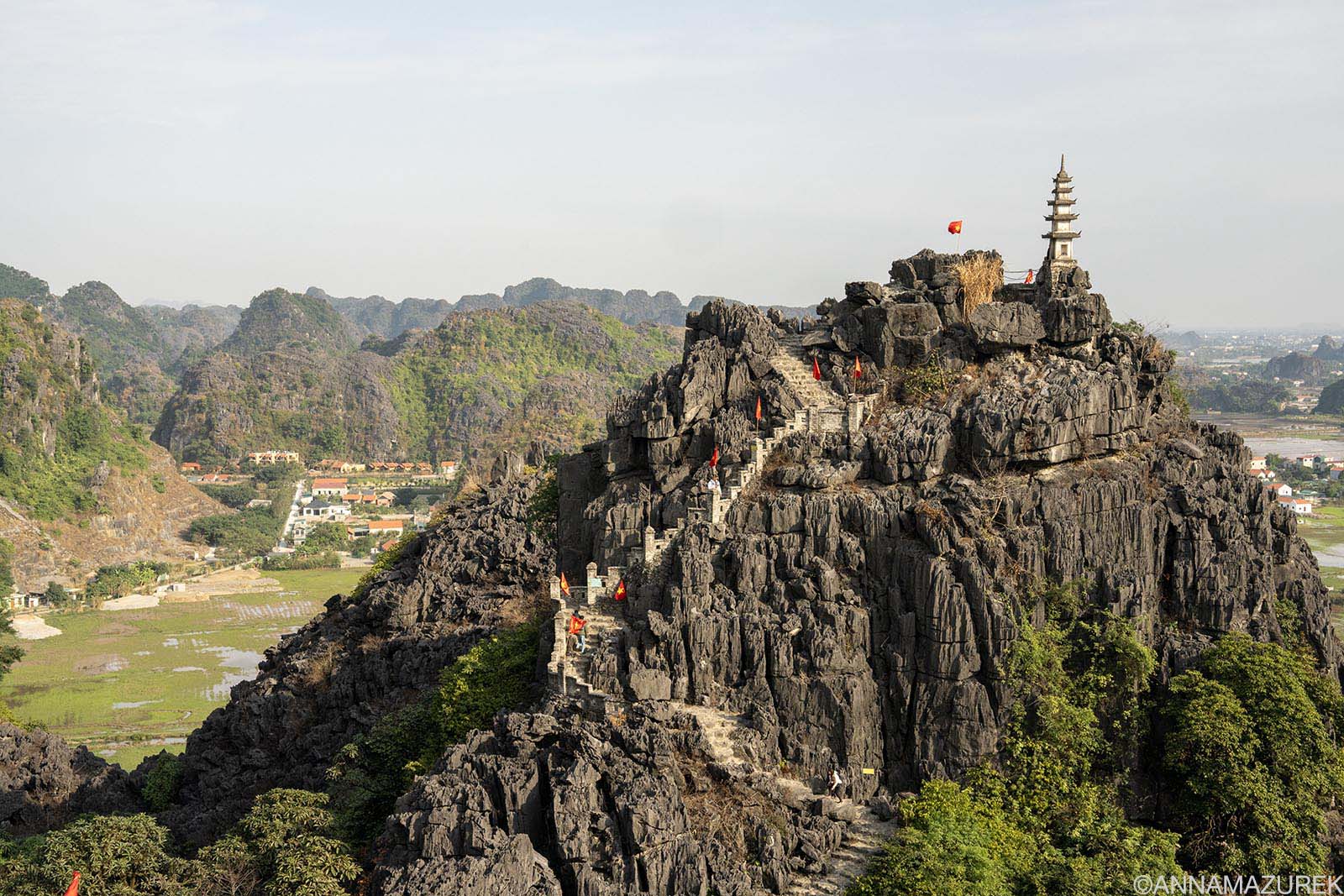 Mua Caves in Ninh Binh was a highlight of my Vietnam trip.
Mua Caves in Ninh Binh was a highlight of my Vietnam trip.
Overall, eSIM cards are only as good as the cell networks they partner with. I was impressed by the ease of the eSIM installation for Saily and their fast customer support, which was better than the support with other companies I’d used. I’d recommend it easily for Thailand and Cambodia (major cities). As for Vietnam, I initially wouldn’t have recommended it after my fiasco at the Hanoi airport, but I had a much more pleasant experience on my second visit to Ho Chi Minh. (If you’re heading to Hanoi, be aware that you’ll likely have trouble connecting to any cell network around that airport.) I’d highly recommend buying the plan and installing it before you leave for your trip, so it works on arrival.
While Saily has a virtual location option, I used my NordVPN in conjunction with my Saily eSIM to download shows on Paramount + and Disney + since I was switching back and forth from WIFI to cellular data for downloading. (Both streaming services require you to be in the U.S. for anything to download, which is why I always use a VPN when I travel.) NordVPN and Saily’s eSIM worked seamlessly together.
Before I boarded my flight, I was triple testing my downloads using the VPN to be safe, which I also recommend doing. The eSIM worked perfectly for this. If you purchase a Saily eSIM, use code ANNA5 for 5% off your purchase.
Saily eSIM FAQ
 Photo of Screenshot: Virtual location is one of the built-in security features in Saily eSIM cards.
Photo of Screenshot: Virtual location is one of the built-in security features in Saily eSIM cards.
Are Saily eSIM cards safe and secure?
Saily is owned by Nord Security, the company behind NordVPN, so security is one of their top concerns. Saily includes the following security features in the top section of their app:
Virtual Location: Saily lets you choose your virtual location from 82 options and browse with more privacy by routing your connection through a remote server. (This is really important for streaming services and downloading movies to watch on planes.)
Ad blocker: To reduce screen clutter and save data, Saily can block intrusive ads. (Keep in mind that many websites rely on ad revenue to keep content free. If you’re browsing content from smaller creators (like me!), consider leaving ads on to help support them.)
Web Protection: Through DNS filtering, Saily reduces trackers and malicious websites before they reach your phone.
Does a Saily eSIM give you a phone number?
No, a Saily eSIM does not give you a phone number. It currently only supports mobile data, but this is a feature they are looking to add per their website. For more about having a number when you travel, check out my post on traveling and two-step verification.
Does Saily eSIM work in the U.S.?
Yes, Saily has six different plans for the United States ranging from 1 GB to 50 GB lasting from one week to 30 days. Prices range from $3.99 to $49.99.Use code ANNA5 for 5% off your purchase.
How to Install Saily eSIM on your iPhone
The setup for Saily is easy. Simply download the Saily eSIM app, choose your plan and it will activate automatically.
If you’d like to set it up manually, go to “Settings,” tap “Cellular”, Tap “Add eSIM,” click on “Use QR code” and follow the instructions. For more details, check out Saily’s Help website.
Troubleshooting Issues with a Saily eSIM card
If you are having issues with your eSIM cards connection to cellular service, try the following. These worked well for me when I had issues.
1. Turn Airplane Mode on and off.
2. Make sure the correct eSIM card is turned on and set as your default line.
3. Make sure data roaming is turned on.
4. If you know the network your eSIM is partnered with, turn off “Automatic Selection” and manually choose the network.
5. Toggle between 5G, LTE and the other network speed selections.
6. Turn Airplane Mode on and off again to test everything is working properly.
For more details, check out Saily’s Help website.
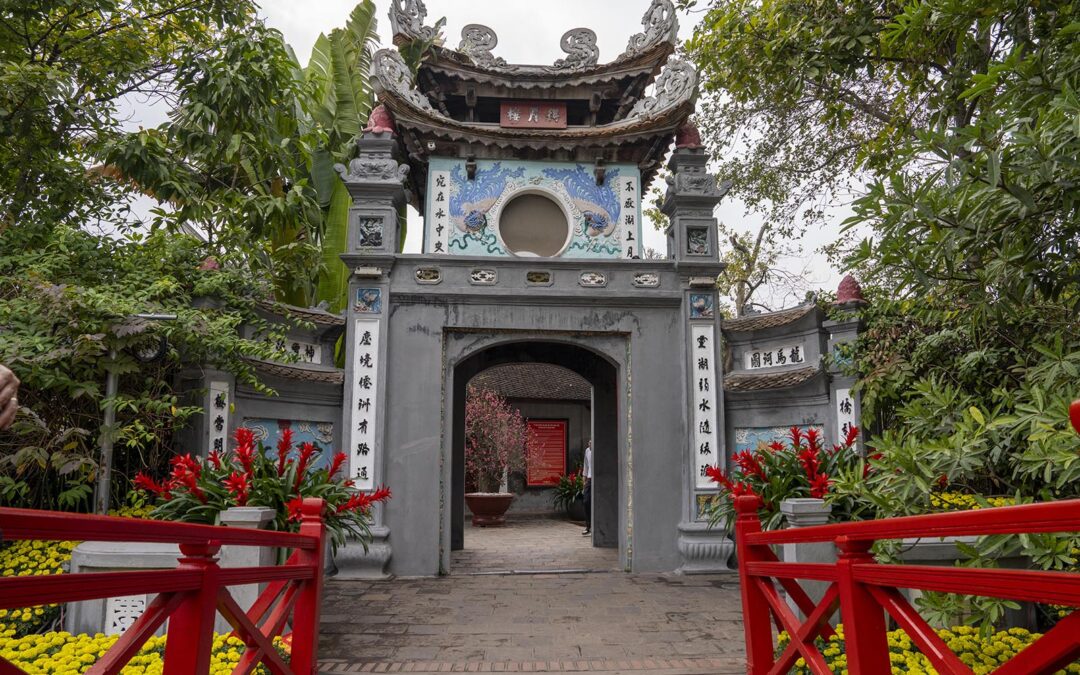
11 Things to Do in Hanoi That Are Actually Worth Your Time
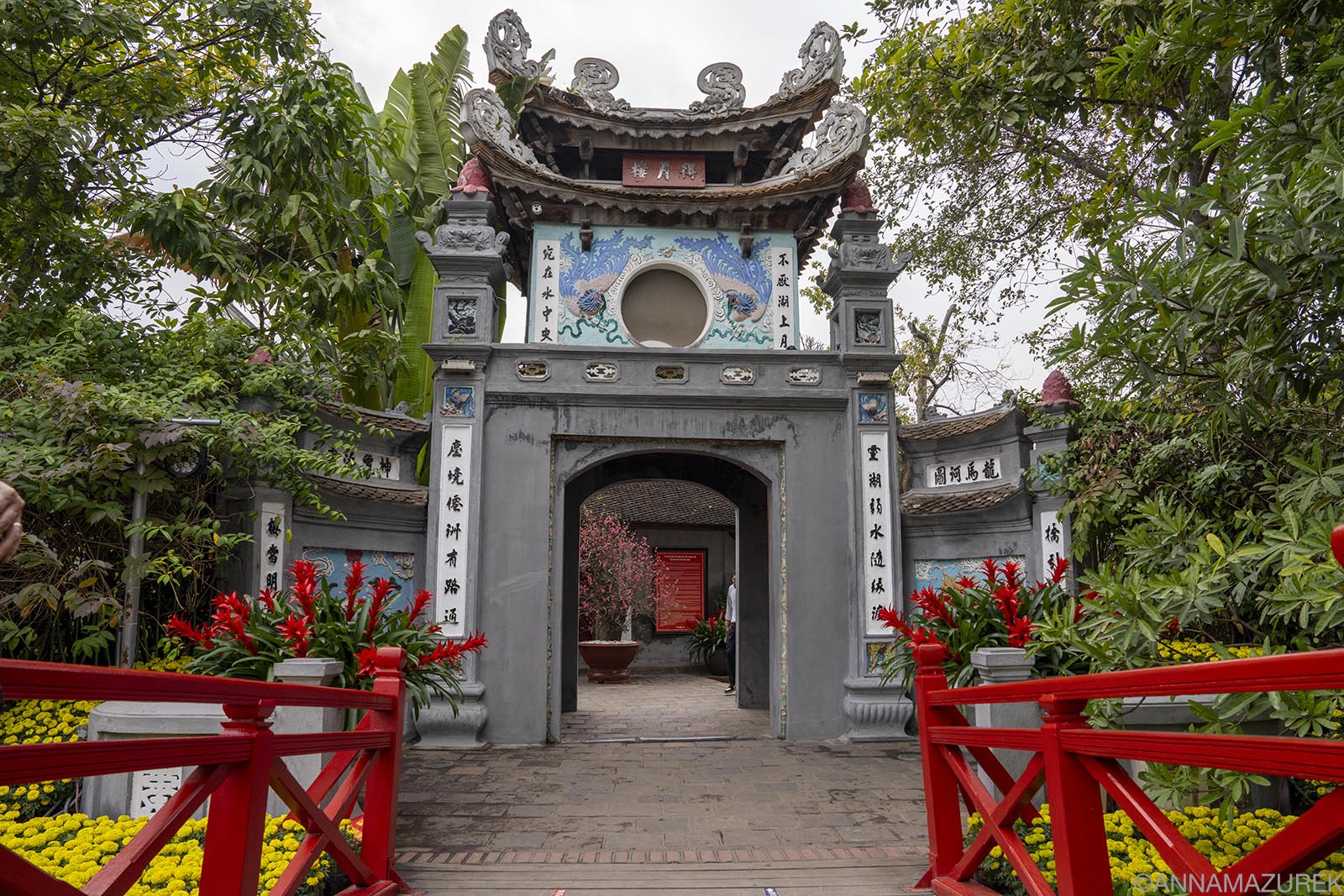 Located on an island on Hoan Kiem Lake, Ngoc Son Temple is easily accessible by a red bridge.
Located on an island on Hoan Kiem Lake, Ngoc Son Temple is easily accessible by a red bridge.
Vietnam’s two largest cities are polar opposites—Ho Chi Minh City is a sleek, modern city of skyscrapers while the charming capital of Hanoi is filled with ancient history. Hanoi is the best for watching motorbikes defy gravity with their loads ranging from refrigerators to a family of five with a dog. It’s home to the country’s largest airport and the gateway to Ha Long and Lan Ha Bay and Ninh Binh.
These recommendations are based on my experience living and working for travel companies in Southeast Asia for the past decade. (I visit Vietnam at least once a year for work.)
Here are the best things to do in Hanoi along with the best time to visit and where to stay!
You can easily do all these things on your own, but if you’re short on time consider a city tour.
Affiliate links are used in this post. If you make a purchase, I earn a small commission at no cost to you, which goes toward the cost of maintaining this blog.
Plan Your Trip
Currency: Vietnamese Dong (VND)
When to Go: Temperatures cool down in November and December.
Travel Insurance: Protect yourself with SafetyWing travel medical insurance to cover accidents and travel delays.
Mobile eSIM Card: For the fastest cellular network in Vietnam, use Airalo for 5G connectivity.
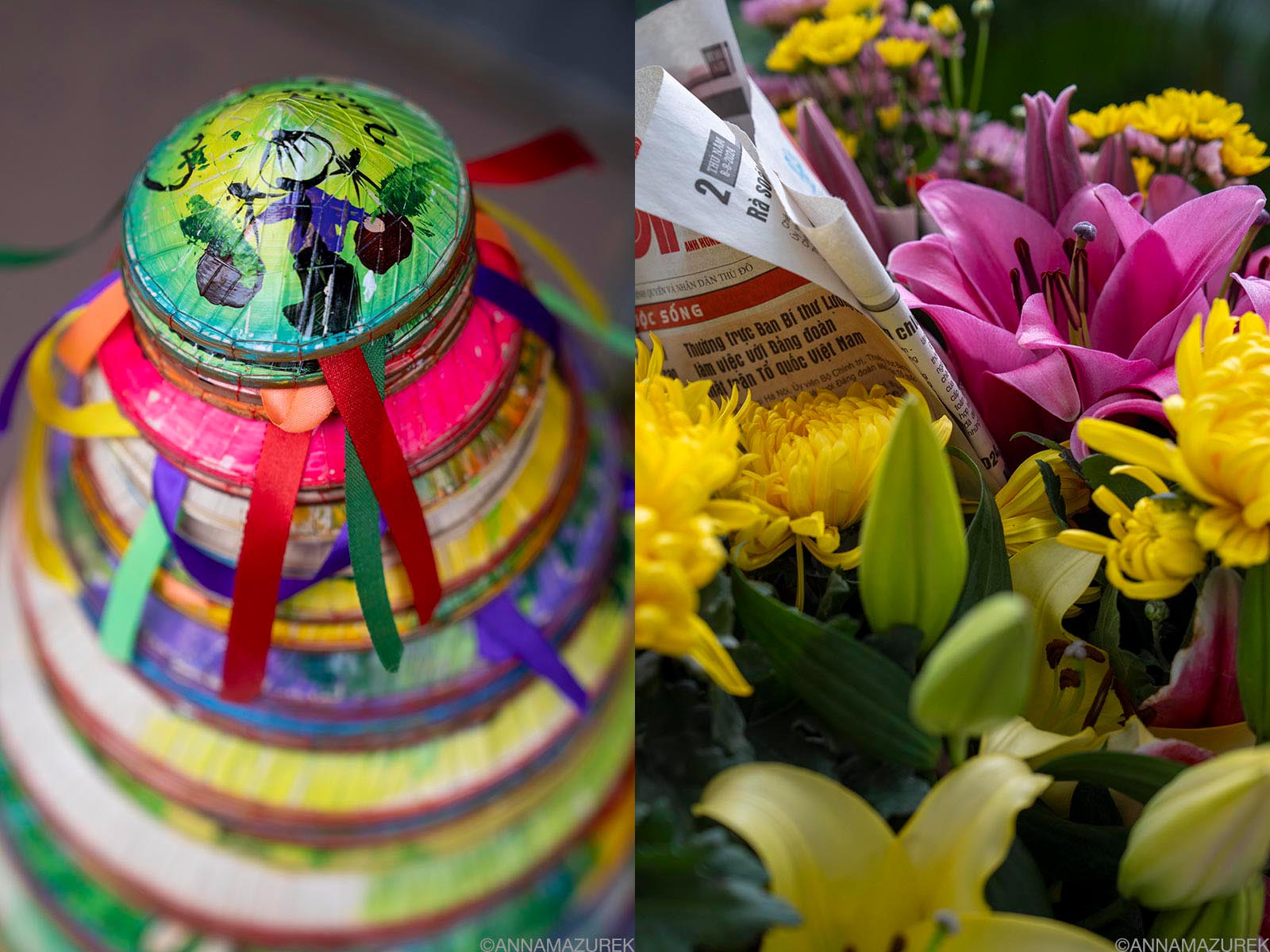 Conical hats and fresh flowers are a few of the many items for sale in the historic Old Quarter, the heart of the city’s shopping district.
Conical hats and fresh flowers are a few of the many items for sale in the historic Old Quarter, the heart of the city’s shopping district.
Explore the Old Quarter
Hanoi’s Old Quarter lies North and slightly west of Hoàn Kiếm Lake and consists of 36 streets.It’s a great place for strolling and watching motorbikes with their outrageous loads. The streets are organized by the items they sell from shoes to silver jewelry. Here are a few of the most famous shopping streets:
Hang Dau – Shoe Street
Hang Ma – Lantern Street
Hang Bac – Silver Street
Hang Vai – Bamboo Street
Hang Duong – Sugar Street
Lan Ong – Traditional Medicine Street
Hang Gai – Silk Street
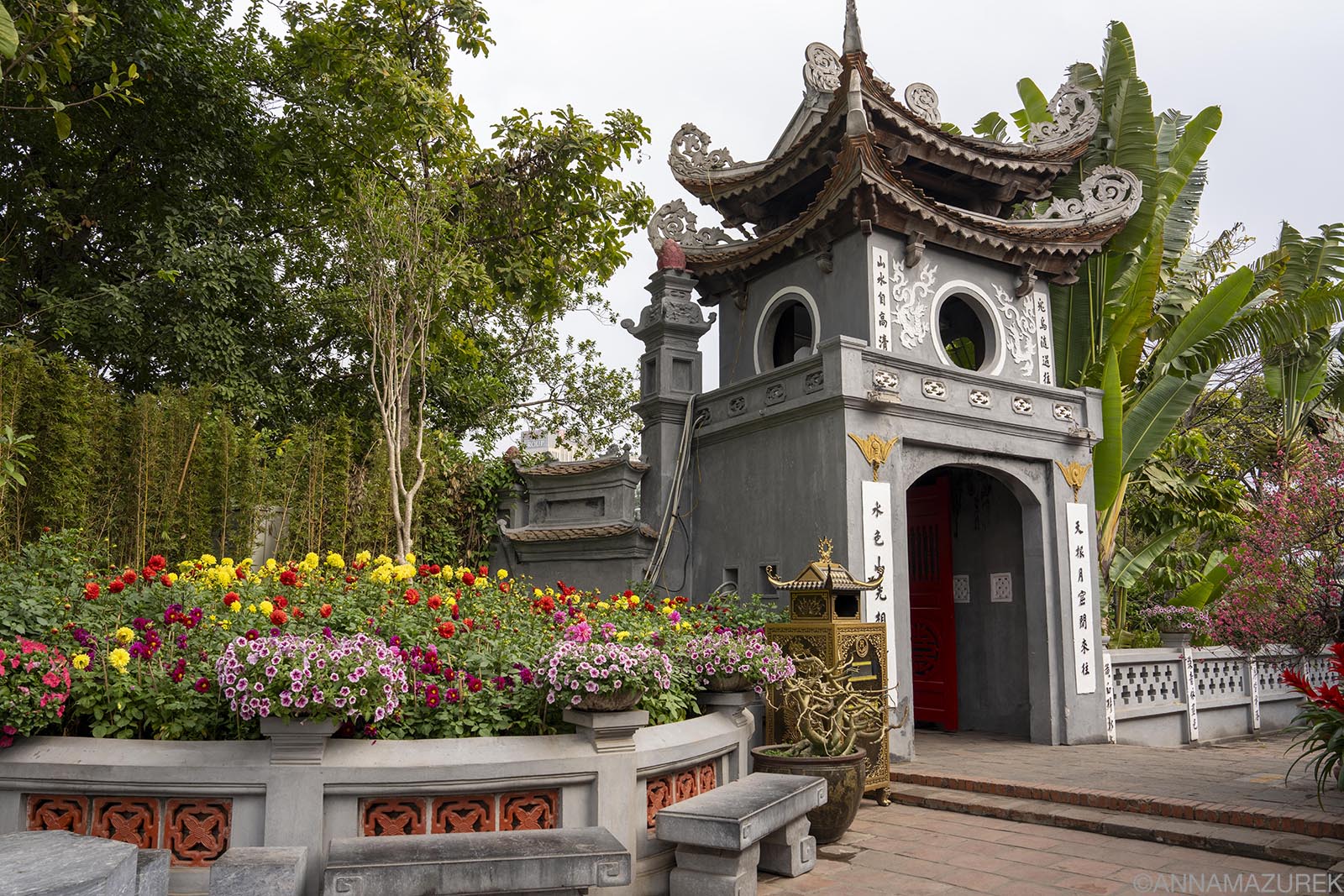 Ngoc Son Temple is one a popular spot to visit and crowded on holidays.
Ngoc Son Temple is one a popular spot to visit and crowded on holidays.
Hoàn Kiếm Lake
No trip to Hanoi is complete without a stroll around Hoàn Kiếm Lake. On weekend evenings, traffic is banned by the lake making it easy to explore. You’ll find a good mix of locals and travelers. Be sure to cross the red bridge to visit the photogenic Ngoc Son Temple.
Cyclo Ride
To get an overview of the city, hop on a three-wheeled cyclo, which resemble a backwards tricycle, for an orientation tour. While it might seem touristy, it’s a fun way to support a traditional and eco-friendly transportation method in a city with a huge pollution problem. Rides start around 400,000 VND ($4 USD).
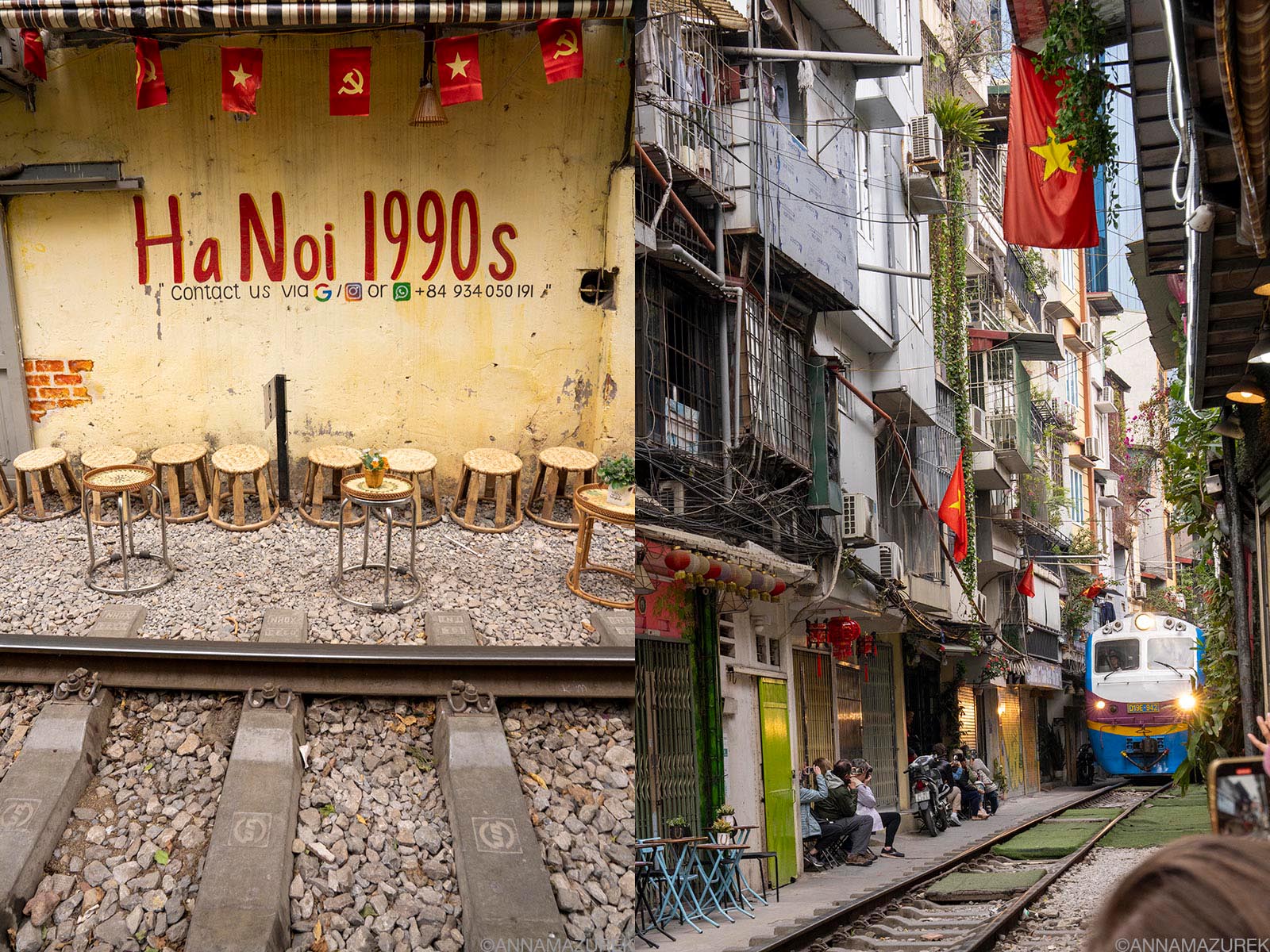 For an adrenaline rush, go have a coffee on Hanoi’s famous train street.
For an adrenaline rush, go have a coffee on Hanoi’s famous train street.
Visit Hanoi’s Train Street
There are two different streets where you can sip a coffee while a train whishes by just inches away from your table. The best one is a bit south of the Old Quarter and directly west of Thong Nhat Park. While it’s lined with cafes, I visited Hanoi 1990s, which I made a reservation with on WhatsApp in advance. (Plenty of people seemed to just be walking up, but I wanted to be safe.) The cafe told me to call them when I arrived, but it was easy to enter without calling because street Ngõ 222 Đ. Lê Duẩn crosses the tracks right by the cafe.
The trains get so close that the cafe lays down all the tables, makes you put your drinks on the ground and turn your body against the wall. It’s a bit scary but fun. Drinks cost around 60,000 VND. (There’s a minimum charge of 40,000 VND to sit if you don’t order a drink.)
Check the Hanoi 1990s Instagram for the train schedule. The trains departing from Hanoi station are always on time, so opt for those departures.
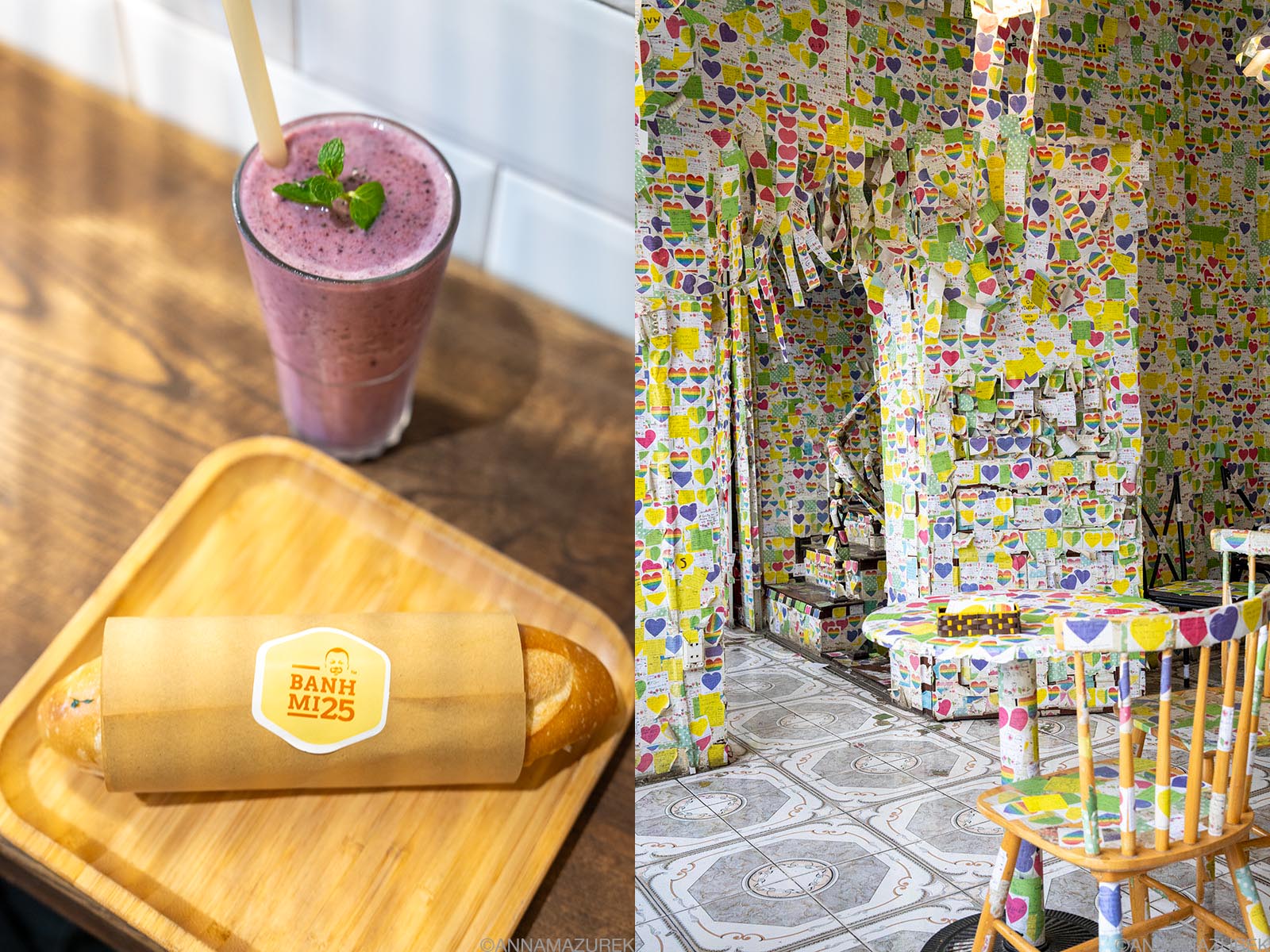 Left: A banh mi and smoothie from Banh Mi 25; Right: The eclectic decor of The Note Café.
Left: A banh mi and smoothie from Banh Mi 25; Right: The eclectic decor of The Note Café.
Relax at one of Hanoi’s Cafes & Eat a Banh Mi
Vietnam does cafes well. The Note Cafe is covered floor-to-ceiling in notes and stickers and worth a stop. Even though it’s an Instagram hotspot, their smoothies are delicious, and it’s a great view of the lake. Climb to the higher floors for solitude. Don’t miss JOMA, my favorite café chain in Southeast Asia, for homemade bagels and delicious pumpkin soup!
While there’s no shortage of bánh mi restaurants, one of the most famous is Banh Mi 25. Due to its popularity, it now covers three storefronts on the same street—it’s a great place for a budget-friendly and tasty meal. I had a tasty sandwich AND a strawberry banana smoothie for $3 USD.
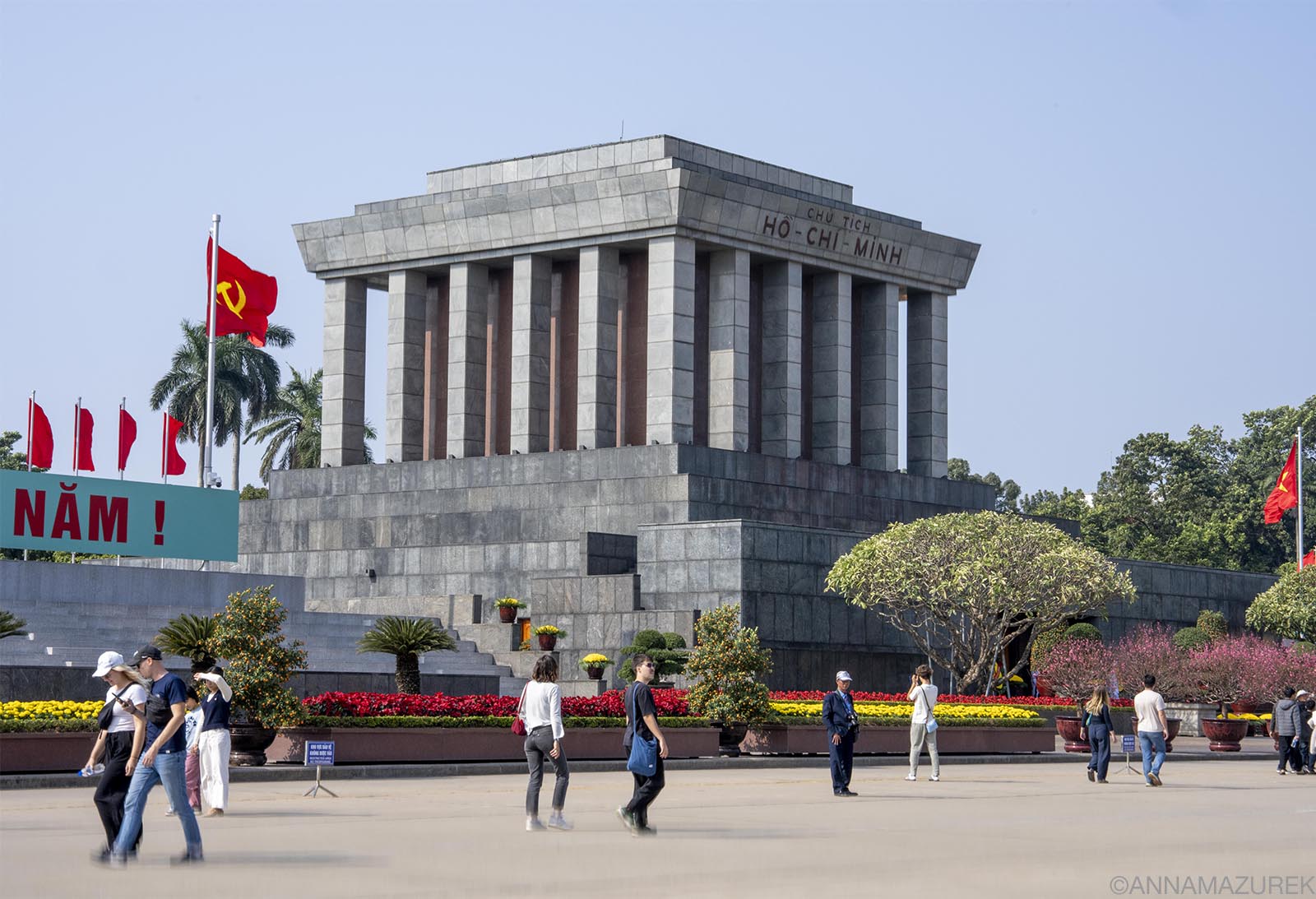 Ho Chi Minh Mausoleum is a marble moment is the resting place of the famed leader and is known for the changing of the guard ceremony.
Ho Chi Minh Mausoleum is a marble moment is the resting place of the famed leader and is known for the changing of the guard ceremony.
Ho Chi Minh Mausoleum and Grounds
Behind the Ho Chi Minh Museum lies a large green space featuring a wide variety of the city’s attractions related to the former ruler including the Ho Chi Minh Mausoleum where you can walk by his embodied body on display. (The building exterior is photogenic and lit up at night.) Other attractions include Ho Chi Minh’s Stilt House and One Pillar Pagoda, a wooden building built on top of a single concrete pillar meant to resemble a lotus flower. It was built in 1054 later destroyed by French in 1954 and later rebuilt.
Vietnam Museum of Ethnology
This museum does a deep dive into the 54 recognized ethnic groups that comprise modern-day Vietnam. One of the highlights is the outdoor architectural garden that includes a life-size republic of traditional houses that you can explore, including the awe-inspiring 19-meter-high Bahnar communal house (my favorite.)
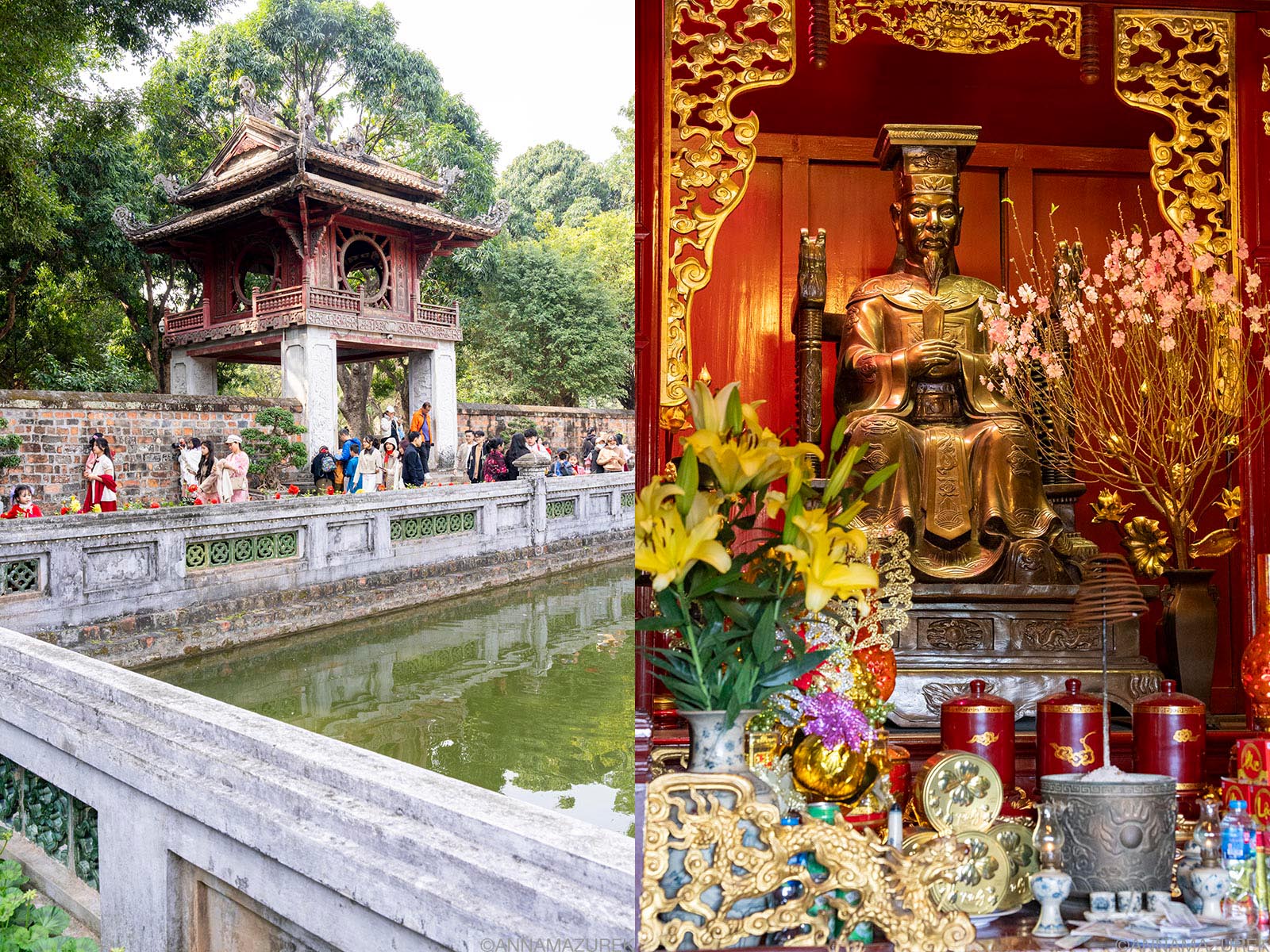 Scenic views of the interior and exterior of the Temple of Literature.
Scenic views of the interior and exterior of the Temple of Literature.
Temple of Literature
Famous for its traditional Vietnamese architecture, this historic attraction was the site of Vietnam’s first university and a Confucius temple, founded in 1070 by Emperor Ly Thanh. (You’ll recognize it as the temple on the back of the 100,000d bill.) It’s crowded on holidays, like TET, and during graduation season, when it’s often used as a photogenic backdrop.
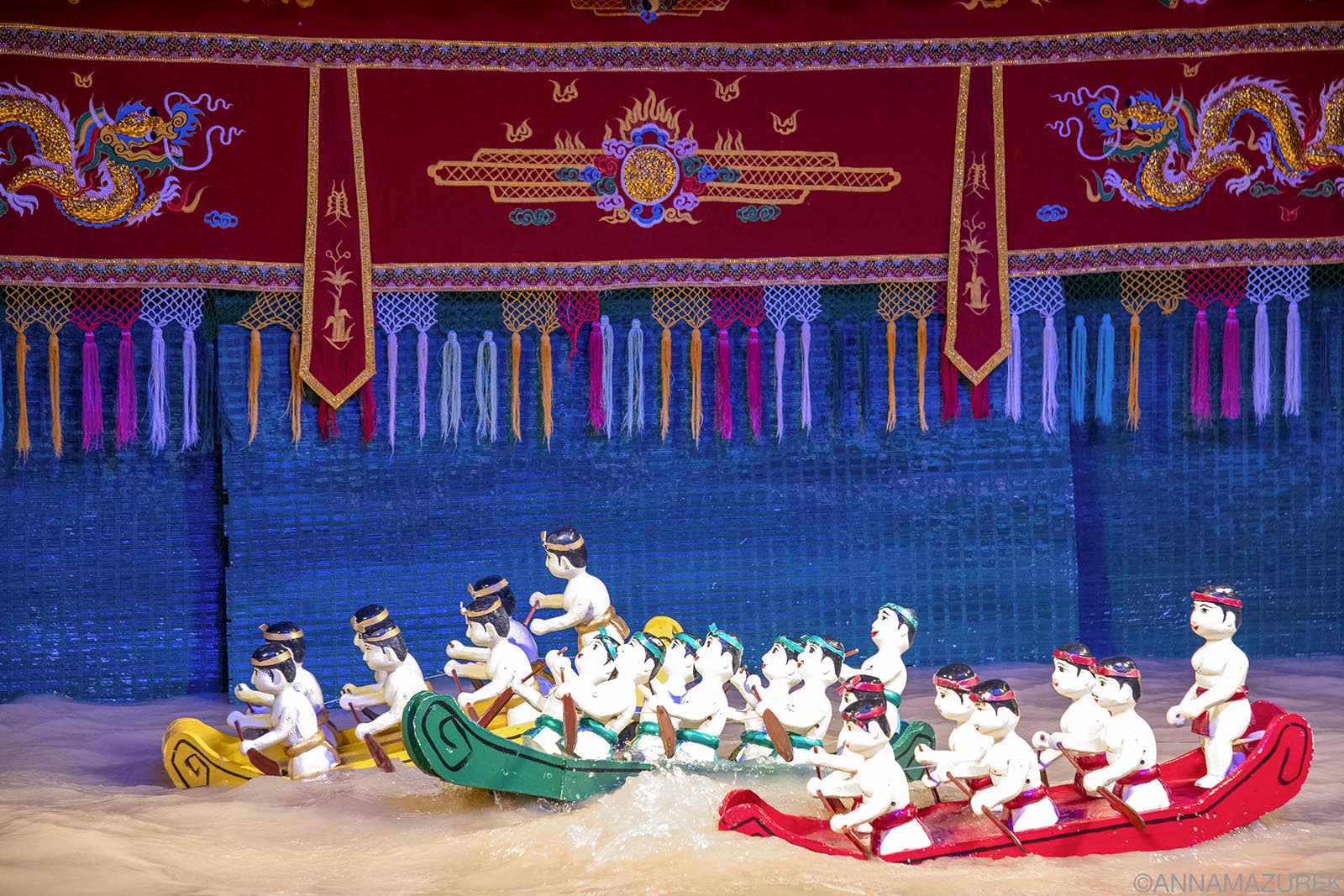 Vietnamese water puppet shows are a fun-filled attraction for all ages.
Vietnamese water puppet shows are a fun-filled attraction for all ages.
Water Puppet Show
Water puppetry is a traditional form of Vietnamese theater dating back over a century performed in a waist-deep pool accompanied by traditional folk music. While the show is entirely in Vietnamese, it’s easy to follow along with the action and laughs. (I go to one water puppet show every year for work, and it’s a really fun to experience at least once.)
The Lotus Water Puppet Theater and Thang Long Water Puppet Theater have regular performances. (You can buy tickets in person or in advance on Klook for the same price.) All water puppet shows across Vietnam are similar storylines, so no need to see shows in multiple cities.
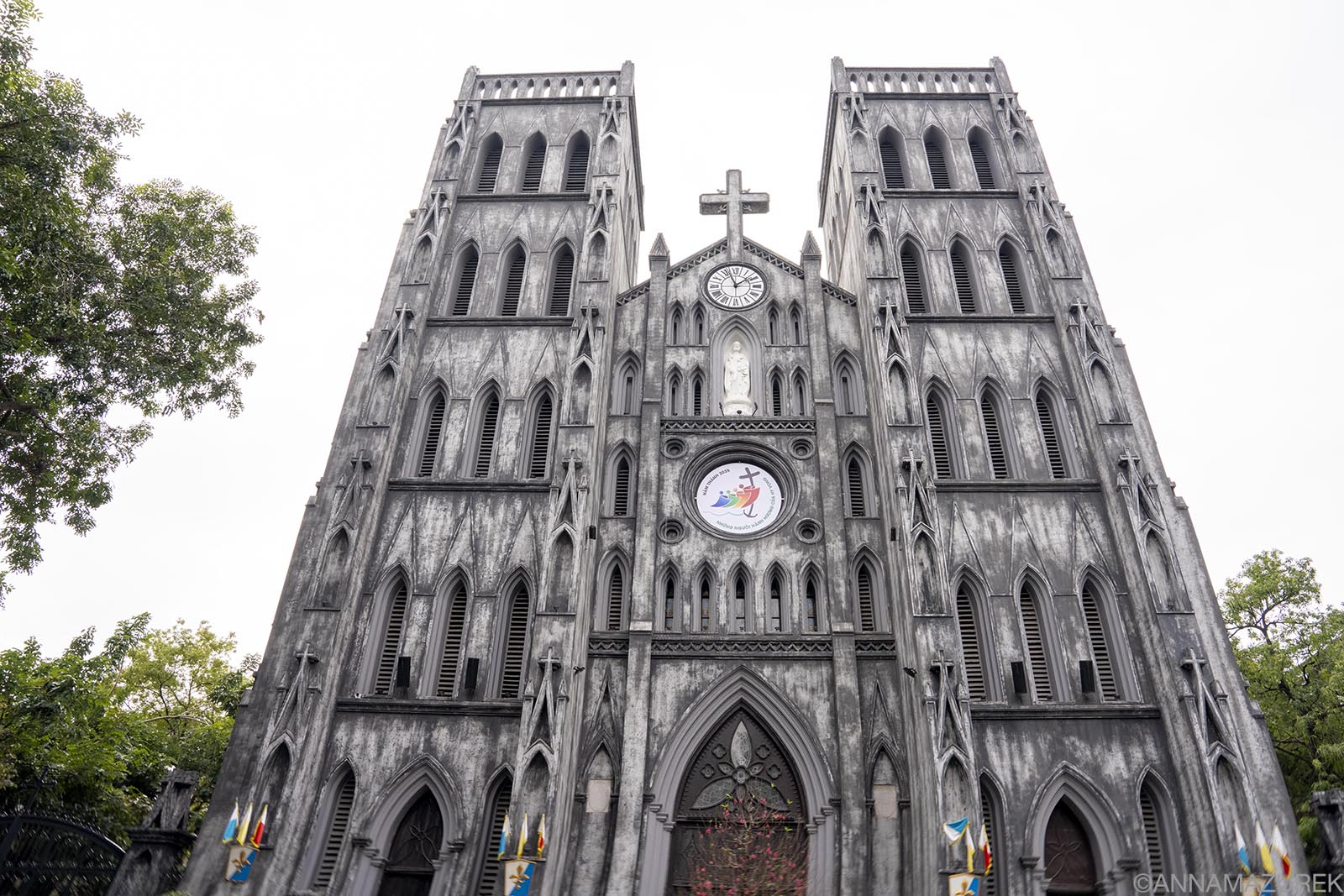 The twin bell towers of St. Joseph Cathedral in Hanoi.
The twin bell towers of St. Joseph Cathedral in Hanoi.
St. Joseph Cathedral
Built in 1886, the neo-Gothic façade of St. Joseph Cathedral is a landmark leftover from the colonial era, known for its towering bell towers. The main entrance is only open during mass times while the side entrance is used other times. The street to the right is lined with cute cafes including the taproom for my favorite Vietnamese brewery, Pasteur Street.
Rooftop Drinks
Who doesn’t love a good sunset cocktail? On a recent trip, I googled rooftop bars and found one next to my hotel called the Terraco Sky Bar on top of the La Sinfonia del Rey Hotel & Spa overlooking the lake for happy hour. The food was also delicious. No matter where you are staying in the city, just Google rooftop bars and pick a spot with a 4.5 rating or above. That’s a trick that always works for me.
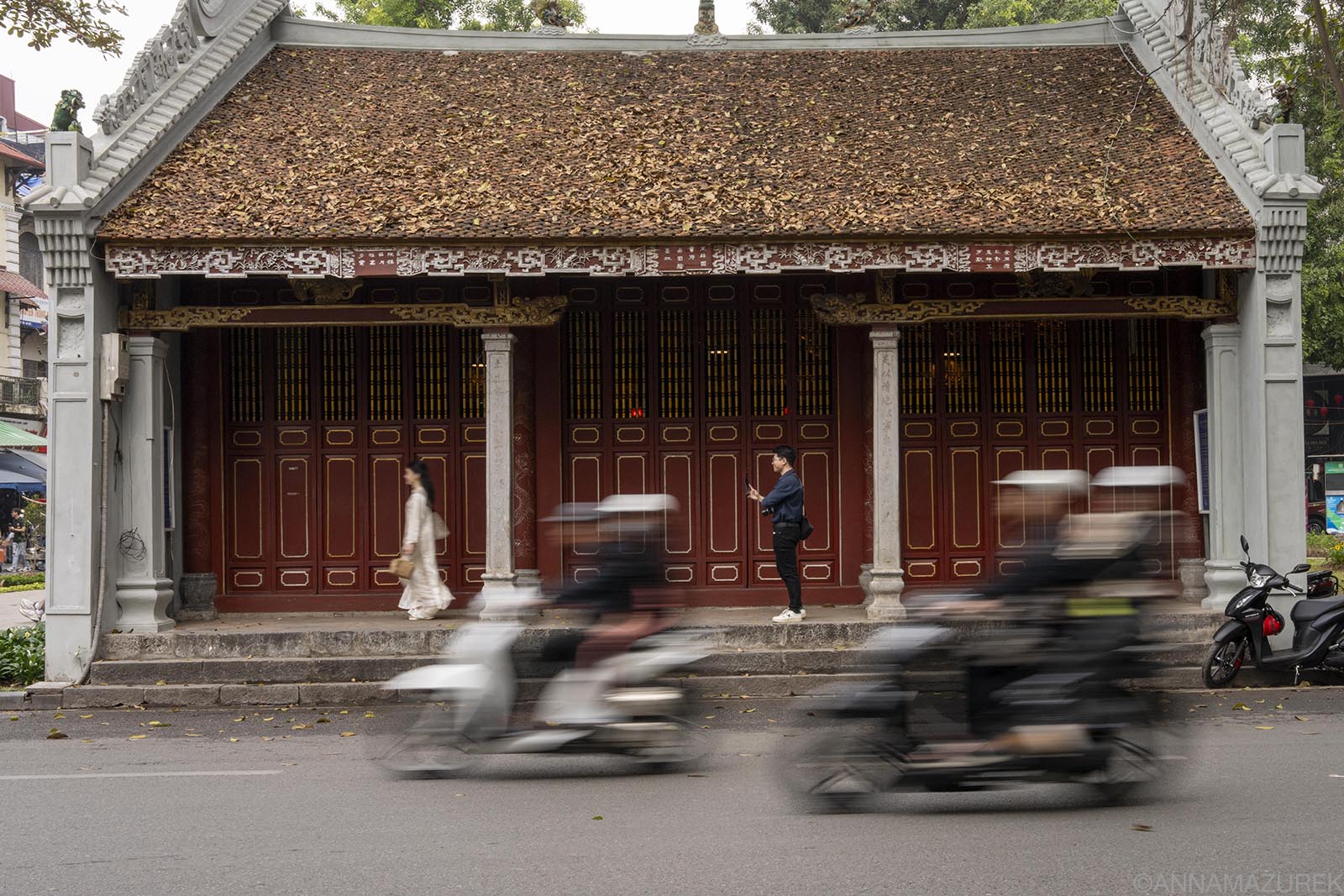 The best places to stay in Hanoi are around Hoàn Kiếm Lake and the Old Quarter.
The best places to stay in Hanoi are around Hoàn Kiếm Lake and the Old Quarter.
The Best Places to Stay in Hanoi
Hotels: The highest-rated budget hotels include Hanoi Saga Hotel ($27/night) and TrangTrang Premium Hotel & Sky Bar ($37/night). The La Sinfonia del Rey Hotel & Spa ($82/night) is lovely and has that great rooftop I mentioned. I’ve also stayed at the Hanoi Authentic Boutique Hotel ($62), which has a great location.
Hostels: The Old Quarter View Hanoi Hostel has 6-12 dorm rooms with a/c starting at $18.
Splurge: If you’re looking to do a crazy splurge or cash in some credit card points, the historic 1901 Sofitel Legend Metropole is one of the nicest hotels in Vietnam. Even if you aren’t staying there, book one of their historic tours that takes you down into the wartime bunker!
The Best Time to Go to Hanoi
May through October is the rainy season, which also means the foliage will be very lush and green. Temperatures will start to cool down in November and December. January can be cold a night (50s Fahrenheit)! (Personally, I love October in Asia in between the rainy and dry seasons.)
The winter months usually mean dreary skies and high air pollution due to several factors including heavy traffic and industrial pollution from power plants. (In rural parts of Asia, farmers burn the fields in winter to prepare for planting, which creates a huge amount of air pollution.) The colder weather in Hanoi traps these pollutants closer to the ground.
During TET (Lunar New Year), the city is emptier than normal because many attractions and restaurants shutdown. It’s best to avoid this time of year because prices spike.
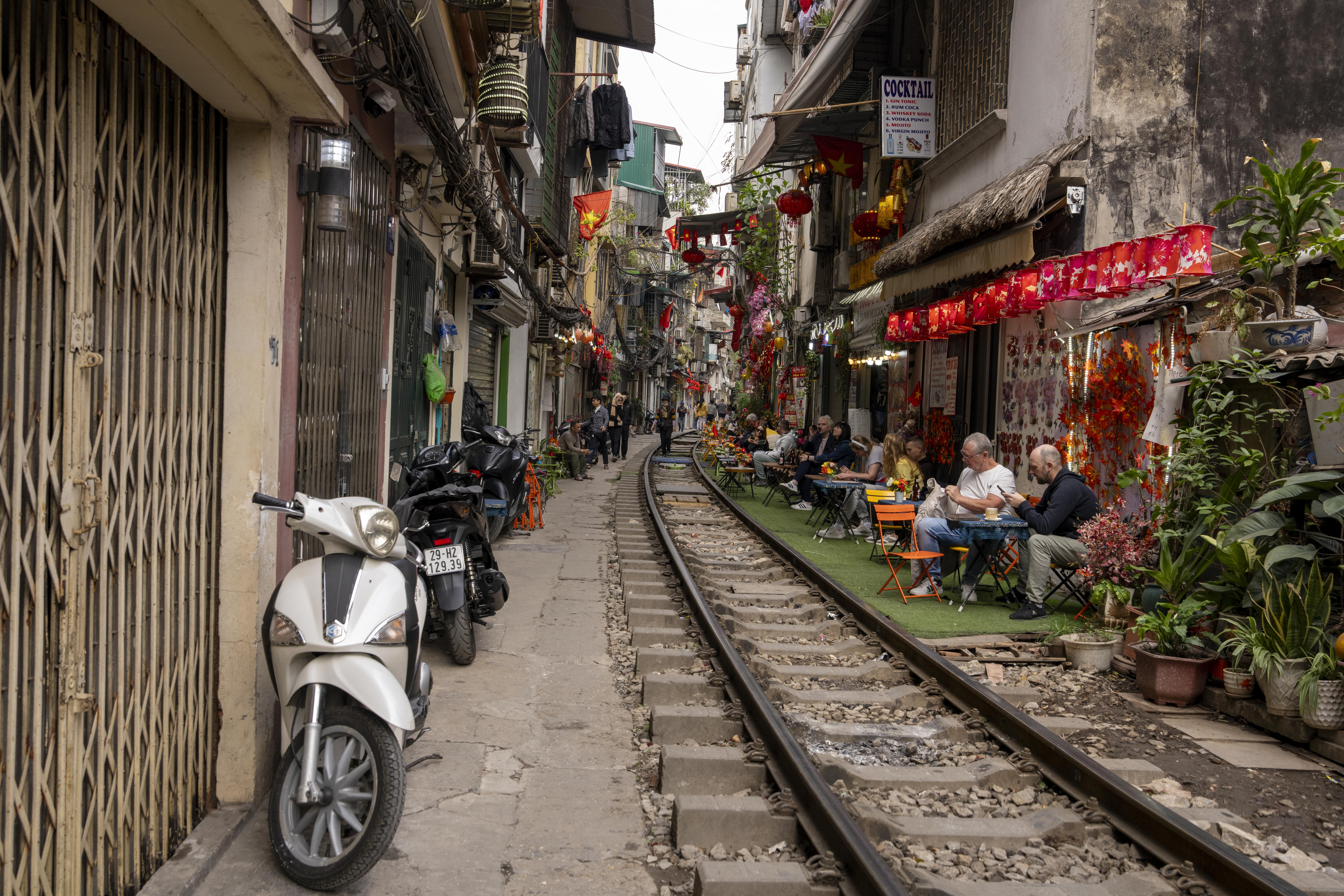 Hanoi’s famous train street is lined with cafes just inches from the tracks.
Hanoi’s famous train street is lined with cafes just inches from the tracks.
Vietnam FAQ
Where’s the best place to buy a SIM card in Vietnam?
The easiest thing to do is buy a Vietnam-specific eSIM card from Airalo that will work instantly when you arrive. (Airalo partners with Viettel, the fastest network in Vietnam.) For more details, read my review of Airalo eSIM cards in Southeast Asia.
Promo Codes: New customers save 15% off with NEWTOAIRALO15 and existing users save 10% with AIRALOESIM10.
If you are traveling to multiple countries in Southeast Asia on a short trip, then consider one of their Asia Regional eSIM cards. (Both the country-specific and regional eSIMs have worked wonderfully for me and even have a mobile hotspot option that’s critical for me because I’m always working remotely.) Keep in mind it’s always cheaper to buy a country-specific eSIM than a regional one.
Do you need travel medical insurance for Vietnam?
Yes, travel medical insurance is one of the most important things to purchase for any trip abroad, especially Vietnam. It covers all the things that could go wrong from injuries to travel delays so that you don’t have to worry and can focus on traveling!
SafetyWing’s Nomad Insurance offers $0 deductible travel medical insurance coverage for over 180 countries for people aged 69 and under when traveling outside their home country. The best part is that it only costs a few dollars a day! If you get sick or injured abroad, you can visit any hospital or doctor.
Other benefits of Nomad Insurance include coverage for lost checked luggage, travel delays over 12 hours, motor accidents (if properly licensed, wearing all safety equipment and not intoxicated) and injuries from sports or leisure activities. You can even add adventure sports, electronics theft and U.S. coverage (for non-residents) to your policy.
One of the best things about SafetyWing is that you can buy policies abroad and speak to a REAL human from the 24/7 customer support team if you have questions! (I can vouch that they are excellent at assisting and will follow up with you afterward.) Pay in full or choose an auto-renewing plan that can be canceled anytime.
For more details, read my review of using SafetyWing in Southeast Asia.
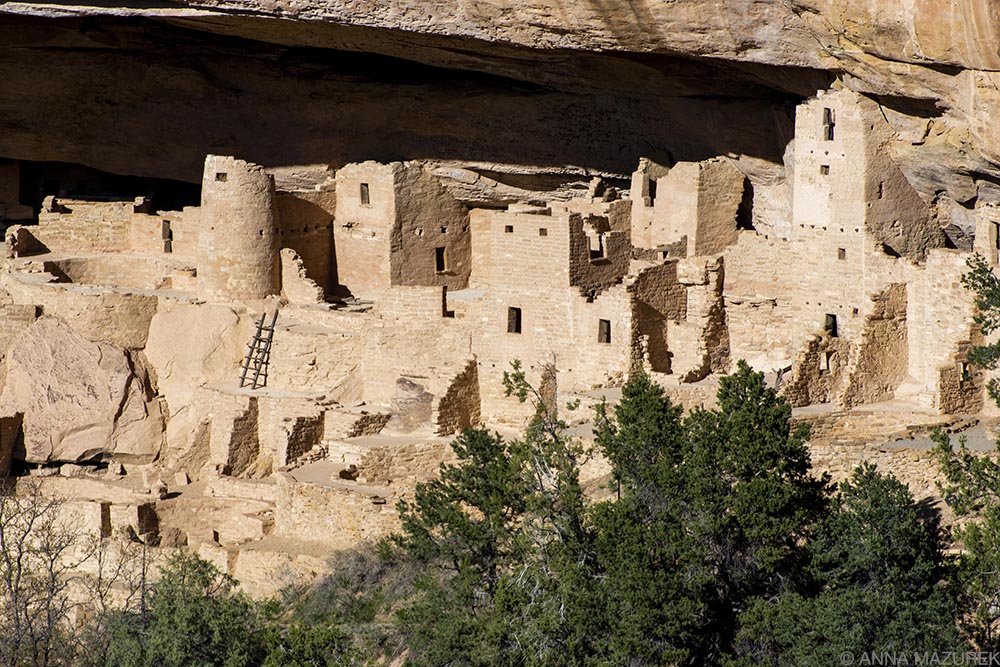
Photo Guide to Mesa Verde National Park
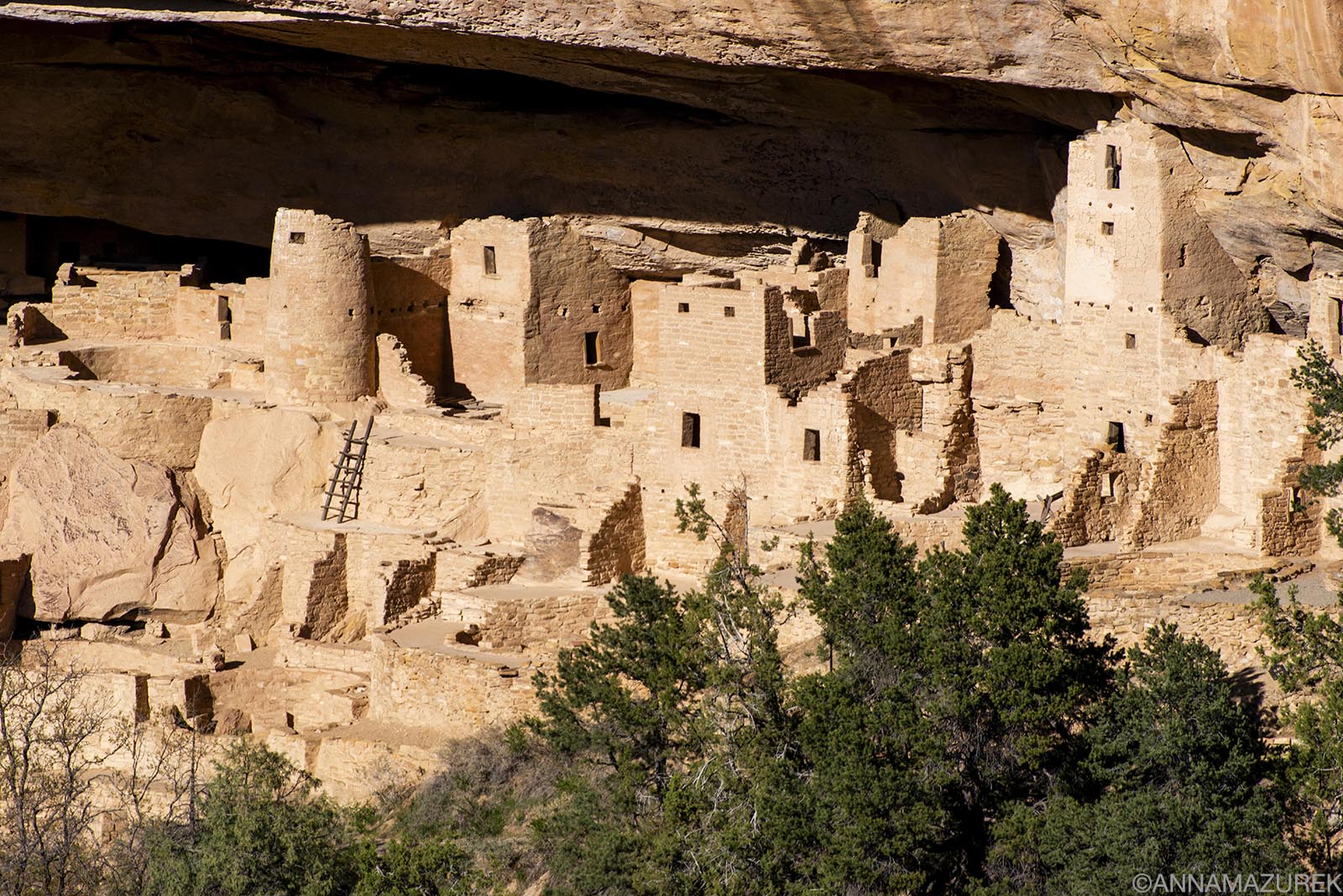 Cliff Palace cliff dwelling photographed from the Cliff Palace Viewpoint by Sun Temple on Mesa Loop. Camera Settings: f/16 @ 1/250, ISO 400, 350 mm (70-200mm lens with 2X teleconverter.)
Cliff Palace cliff dwelling photographed from the Cliff Palace Viewpoint by Sun Temple on Mesa Loop. Camera Settings: f/16 @ 1/250, ISO 400, 350 mm (70-200mm lens with 2X teleconverter.)
Mesa Verde National Park is one of my favorite places in the Southwest. In 1906, it became the seventh national park in the U.S. in 1906 and is home to hundreds of ancient cliff dwellings. Now, it’s a World Heritage Site and International Dark Sky Park. In this post, I included a detailed list of the best things to see in Mesa Verde along with the best times for photography. For logistics about cost and where to stay at Mesa Verde National Park, please read the FAQ section at the end of the post.
Why is Mesa Verde Worth Visiting?
Mesa Verde National Park is home to over 600 cliff dwellings built by the ancestral Pueblo people starting in A.D. 550. The settlements evolved from half-buried pit houses to above-ground multi-room and often multi-story complexes made of stones and mud mortar, with thick wooden beams supporting roofs topped with a layer of dirt. Kivas, circular ceremonial chambers, were also key features. The walls were often covered in plaster. The settlement was abandoned by 1300 with any clear indication of why, but several theories suggest climate change or conflict. In addition to the cliff dwelling tours, be sure to stop by the Mesa Verde Museum and the Mesa Verde Visitors Center.
Where is Mesa Verde National Park?
Mesa Verde National Park is in southwestern Colorado and the closet town is Cortez, Colorado, which is where I recommend staying. It’s a 13-minute drive from Cortez to the park entrance but another 45-to-60-minute drive from the entrance to the main sites and cliff dwellings.
Guide to Mesa Verde National Park
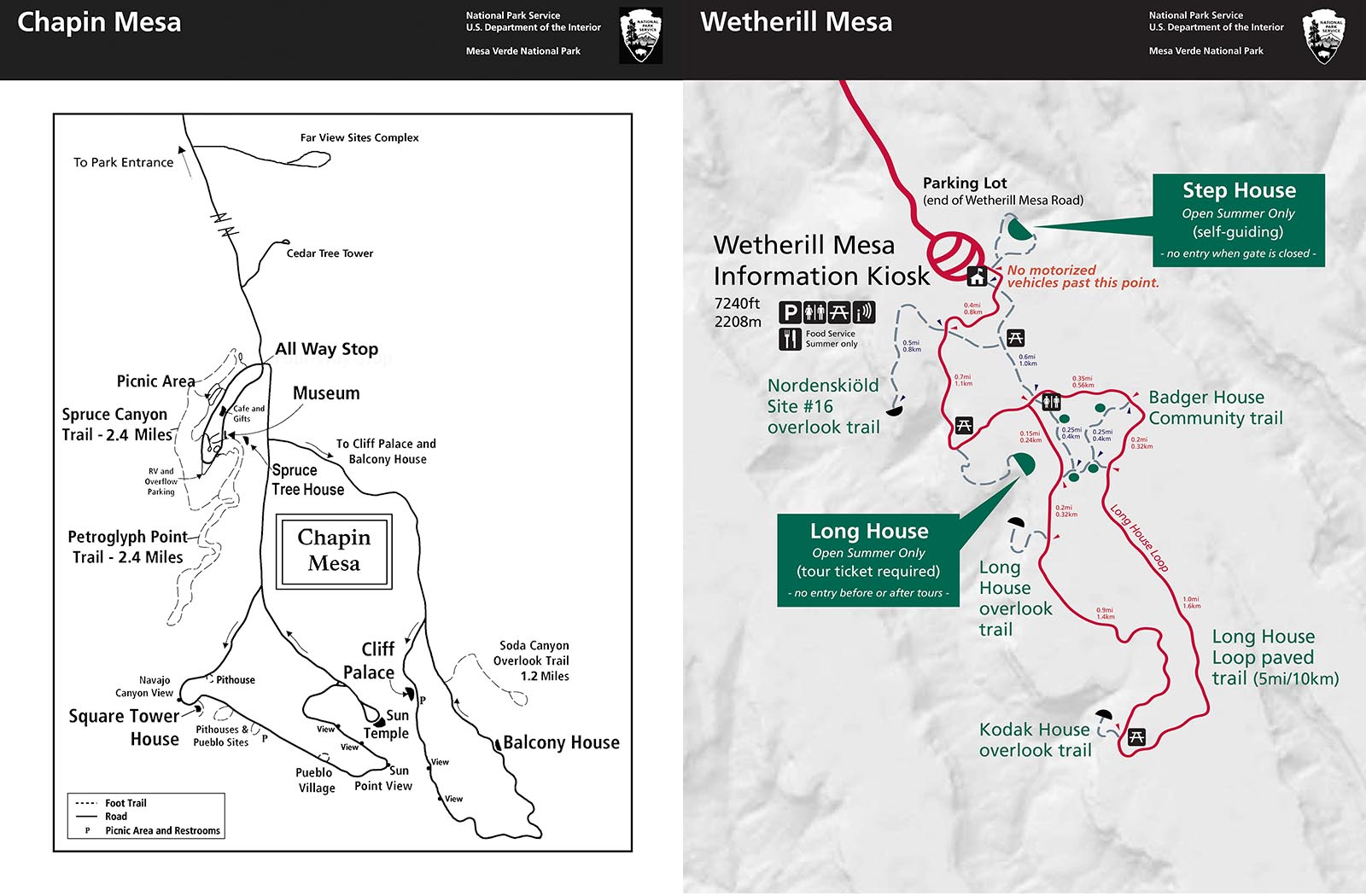 These maps from the NPS show the main areas of the park, Chapin and Wetherill Mesa, which are up to an hour drive from the park entrance.
These maps from the NPS show the main areas of the park, Chapin and Wetherill Mesa, which are up to an hour drive from the park entrance.
There are two main sections of the park – Wetherill Mesa and Chapin Mesa. Chapin Mesa includes Mesa Loop, Cliff Palace Loop and Spruce Tree House. Wetherill Mesa is a good 30–60-minute drive from the other sites, which are closer together. It can take 45 to 60 minutes to drive from the park entrance to any of the locations listed. All park roads are narrow two-lane winding roads so driving between sights can take a while if there’s traffic or construction. (There was a good bit of construction when I visited, and Cliff Palace Loop was closed. It’s slated to be open summer 2025 if construction on viewing platforms is completed.) Check the park website for detailed maps and road closure notices before visiting.
Best Photo Spots in Mesa Verde National Park
I’ve organized my favorite photo spots in Mesa Verde National Park by location: Chapin Mesa versus Wetherill Mesa.
Chapin Mesa
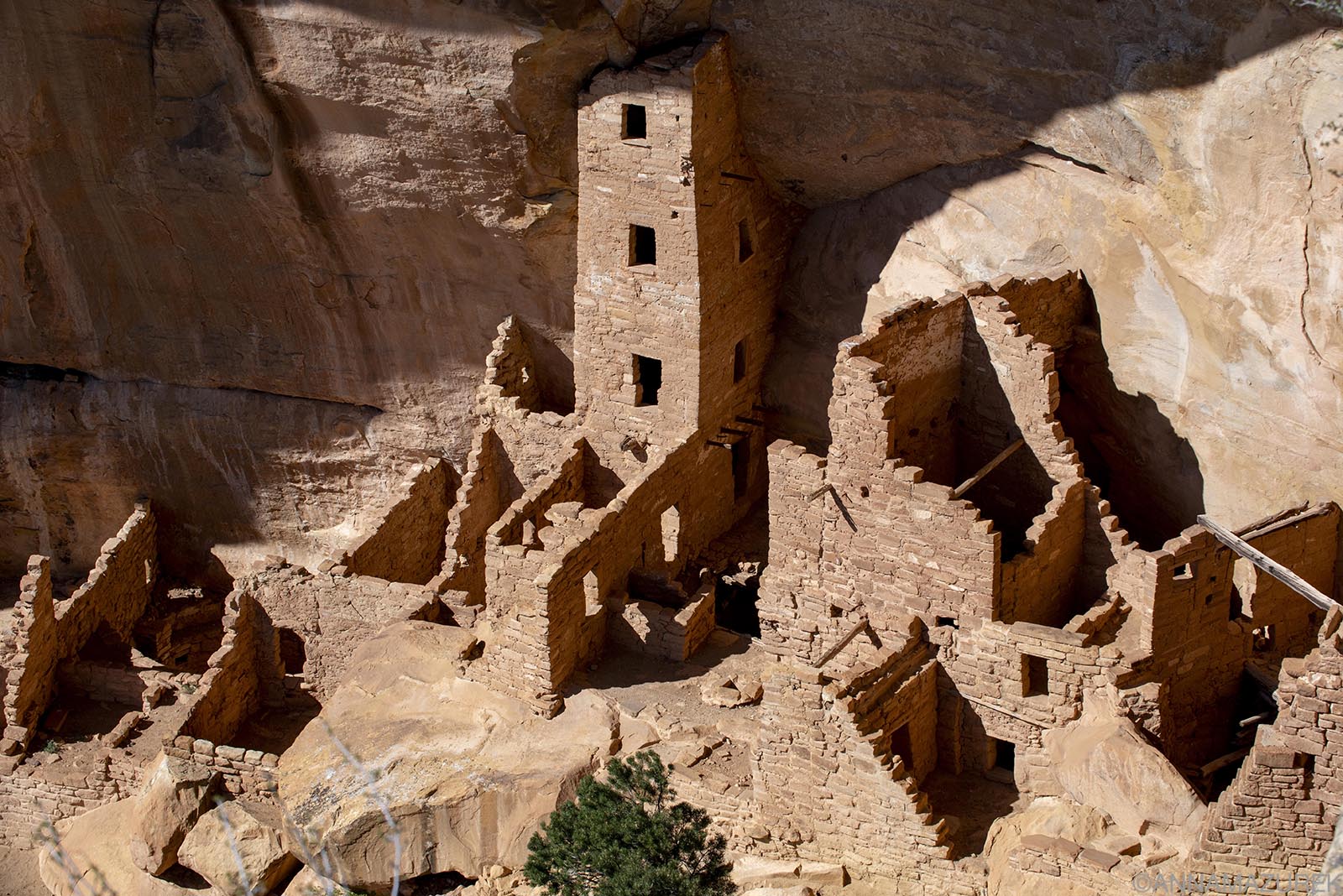 Square Tower House photographed from the viewpoint in the early afternoon. Camera Settings: f/11 @ 1/320, ISO 400, 95 mm with 70-200mm lens
Square Tower House photographed from the viewpoint in the early afternoon. Camera Settings: f/11 @ 1/320, ISO 400, 95 mm with 70-200mm lens
Chapin Mesa is the location for Mesa Loop, Cliff Palace Loop and Spruce Tree House. It’s the most popular portion of the park and most crowded. Cliff Palace Loop is currently closed as of October 2024 per a notice on the website in early 2025.
Cliff Palace Loop
 Cliff Palace cliff dwelling photographed from the Cliff Palace Viewpoint by Sun Temple on Mesa Loop. Camera Settings: f/16 @ 1/250, ISO 400, 350 mm (70-200mm lens with 2X teleconverter.)
Cliff Palace cliff dwelling photographed from the Cliff Palace Viewpoint by Sun Temple on Mesa Loop. Camera Settings: f/16 @ 1/250, ISO 400, 350 mm (70-200mm lens with 2X teleconverter.)
Cliff Palace Loop is located on Chapin Mesa and was closed due to construction when I visited. (It’s slated to be open summer 2025.) When the loop is open, Cliff Palace Dwelling is only accessible by guided tours for $8/person. The loop also contains Balcony House and the Soda Canyon Trail.
Mesa Loop
 New Fire Temple and New Fire House Overlook on Mesa Loop. Camera Settings: f/8 @ 1/1600, ISO 800, 240 mm with a 70-200mm lens with 2X teleconverter. The wind was insane here, which is why my shutter speed and ISO were high.
New Fire Temple and New Fire House Overlook on Mesa Loop. Camera Settings: f/8 @ 1/1600, ISO 800, 240 mm with a 70-200mm lens with 2X teleconverter. The wind was insane here, which is why my shutter speed and ISO were high.
The six-mile Mesa Loop, located on Chapin Mesa, will take a while to drive because there’s so much to see. Sunrise shots aren’t an option here because the road doesn’t open until the staff arrive (varies based on staffing so check website for details), but sunset is possible. Law enforcement will sweep the road before they close the gates at sunset so you can shoot until they come along. While it was cool to see the pit houses, they aren’t the best with photography because they are in buildings with guard rails. The viewpoints of the dwellings were the best photo spots. I recommend downloading the free Mesa Loop driving tour podcast before visiting.
Square Tower House
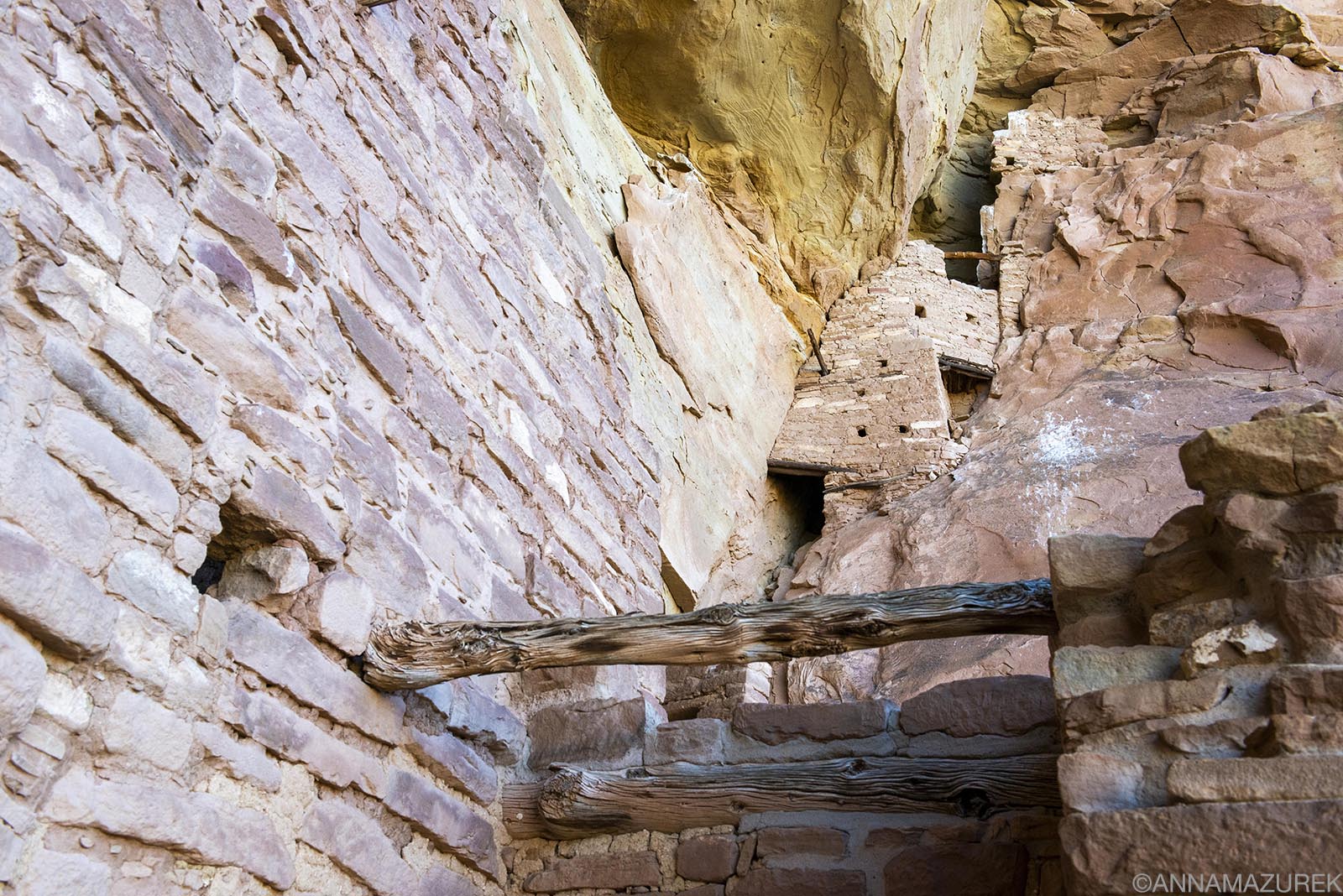 There is a crow’s nest set of buildings in in the corner of the canyon at Square Tower House that can only be seen on the tour. Camera Settings: f/9 @ 1/320, ISO 1250, 38mm with a 24-70mm lens.
There is a crow’s nest set of buildings in in the corner of the canyon at Square Tower House that can only be seen on the tour. Camera Settings: f/9 @ 1/320, ISO 1250, 38mm with a 24-70mm lens.
The house itself is in the shade in the morning and full sun later in the afternoon. I recommend shooting in the afternoon to get the light on the house and the cliff. For tours, it’s best to go in the morning when the house is in the shade to avoid harsh shadows in the afternoon. The trail is only a mile but includes two ladders. It was my favorite of the two ranger-guided tours I did. There’s a cool Crow’s Nest building that can’t be seen from the viewpoint that we kept joking was a kid’s treehouse!
Cliff Palace Viewpoint by Sun Temple
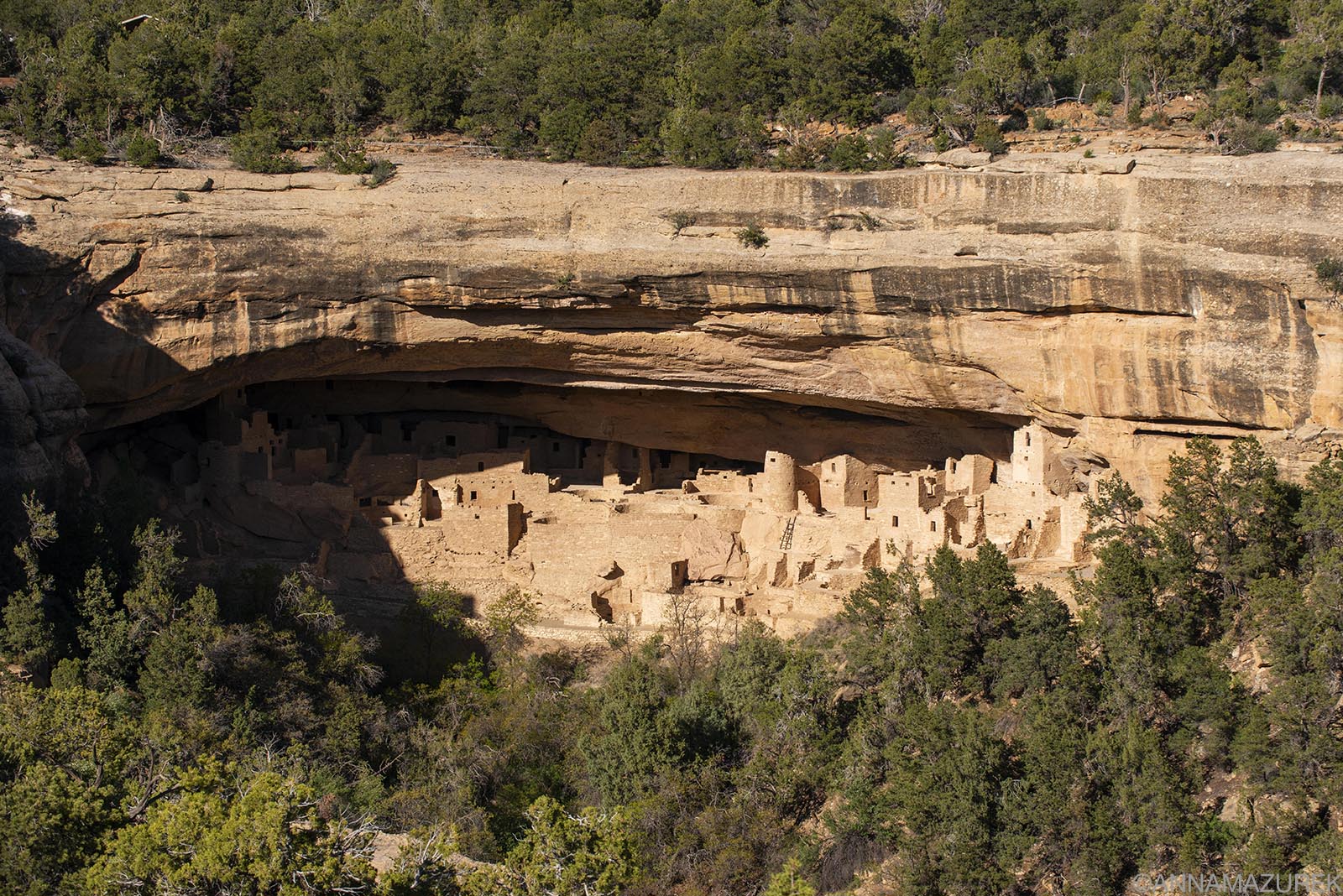 Cliff Palace cliff dwelling photographed from the Cliff Palace Viewpoint by Sun Temple on Mesa Loop. Camera Settings: f/11 @ 1/400, ISO 500, 98mm with 70-200mm lens. This was shot at roughly 4:30 p.m. in May. I’d suggest going earlier in day to avoid the dark shadow on left.
Cliff Palace cliff dwelling photographed from the Cliff Palace Viewpoint by Sun Temple on Mesa Loop. Camera Settings: f/11 @ 1/400, ISO 500, 98mm with 70-200mm lens. This was shot at roughly 4:30 p.m. in May. I’d suggest going earlier in day to avoid the dark shadow on left.
Spruce Tree House
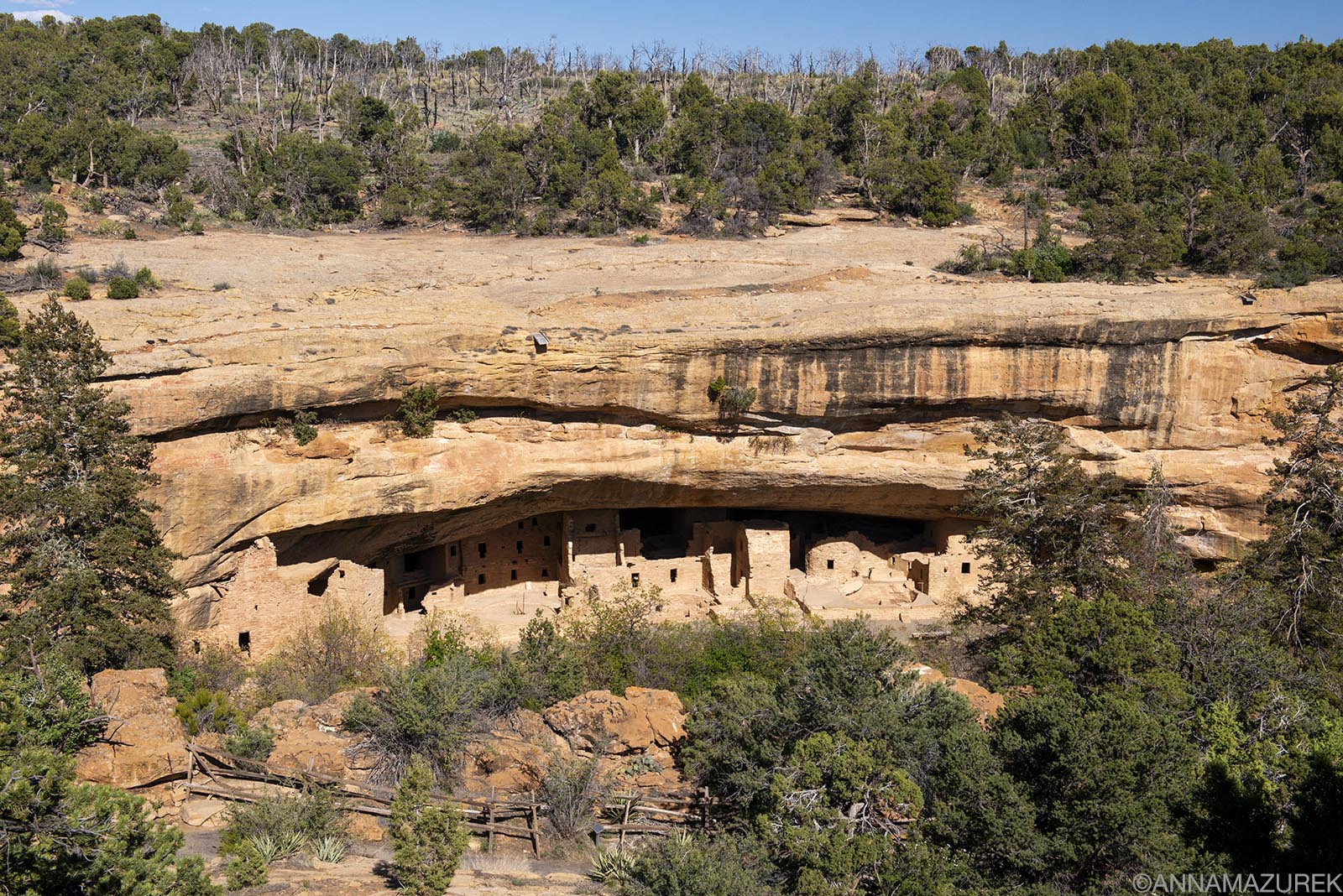 The view of Spruce Tree House from the back porch of the ranger’s office is one the best viewports in my opinion. Camera Settings: f/11 @ 1/320, ISO 400, 48mm with a 24-70mm lens.
The view of Spruce Tree House from the back porch of the ranger’s office is one the best viewports in my opinion. Camera Settings: f/11 @ 1/320, ISO 400, 48mm with a 24-70mm lens.
Due to rock falls, Spruce Tree House is closed for the foreseeable future. (Previously, it was open to a self-guided tour.) There’s a lovely view of it from the back porch of the ranger’s office, which is better than the viewpoint below on the trail because it puts you above some of the trees. Unlike the other loops Spruce Tree House area is open 24/7 so you can shoot at sunrise or sunset easily, which I’d recommend. Otherwise, you’ll have to time your shoot between 3-5 p.m. to get light on the house while avoiding shadows from the cliff above or the trees in front. Around 6 p.m. the shadows from the trees in front really photobomb the image.
I’d only recommend sunrise/sunset shoots if you feel comfortable driving the two-lane winding park roads in the dark. The roads are well maintained but pretty scary driving out of the park at night, which is why I never stayed for sunset. There are some pretty steep drop-offs with no guardrails on the road! Plus, wildlife is another concern at night – there are still wild horses roaming the park. Due to this, I wasn’t happy with any of my images of Spruce Tree House.
The bathrooms at Spruce Tree House are the best ones. Mesa Loop only had portable toilets when I was there.
Wetherill Mesa
(Wetherill Mesa was closed for all of 2024 but the park office said it should hopefully be open in summer 2025 depending on staffing.)
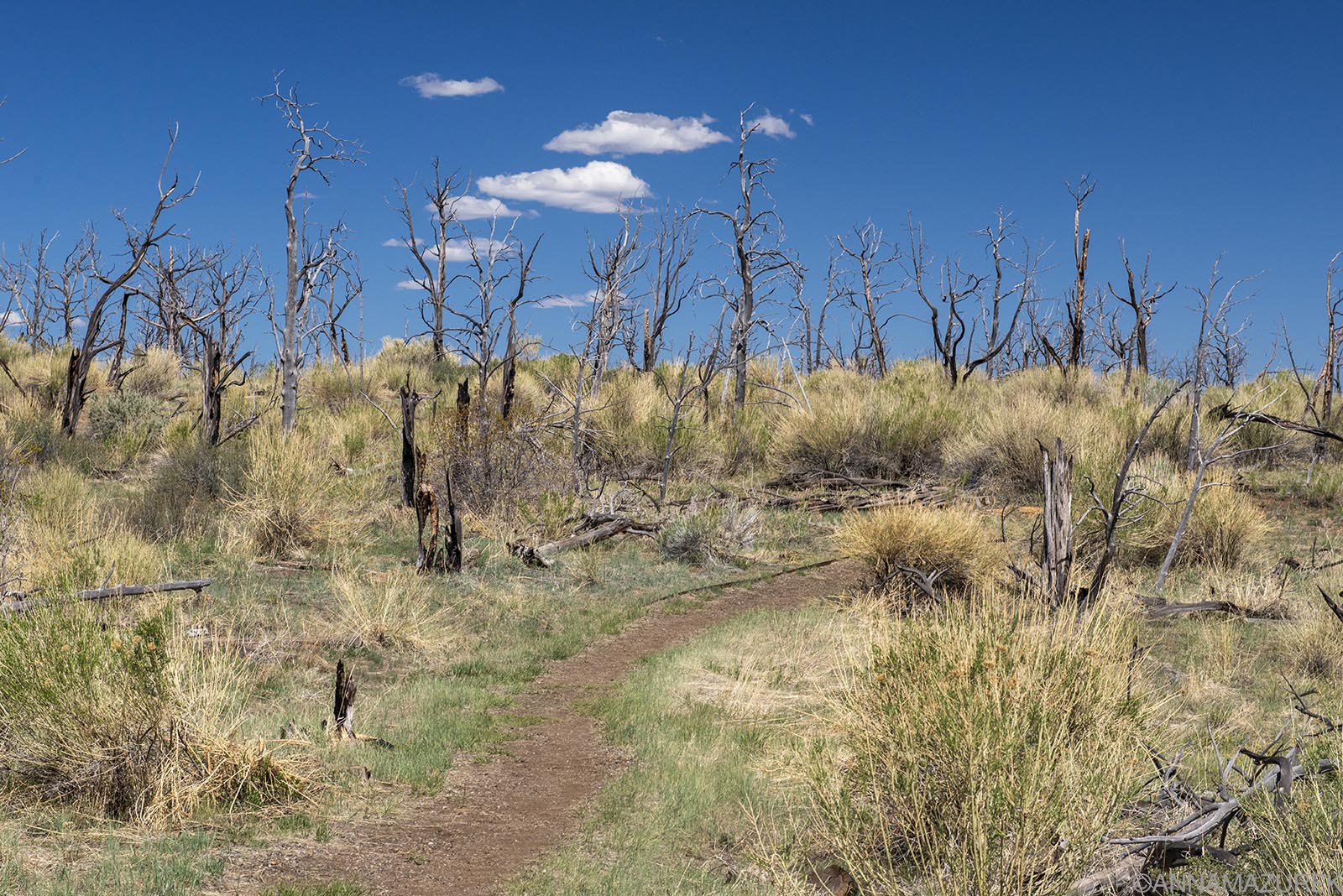 The majority of the trails at Wetherill Mesa are flat unless you are touring one of the cliff dwellings.
The majority of the trails at Wetherill Mesa are flat unless you are touring one of the cliff dwellings.
Once you arrive at Wetherill Mesa, you have to walk to the sites. No cars are allowed beyond the parking lot. All the trails to viewpoints are flat and easily bikeable. (This is the ONLY area in the park where bikes are allowed!) There’s no shade so go early or be prepared for the sun and wind! The area is open from May to October and is usually the quieter part of the park. Allow a least half a day to see all the sites excluding dwelling tours. There’s a ranger posted at a desk at the entrance. I’ve listed the sites you can physically visit below, but there are more sites you can see from viewpoints. It takes about 45 minutes to drive to Wetherill Mesa from Chapin Mesa and about 45-60 minutes from the park entrance!
Step House
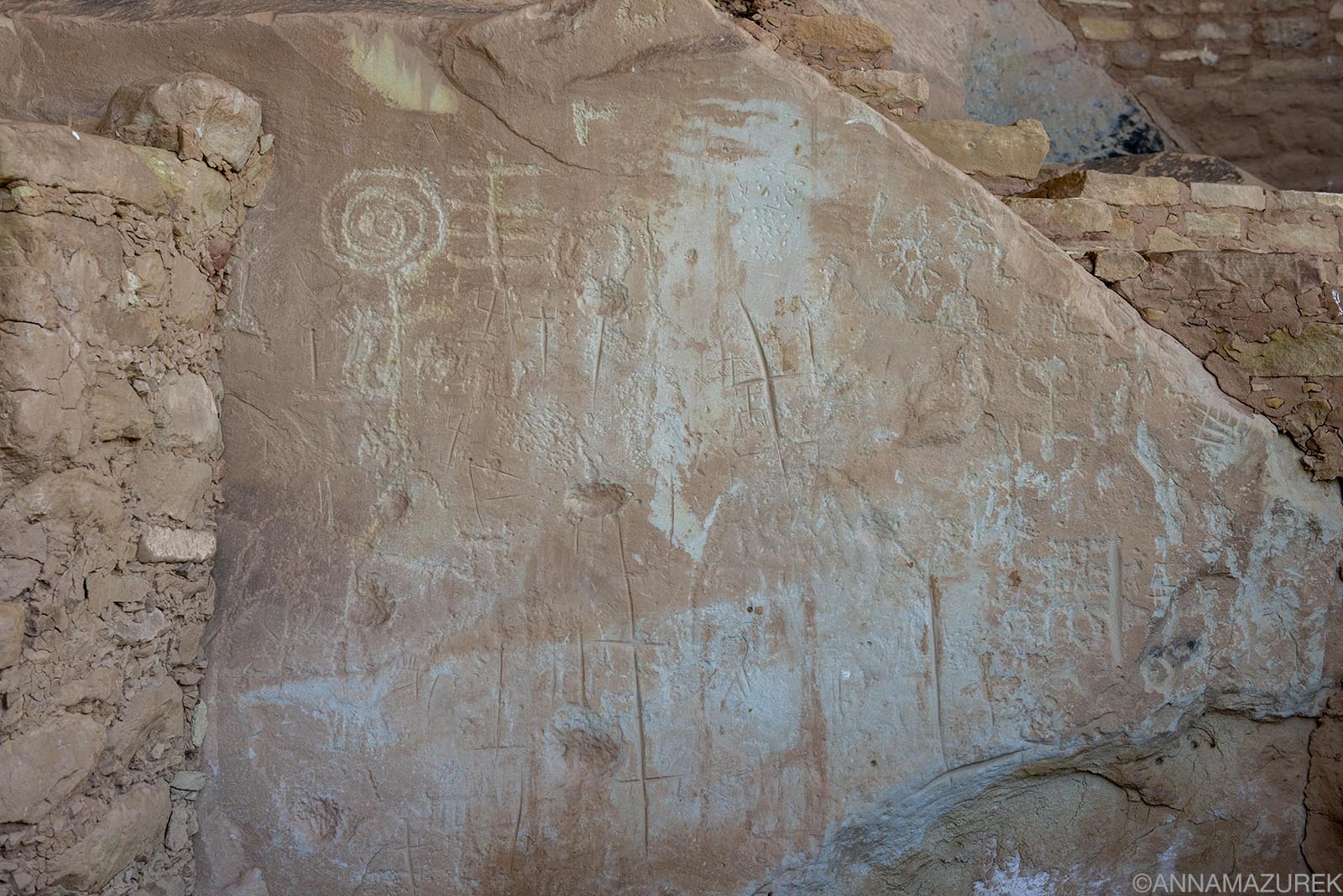 Petroglyphs inside Step House at Wetherill Mesa. This dwelling isn’t as amazing as the others but is very accessible.
Petroglyphs inside Step House at Wetherill Mesa. This dwelling isn’t as amazing as the others but is very accessible.
A one-mile roundtrip trail starts at the kiosk and leads through the cliff dwelling that was once home to 30-40 people. It’s a unique site with a reconstructed pit house constructed around 620 and a multi-story pueblo built in 1226. It’s not as impressive as the other dwellings on the guided tours but this is the most accessible by foot, which is why they allow self-guided tours. A ranger is always on duty to answer questions at the site.
Mug House
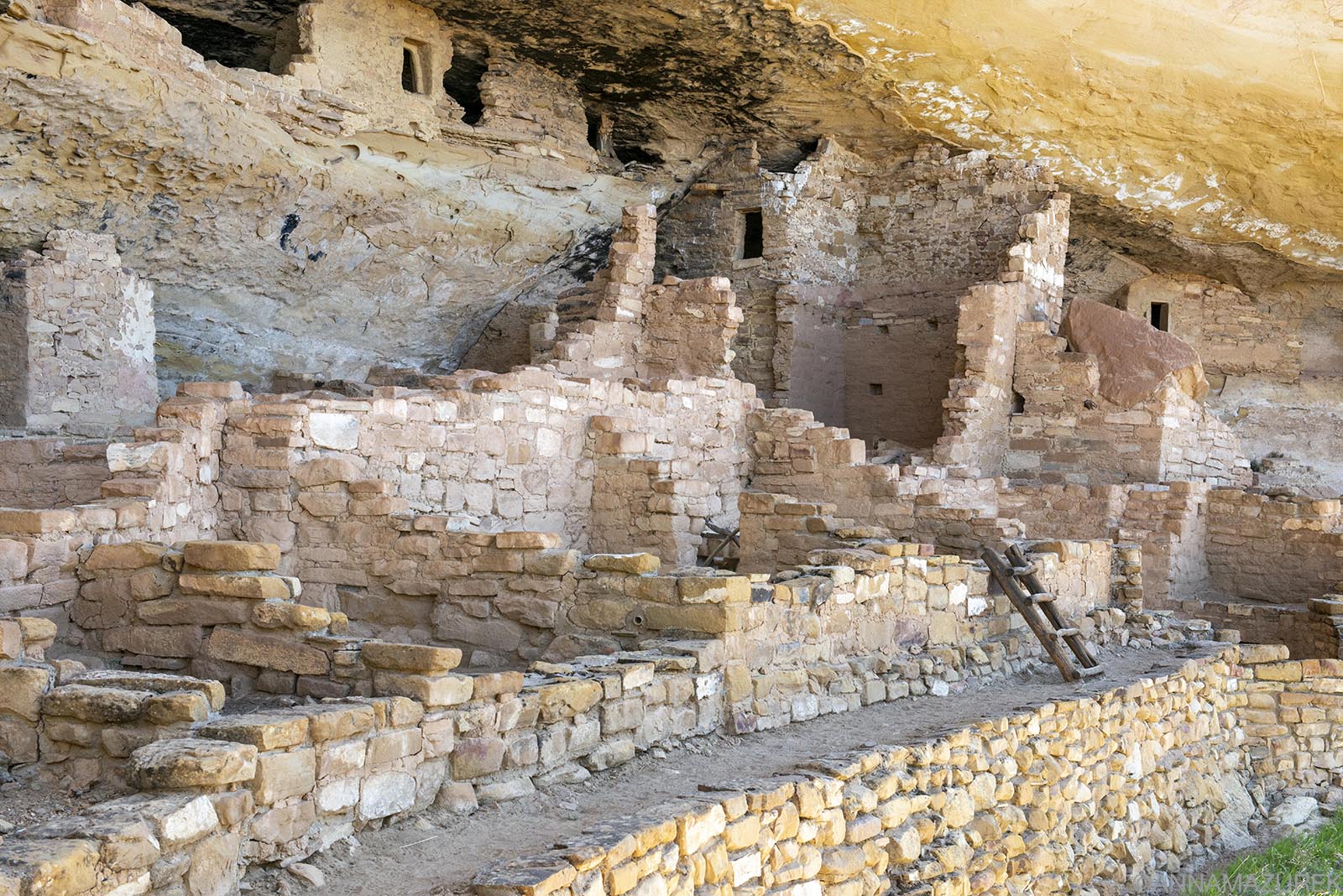 Mug House isn’t visible from any viewpoints and can only be visited on a tour. Camera Settings: f/10 @ 1/160, ISO 640, 52mm with a 24-70mm lens.
Mug House isn’t visible from any viewpoints and can only be visited on a tour. Camera Settings: f/10 @ 1/160, ISO 640, 52mm with a 24-70mm lens.
Mug House isn’t listed on any map and is only accessible by guided tour with a ranger. It’s a three-mile roundtrip hike from the kiosk and not visible from any viewpoint. While it’s labeled as a strenuous hike, I didn’t think it was bad. I did the noon tour, and the site was still in the shade since it faces west. The dwelling was named for three mugs found tied together on the site. Tours are $25/person with a maximum of 10 people.
Long House
Long House is the second-largest cliff dwelling in the park with 150 rooms and accessible only by a ranger-guided tour. ($8/person) It’s the most in-depth tour offered at the park but wasn’t available on the dates I visited.
Trails at Wetherill Mesa
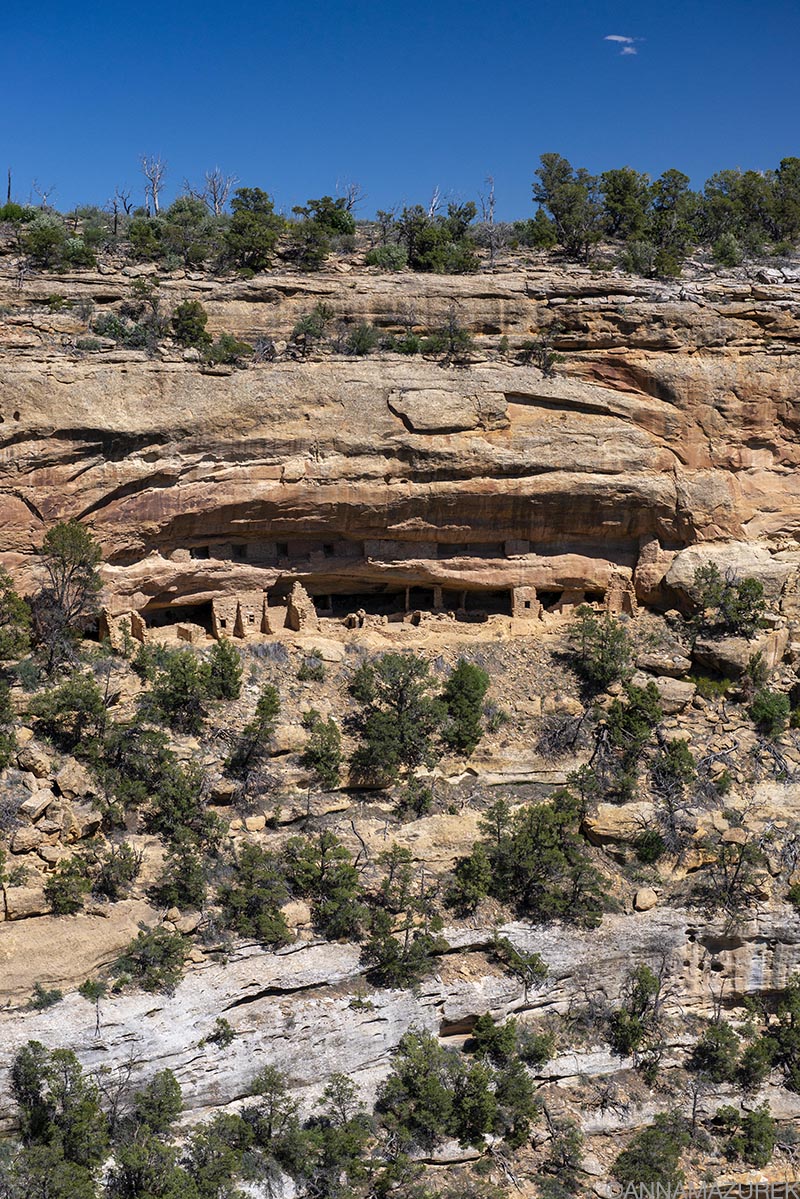 Nordenskiöld Site #16 photographed from the viewpoint. Camera Settings: f/8 @ 1/640, ISO 400, 60mm with a 24-70mm.
Nordenskiöld Site #16 photographed from the viewpoint. Camera Settings: f/8 @ 1/640, ISO 400, 60mm with a 24-70mm.
The main trail is the paved five-mile Long House Loop that’s great for hiking or biking. The Kodak House overlook (2.5 miles) and Long House overlook (1.5 miles) are located on the trail. Bikes have to be parked at the trailhead while you walk the .15-mile trail to the overlooks. The Badger House Community Trail (2.25 miles RT) weaves through four mesa-top sites and crosses the Long House Loop trail. The Nordenskiöld Site #16 Trail leads to an overlook of the cliff dwelling and is two miles roundtrip. All trails are relatively flat but exposed to sun/wind. (Due to the heat and exhaustion of doing two dwelling tours and Step House back-to-back, I only did the Nordenskiöld Site #16 Trail.)
Far View Sites
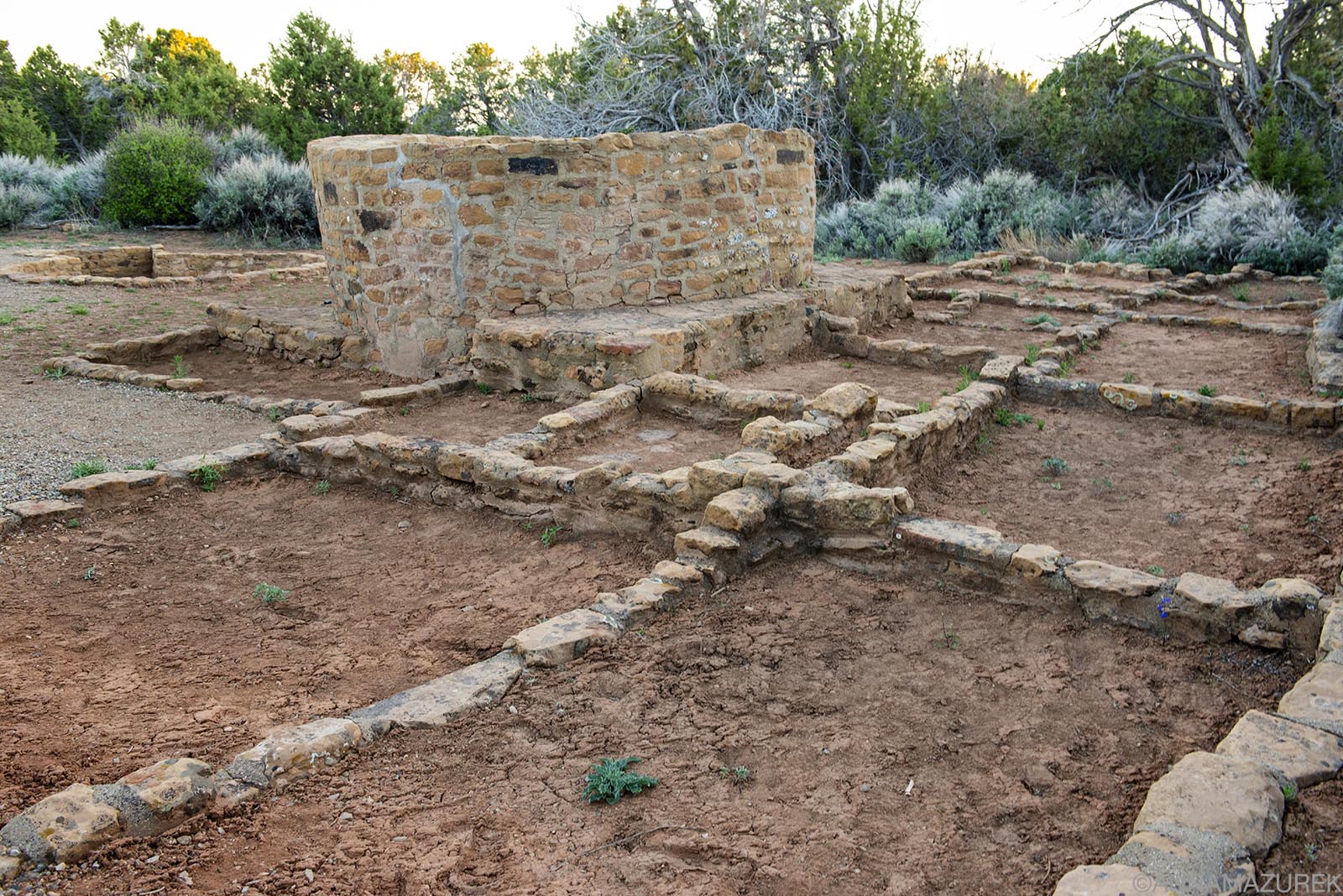 I had the Far View Sites to myself at sunset, which I recommend to avoid people in your photos. Camera Settings: f/6.8 @ 1/80, ISO 1000, 32mm with a 24-70mm.
I had the Far View Sites to myself at sunset, which I recommend to avoid people in your photos. Camera Settings: f/6.8 @ 1/80, ISO 1000, 32mm with a 24-70mm.
The Far View area was a mesa-top community and one of the most densely populated regions. A .75-mile trail leads through ruins of several houses and a reservoir. I went right before sunset and really enjoyed this small walk. It’s definitely underrated and worth a visit! The site is open from 8 a.m. to sunset. It’s located on the main park road.
Hiking Trails at Mesa Verde National Park
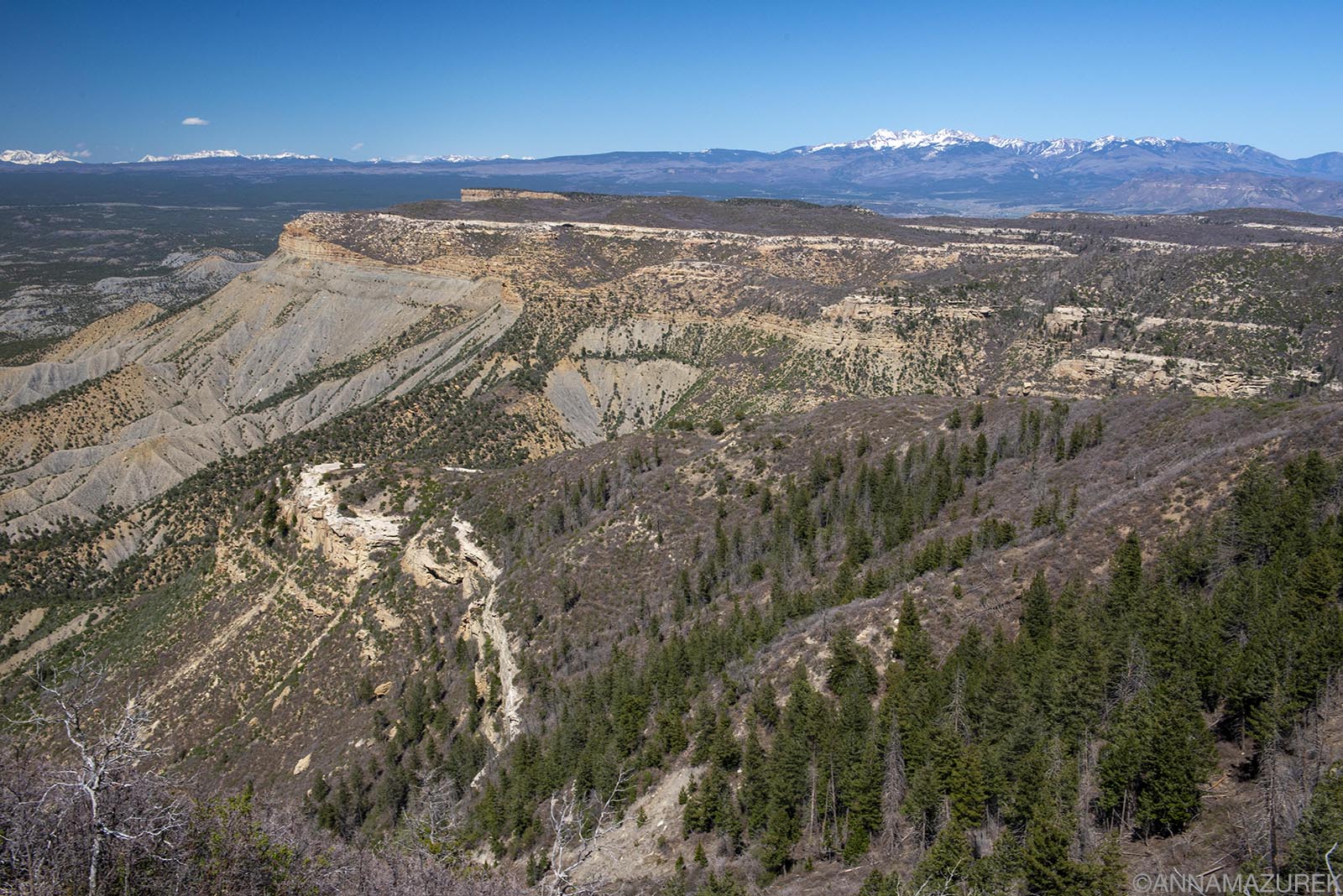 The main park road has several scenic viewpoints including this one — Park Point Viewpoint, the highest point in Mesa Verde.
The main park road has several scenic viewpoints including this one — Park Point Viewpoint, the highest point in Mesa Verde.
There are several hiking trails throughout the park. Many of the ones I was interested in were closed partially due to Cliff Palace Loop construction, which should be open in 2025. Elevation in the park ranges from 7,000 to 8,500 feet so carrying camera gear gets even harder if you’re not used to the elevation. The sun is relentless, and there’s very little shade so start hikes early. Since I was so focused on photography and booked the dwelling tours, I didn’t get to do any other hikes due to the heat. I wanted to do Petroglyph Point but skipped it since I was going to Petroglyph National Monument in Albuquerque a few days later.
The Mesa Verde Museum Association offers free downloadable site guides for Cliff Palace, Spruce Tree House, Wetherill Mesa (Step & Long House) and Balcony House.
Photo Tips for Mesa Verde National Park
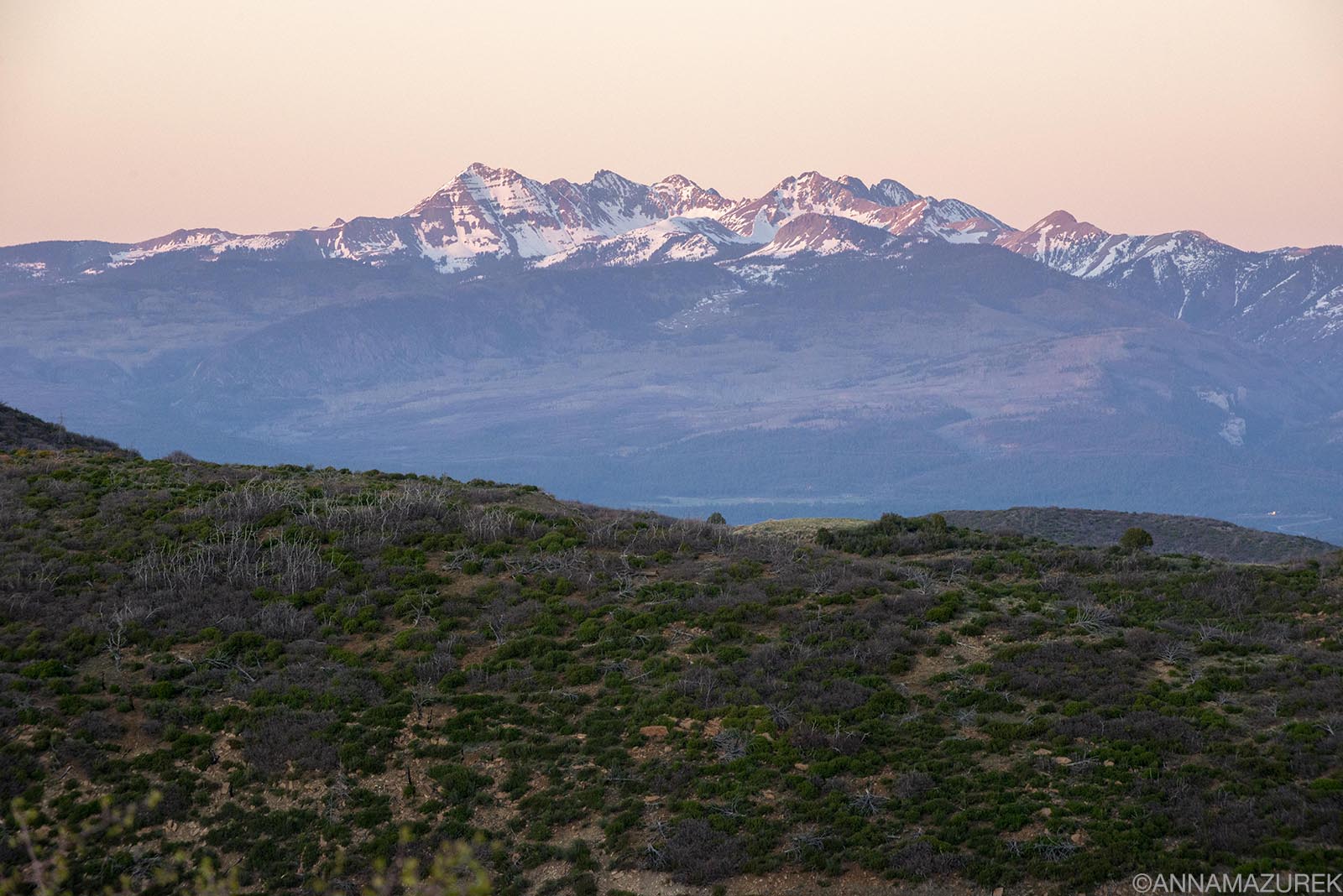 I stopped at an unmarked viewpoint to take this photo while I was leaving the park at sunset.
I stopped at an unmarked viewpoint to take this photo while I was leaving the park at sunset.
-
Lenses: You’ll need at least a 70-200mm zoom lens from the viewpoints for most of the cliff dwellings. I’d recommend a 400mm or a teleconverter as well. (I rented a Nikon 2X teleconverter from LensRentals.com for my trip to test it out, but I’d recommend a 1.4x teleconverter instead because that’s much sharper.)
-
Filters: A circular polarizer is a big help with the blue skies and helps reduce glare on the rocks, especially when shooting petroglyphs in the sun. A graduated neutral density filter would also be helpful with contrast but can be time consuming.
-
Take a Tripod: The wind is fierce so change lenses in your car or take two camera bodies. I’d recommend a tripod in low light or even with the teleconverter since the wind will knock you around. I used my Peak Design Travel Tripod, and it was perfect with my 70-200mm with the 2X teleconverter.
-
Photo Guide: At the entrance kiosk, they have an amateur photography guide with a chart of the most photographed areas in the park and the best times to shoot during the summer. I’ve included the chart below.
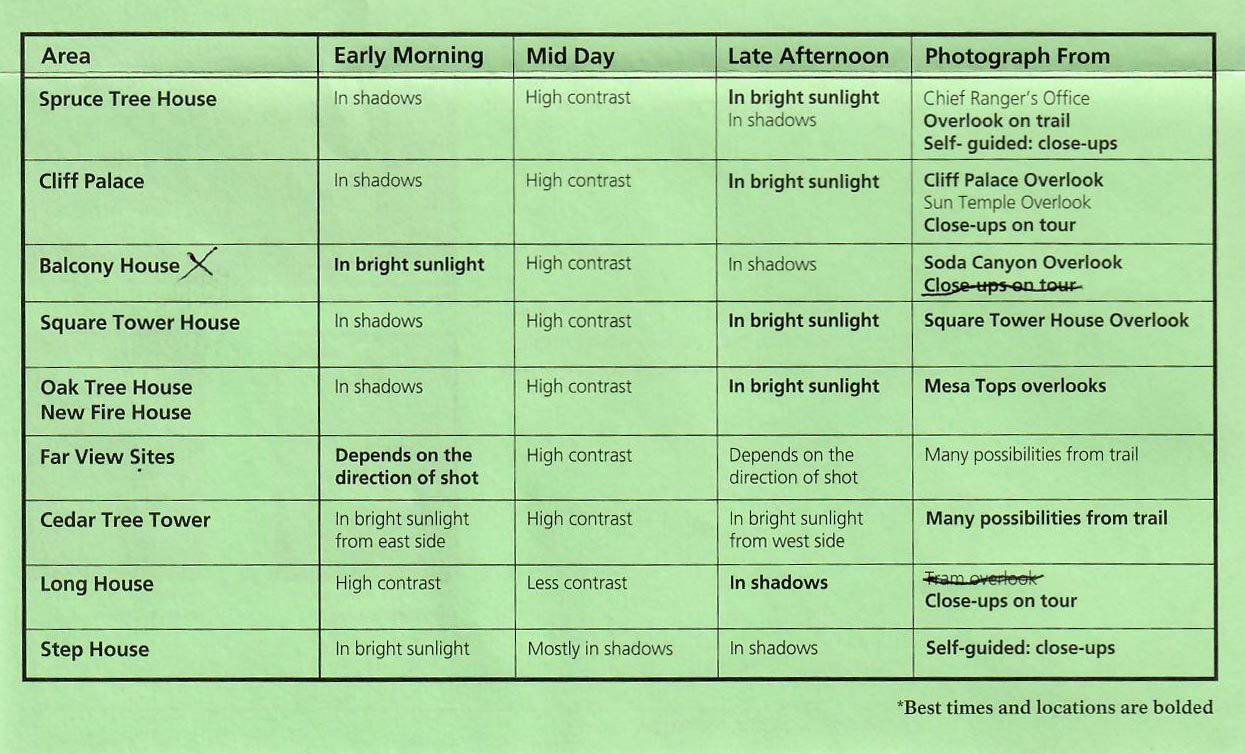 This is a scan of the National Park Service’s amateur photography guide for Mesa Verde National Park that is available at visitors center and entrance kiosks. The best times and locations for summer are bolded.
This is a scan of the National Park Service’s amateur photography guide for Mesa Verde National Park that is available at visitors center and entrance kiosks. The best times and locations for summer are bolded.
Mesa Verde National Park FAQ
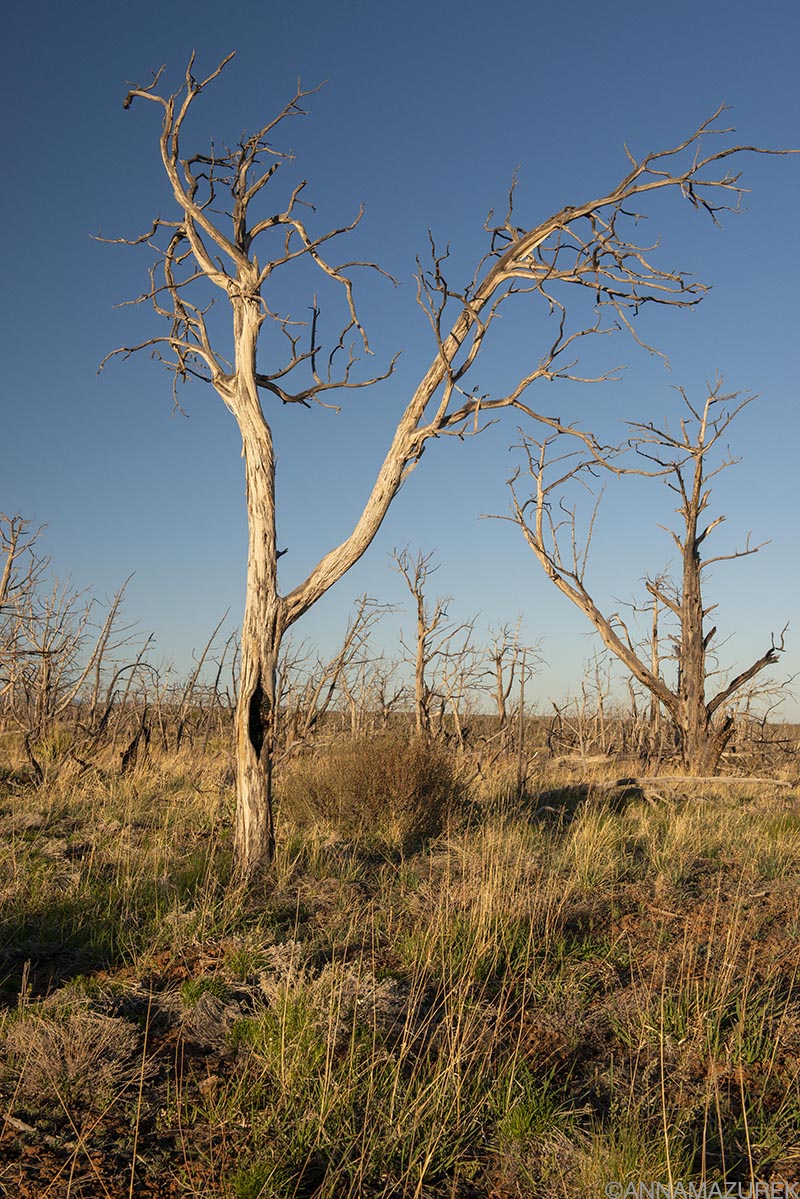 Every year there’s a series of “dry” lightning fires on the mesa tops, which are usually labeled by signs with the date of the fire. Since the park was established in 1906, 70 percent of the park has been burned by wildfires.
Every year there’s a series of “dry” lightning fires on the mesa tops, which are usually labeled by signs with the date of the fire. Since the park was established in 1906, 70 percent of the park has been burned by wildfires.
How much time do you need to visit Mesa Verde National Park?
Not all the sites are Mesa Verde are open at the same time each year so it honestly will probably take multiple trips to see it all. Otherwise, I’d suggest at least three to four full days and possibly more for photography. You could spend an afternoon going to the main sights on Mesa Loop but what makes this place special is going into the dwellings on a tour! It can take 45 to 60 minutes to drive from the park entrance to any of the locations listed above. All park roads are narrow two-lane winding roads so driving between sights can take a while if there’s traffic or construction. I was only here for two days (too short) because I added this on to a New Mexico road trip but plan to come back in the next year or two.
How much does it cost to visit Mesa Verde National Park?
For private vehicles, the entry fee is $30 from May 10-Oct. 22 and $20 from Oct. 23- April 30. Motorcycles are $25 from May 10-Oct. 22 and $15 from Oct. 23- April 30. The park also sells annual $55 passes. If you’re going to visit more than one national park, I’d recommend an annual pass for $80 that covers one vehicle or up to four people. If there are cancelations, they will show up on Recration.gov. I recommend setting reminders and be logged in ready to book at 8 a.m. MDT. I got every tour I wanted using this strategy. Since cell service is limited in the park, save digital tickets to your phone or take a screenshot.
Can you tour the cliff dwellings at Mesa Verde National Park?
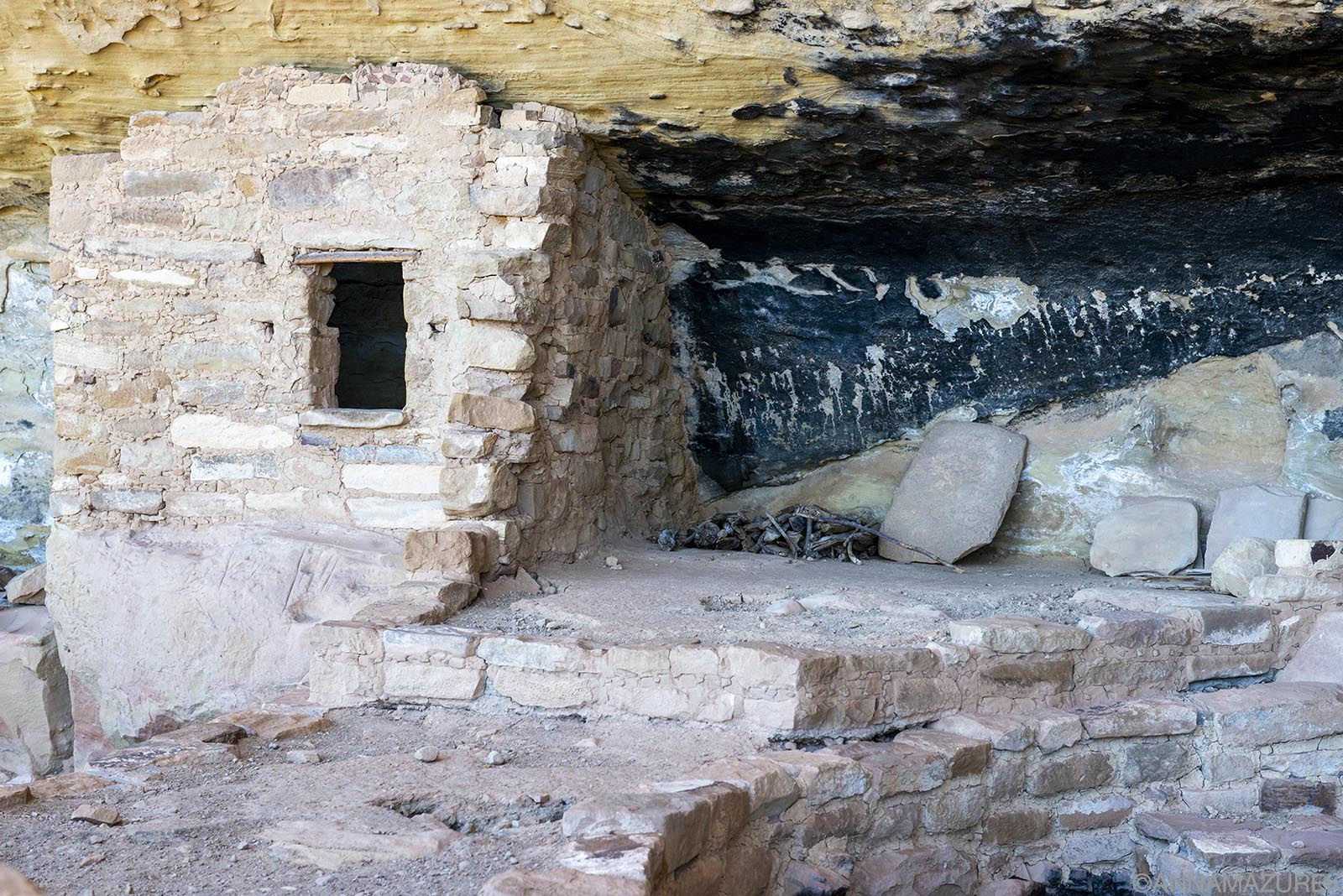 Mug House on Wetherill Mesa // The cliff dwellings are all made with rocks and mud mortar. The roofs were made of wood and covered in a layer of dirt. The black areas in the caves were the result of fires from the kitchen areas. Camera Settings: f/7.1 @ 1/250, ISO 650, 60mm with a 24-70mm lens.
Mug House on Wetherill Mesa // The cliff dwellings are all made with rocks and mud mortar. The roofs were made of wood and covered in a layer of dirt. The black areas in the caves were the result of fires from the kitchen areas. Camera Settings: f/7.1 @ 1/250, ISO 650, 60mm with a 24-70mm lens.
Step House is the only cliff dwelling that’s publicly accessible for a free self-guided tour. A handful of other dwellings are open for either ranger-assisted or ranger-guided tours for $8-45/person, which trust me is worth it, especially for photography. The only way to get detailed shots of the dwellings is to do a tour, which books up fast and reservations open at 8 a.m. MST 14 days before the date. (I was literally on my computer when the clock it 8 a.m. to book my tours! Each tour only had 10 spots!)
The dwellings that are open for tours varies each year, so check the park website for updates. I toured Square Tower House in the morning and Mug House in the afternoon. (Both were $25 each.) I highly recommend both but loved Square Tower House the most. Read the details for the tour carefully as some require climbing ladders on the trail.
More tours are offered during the summer, which is also the busiest season so expect crowds. Other sites available for tours are Long House and Spring House, which is an eight-mile full-day tour only offered four times this summer. There are other sites available for limited dates, which vary each year. For more information on guided tours, visit the NPS website.
Is there cell service in Mesa Verde National Park?
Cell service is non-existent in most parts of the park. Download offline maps before visiting the park. Keep in mind that it’s a 45–60-minute drive from the entrance to the main sites.
What’s the best time to visit Mesa Verde National Park?
Spring (May) and fall (September and October) are the best time to visit for weather and to avoid the crowds. Most cliff-dwelling tours are open during these dates. Summer means more daylight but more crowds and often intense heat. (There’s not a lot of shade in the park.) The park is open in winter but facilities are limited and snow can make things hard to access. (I visited in mid-May and highly recommend that time of year.)
Where to stay at Mesa Verde National Park?
The most budget-friendly option is the Morefield Campgrounds (all services open May to September in addition to limited October options) in the park, which has direct access to some of the best hiking trails that are focused more on scenery than cliff dwellings. The Far View Lodge (starting at $146/night) is an excellent location in the park for photography because it’s close to attractions and located past the scariest portions of the road.
There’s a plethora of other camp and RV sites including a KOA and most hotel brands available on the way to the park or in the city Cortez, which is just a 10–15-minute drive from the park entrance. I stayed at the Hampton Inn in Cortez, which was cheaper and rated higher than the Far View Lodge. (Prices vary by season.) I brought my own food to cut costs, so I didn’t eat out at all.
This post originally appeared online in 2021; it was recently updated in February 2025 to include current information.
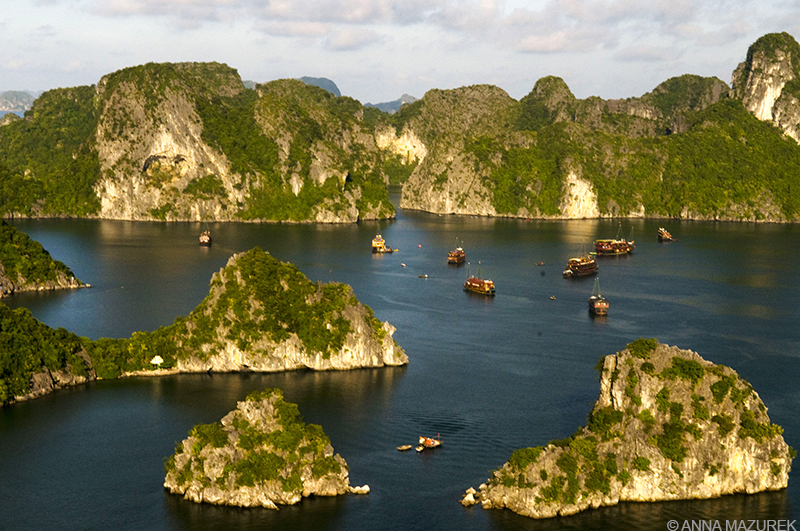
I Visit Vietnam Every Year – Here are my Favorite Places (and Where to Avoid)
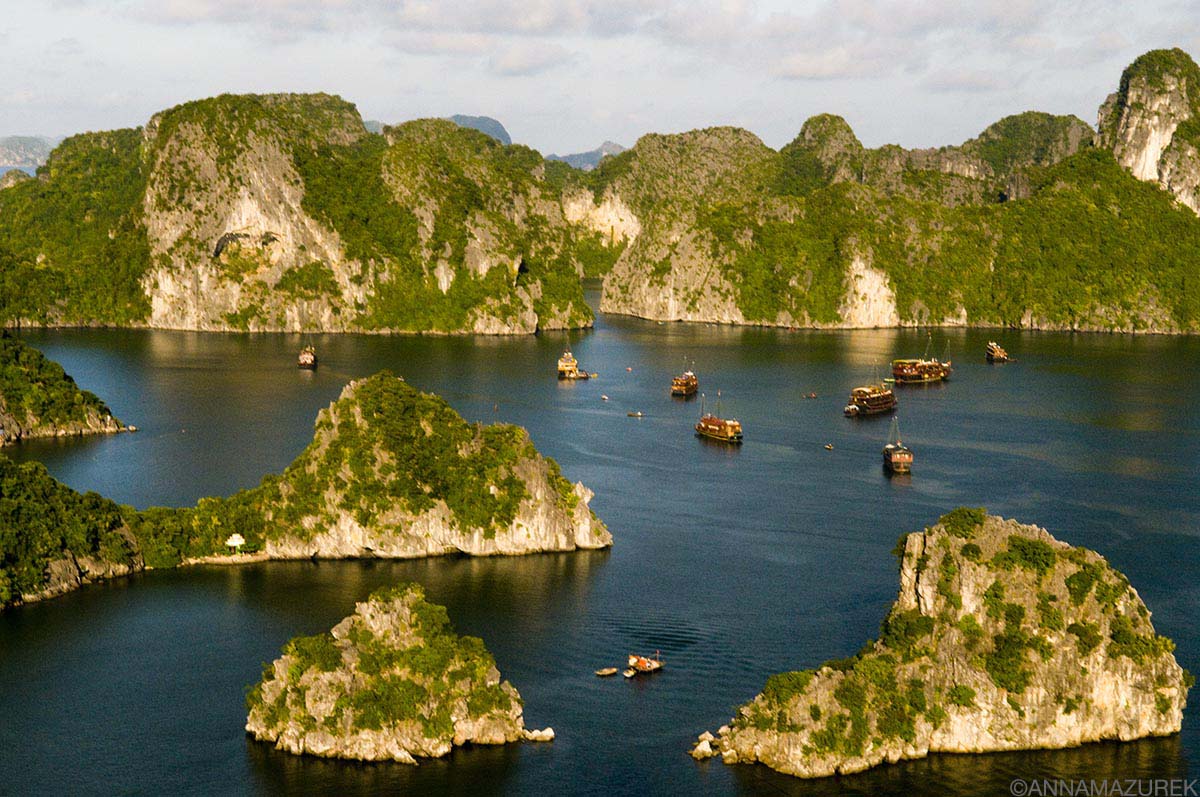
Like India, Vietnam can be a sensory overload of beauty and complexity. The scenery is diverse—the mist-covered mountains of Sapa, the seemingly endless swarms of motorbikes in Hanoi and the tower limestone pillars of Ha Long Bay. I consider travel the best teacher, and there’s no better place to get a lesson in world history than this Southeast Asian nation.
I visit Vietnam at least once a year for work, so I decided it was time to compile a travel guide of my favorite places to visit in Vietnam and the ones to avoid. (I’ve worked for multiple travel companies running trips across the country. In addition, I did a month-long 2019 backpacking trip to some lesser-visited spots.)
Keep reading for all the details about where to go in Vietnam and how to best prepare for your trip! (The locations are organized by region: north, central and southern Vietnam.)
I recommend booking transfers on Klook for convenience and using 12go.asia for bus and train tickets if it’s too much hassle to go to the station to buy them directly. Please read reviews before booking.
Affiliate links are used in this post. If you make a purchase, I earn a small commission at no cost to you, which goes toward the cost of maintaining this blog.
Plan Your Trip
Currency: Vietnamese Dong (VND)
When to Go: July to September for beaches. December to March for cooler temperatures.
Travel Insurance: Protect yourself with SafetyWing travel medical insurance to cover accidents and travel delays.
Mobile eSIM Card: Get seamless connectivity worldwide with Airalo minus the hassle of physical SIM card. (Save 10% with code AIRALOESIM10!)
Northern Vietnam
 The best time to go swimming in Ha Long Bay, Vietnam is between April and October.
The best time to go swimming in Ha Long Bay, Vietnam is between April and October.
1. Ha Long Bay & Lan Ha Bay
Ha Long Bay, a UNESCO site, is one of those places like Machu Picchu that you must visit once in your life. The scenery is postcard-perfect: towering limestone karsts and over 1,100 islands scattered through the Gulf of Tonkin’s emerald waters. It is the number one attraction in Vietnam. The best way to experience the bay is to do a multiple-day cruise on a houseboat to explore the islands, swim and eat year weight in fresh seafood! There are day boat trips and overnight cruises for every budget. I recommend spending a night or two on a houseboat!
Ha Long Bay vs. Lan Ha Bay
Historically, Ha Long Bay spread across two provinces and was split into sections controlled by two different local governments—Ha Long Bay to the north and the Lan Ha Bay to the south bordering the coast of Cat Ba Island. (Both bays are included in the UNESCO area.) Over 300 boats operate in Ha Long Bay (popular with Chinese tourists) but only 64 in Lan Ha Bay, according to my local guide on a recent visit.
While both share the same scenery, Lan Han Bay has less pollution and tourists, but less infrastructure, which I’ve witnessed on my visits to both. There are no caves in Lan Ha Bay or scenic viewpoints like the one in my photo above from Ha Long Bay. The caves are one of the noteworthy features in the UNESCO nomination. While the caves are stunning, they get crowded.
While it’s possible to book last-minute budget tours on Klook or GetYourGuide, luxury boats, like the Ginger by Heritage Line, (stunning ship I stayed on for work trip) fill up four months in advance. To visit both bays, consider booking separate back-to-back one-night trips on different boats. (Only a couple of boats with good government relationships can operate in both bays.)
When to Visit Ha Long Bay & Lan Ha Bay
If you want blue skies, visit from April to October. June to August is steaming hot but less crowded. November to March brings cooler weather (highs in the 60s in January) but often consistent gray skies. September to October is packed with tourists. My visits have always been in January or July. I prefer July for blue skies.
How to Get to Ha Long Bay
Most people fly into Hanoi’s Noi Bai International Airport, the country’s second-largest airport, and take a transfer. (There are two smaller airports near Ha Long Bay—Van Don International and Cat Bi International.) If a transfer isn’t included in your boat tour, you can find affordable transfers through Klook. It’s roughly a three-hour drive.
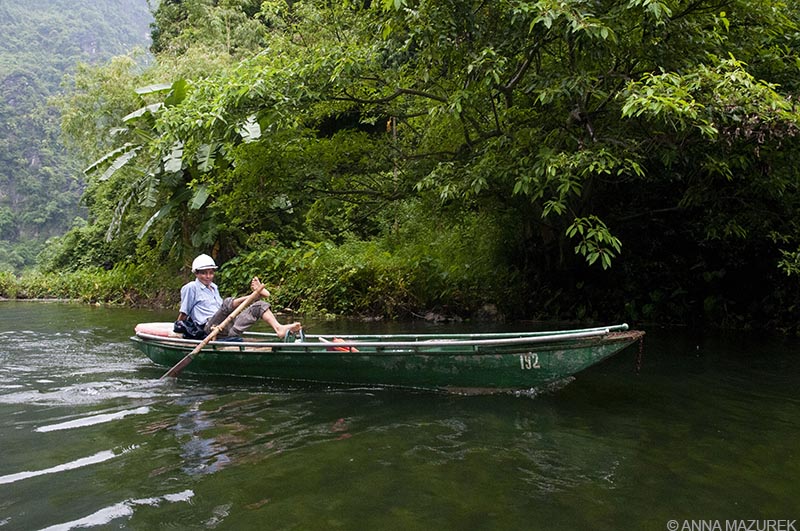 If you like the idea of riding a boat through stunning caves, then add Tam Coc to your list. The rowers use their feet to move the oars just like this guy!
If you like the idea of riding a boat through stunning caves, then add Tam Coc to your list. The rowers use their feet to move the oars just like this guy!
2. Ninh Binh
The Ninh Binh province is known as the “Ha Long Bay on land” famous for row boat tours through giant caves and alongside limestone karsts. The most stunning boat ride is Trang An (Route 3), which is a three-hour tour through spectacular scenery and the kilometer-long Hang Dot cave.
When the rice fields are green (wet season), Tam Coc, a 1.5-hour boat trip where the boat guides row with their feet, is beautiful, but Trang An is better if you only have time for one.
The viewpoint from Mua Cave is worth the 500-stair climb but again is best when the rice fields are green. My other favorite places include the picturesque Bich Dong Pagoda and cave temple (free entry), and Bai Dinh Pagoda, a photogenic 4,200-acre Buddhist complex, one of the largest in Southeast Asia, that’s easily explored on an electric cart shuttle.
Hoa Lu Old Town in Ninh Binh City is a stunning sight of two towering modern pagodas lit up at night with detailed carvings inside. This free attraction was built in 2022, so don’t get it confused with Hoa Lu Ancient Town, the historic site of the first capital of Vietnam that’s 11 kilometers away.
Tam Coc is a good base for exploring the area. In January 2025, I stayed at Tam Coc Mountain Sunset and Garden Hotel ($30 USD/night) with spacious rooms with a convenient location with a pool and helpful English-speaking owner. I recommend staying a few nights in the area, but there’s also plenty of day tours from Hanoi if you are short on time.
How to Get to Ninh Binh Province
The Ninh Binh province is roughly an hour and 45 minutes southeast of Hanoi. The cheapest option is public buses from Hanoi. I recently took this $7 shared transfer from Hanoi, which was efficient and involved transferring to an SUV to drop me off directly at my hotel.
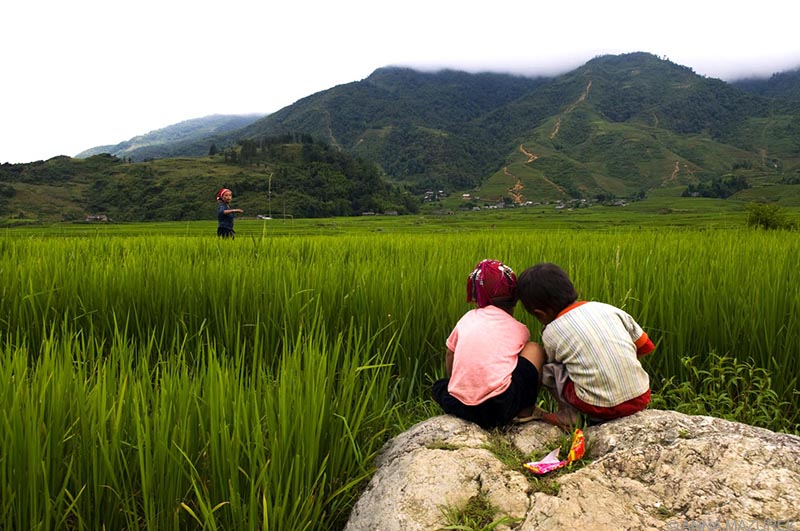
This shot from Sapa is one of my favorite travel images from Asia.
3. Sapa
The former 1922 French hill station is the trekking mecca of Vietnam. The views of the valley from the town are stunning. (The photo above is one of my favorite images I’ve shot in all my years in Asia.)
Popular treks include Fansipan, the highest mountain in Vietnam (3143 m); Cat Cat, a village three kilometers south of Sapa; Ta Phin Village, a 10-kilometer hike from the city; Sa Seng & Hang Da, a hike along the eastern ridge is great for valley views. Be warned—the tourist touts and aggressive vendors are relentless in Sapa. (I visited a village with a student group and each student had one vendor following them around town the entire day trying to see them something.) Despite this, the scenery is unreal and worth the trip!
How to get to Sapa
Sapa is located 195 miles northwest of Hanoi (closest airport) near the China border. By car or bus, it’s about a five-to-six-hour journey depending on traffic. I’ve taken the roughly seven-hour sleeper train previously, which goes from Hanoi to Lao Cai (closest station to Sapa). It’s an additional 50-minute transfer from there to Sapa. There are also cheaper sleeper buses for about half the price of the train ($11-16 USD).
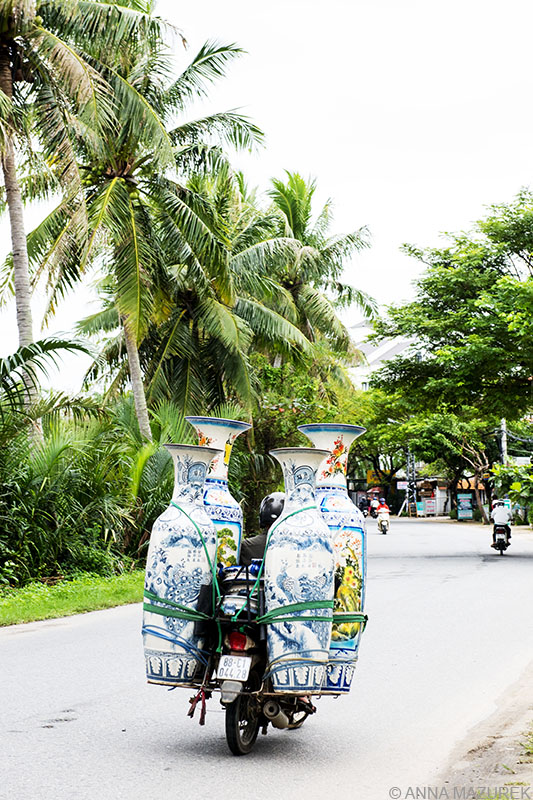 Hanoi is the mecca of the motorbike madness, and this is just a taste of the crazy things you’ll see on motorbikes there!
Hanoi is the mecca of the motorbike madness, and this is just a taste of the crazy things you’ll see on motorbikes there!
4. Hanoi
Hanoi is both the capital of the country and the chaos. Hordes of motorbikes cover the streets. Find a safe spot on the sidewalk to people watch as the motorbikes defy gravity and logic with their loads which range from refrigerators to a family of five with a dog and my favorite – dozens of plastic bags filled with water and live goldfish tied to a giant hoop structure on the back of the bike.
Wander the streets of the Old Quarter and the Hoan Kiemshopping district where streets are organized by the goods they sell. (This is really annoying if you need to buy a pen and you’re on the shoe street.) Pho bo (beef noodle shop) is a must for breakfast along with a traditional Vietnamese coffee, which is medium to coarse ground dark roast with a small metal drip filter.
For a bánh mi, try Banh Mi 25. The Note Cafe is an Instagramable spot covered floor-to-ceiling in post-it notes while JOMA is one of my favorite café chains in Southeast Asia for breakfast. For an adrenaline adventure, visit Hanoi 1990s, a small cafe perched on the edge of Hanoi’s famous train street where a handful of trains come buzzing by daily just inches from your table.
Go for a stroll around Hoàn Kiếm Lake and cross the red bridge to Ngoc Son Temple. Stop by the Temple of Literature and the Ho Chi Minh Museum. If you want to say hello to “Uncle Ho”, stop by his mausoleum. Be warned – he’s been preserved and is on full display in typical communist fashion. For more details on the city, check out my Hanoi guide.
How to get to Hanoi
Hanoi is home to the second busiest airport in the Vietnam and connected by bus or train easily to major destinations across the country. While Ho Chi Minh City has more international flights, Hanoi is also easy to get to.
Central Vietnam
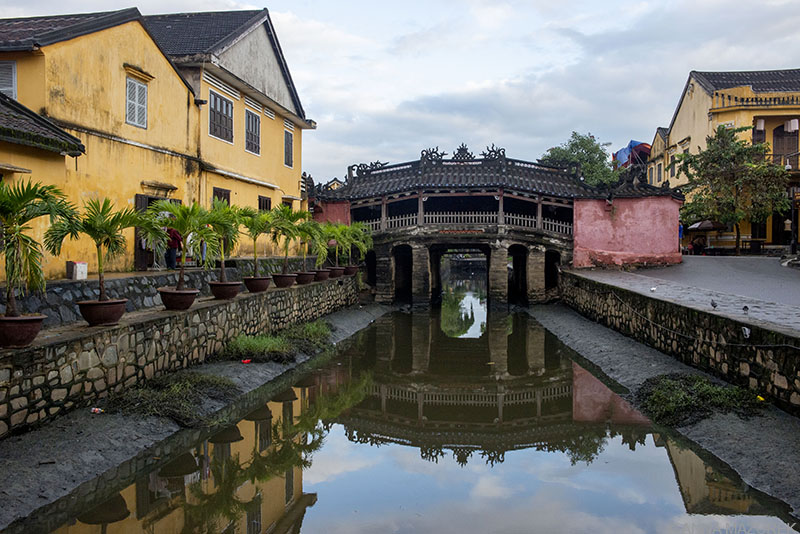 The Japanese Covered Bridge is one of the top sights in Hoi An. After a week of rain, this is the first time I saw blue sky!
The Japanese Covered Bridge is one of the top sights in Hoi An. After a week of rain, this is the first time I saw blue sky!
5. Hoi An
Hoi An is my favorite city in Vietnam. The UNESCO site is one of Southeast Asia’s major seaports and reminds me a bit of Charleston—the same quaint historic charm, old colonial buildings and an overload of tourists. As per usual, I got up at sunrise every morning to photograph the city and did the same at sunset. Highlights include the Japanese Covered Bridge, the Assembly Hall of Cantonese Chine Congregation, which has cool dragon carvings, and the Assembly Hall of the Fujian Chinese Congregation.
The best Banh Mi spots in town are Banh Mi Queen (I loved the chicken!) and Banh Mi Phuong (Anthony Bourdain loved this spot). Streets Restaurant Café had the best Cau Lau I had on the whole trip. It’s also a nonprofit that trains underprivileged youth to work in culinary and hospitality fields.
How to get to Hoi An
The closest airport is Da Nang, which is roughly a 30-minute drive. I booked a direct transfer to Hoi A from Da Nang on Klook for around $10, but there are even cheaper group transfers. Read reviews before booking!
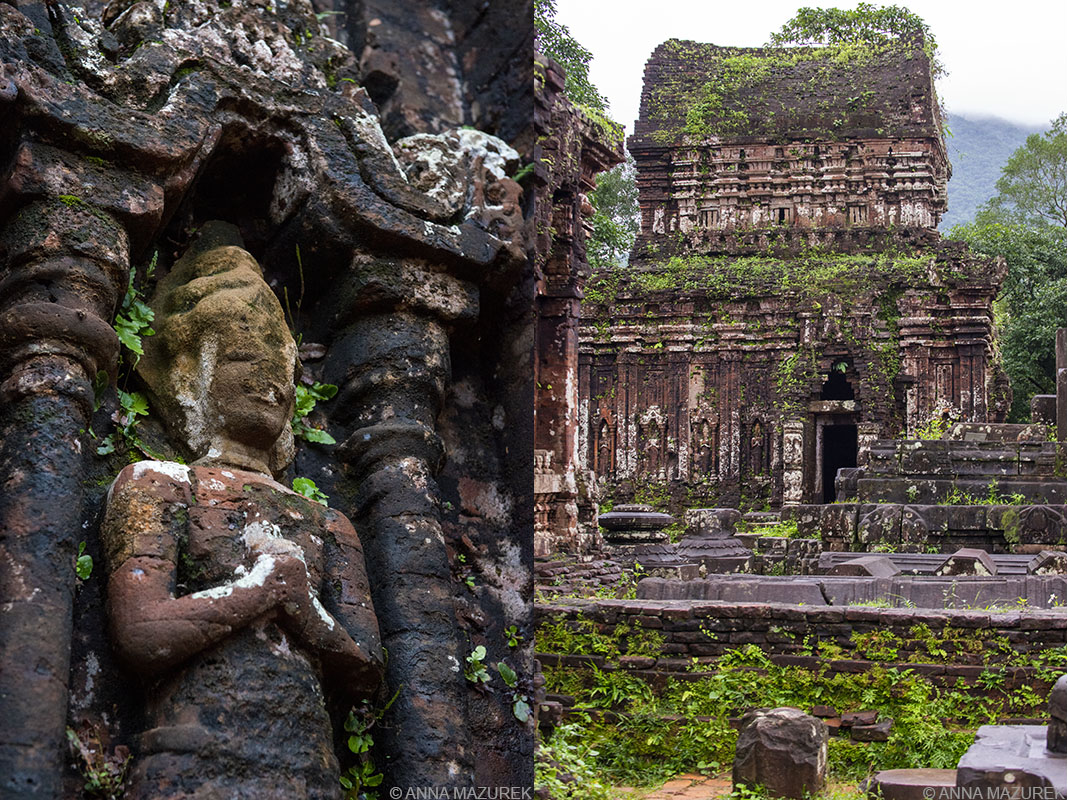 I highly recommend visiting the ruins of My Son, a Hindu temple complex built between the 4th and 14th Century to honor the god Shiva. It’s easily assessable from Hoi An or Da Nang by tour, car or motorbike. I did the sunrise tour to avoid the crowds in my photos.
I highly recommend visiting the ruins of My Son, a Hindu temple complex built between the 4th and 14th Century to honor the god Shiva. It’s easily assessable from Hoi An or Da Nang by tour, car or motorbike. I did the sunrise tour to avoid the crowds in my photos.
Day Trips from Hoi An
Hoi An is a great hub to do a few day trips including visiting My Son, the ruins of a Hindu temple complex. (Consider booking one of the sunrise tours I loved being there so early!) You can do it on your own if you have a motorbike. I also recommend renting a bicycle and heading over to the coconut village for a boat ride on one of the circular boats. It’s a very touristy thing but such a fun experience. Check out my Vietnam Instagram story for videos from the trip!
Traveling to Southeast Asia?
Read my guides to Thailand, Chiang Mai, Bangkok and Singapore!
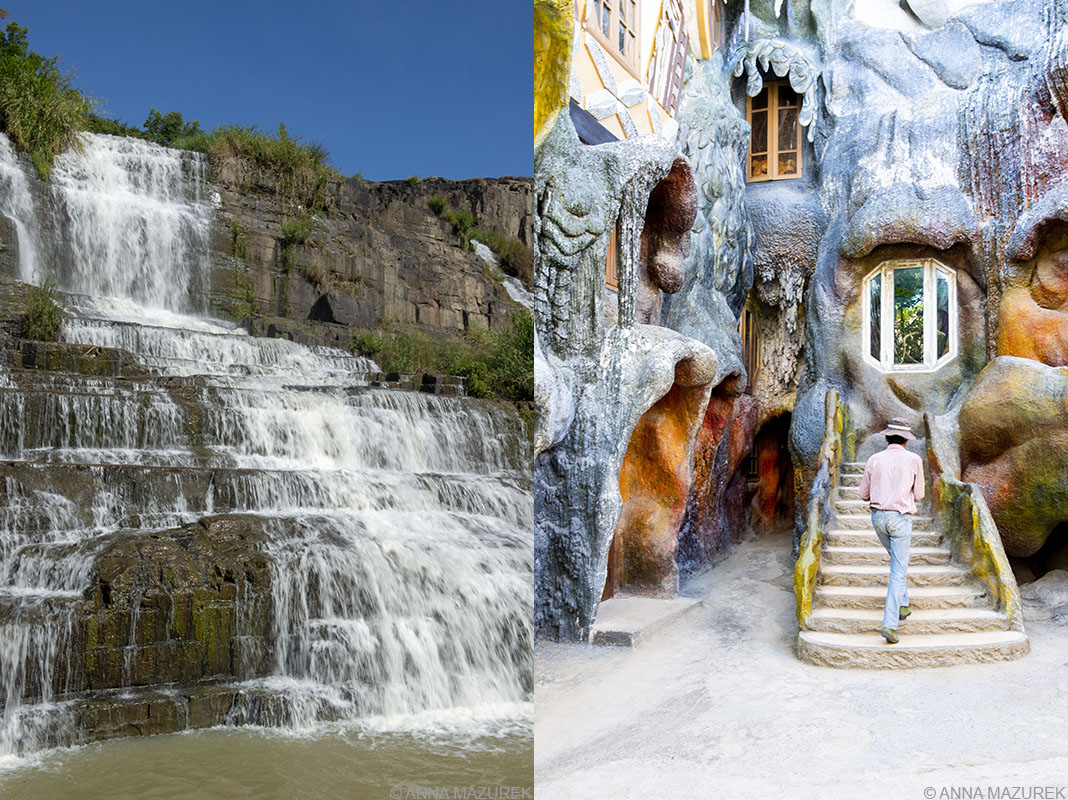 Left: Pongour Waterfalls outside of Da Lat. Right: Crazy House, a Gaudi-inspired tourist site that is also a hotel mixed in the site.
Left: Pongour Waterfalls outside of Da Lat. Right: Crazy House, a Gaudi-inspired tourist site that is also a hotel mixed in the site.
6. Da Lat
Da Lat is the Medellin of Vietnam. The French fled to this mountainous region to escape the heat. It’s now the adventure capital—trekking, canyoning, white water rafting and mountain biking are all options. The vibe is much more laid back than the rest of Vietnam, which I loved. I spent most of my time here visiting waterfalls. My favorite was Pongour, but the roller coaster at Datanla waterfall is a must. (It’s a one-car self-controlled system so it’s super fun!) I recommend checking out the Hang Nga Crazy House, which was built by a Vietnamese architect inspired by Gaudi. You can visit and also book a room for the night! Don’t miss the 100 Roofs Bar that resembles the set of a Lord of the Rings movie.
How to get to Da Lat
The closest airport is Lien Khuong Airport, roughly 18 miles south of the city. There are sleeper buses from Hanoi (7 hours) and vans/buses from Nha Trang (4 hours) and Mui Ne (5 hours). I took a long-haul sleeper bus from Hoi An (14 hours).
Southern Vietnam
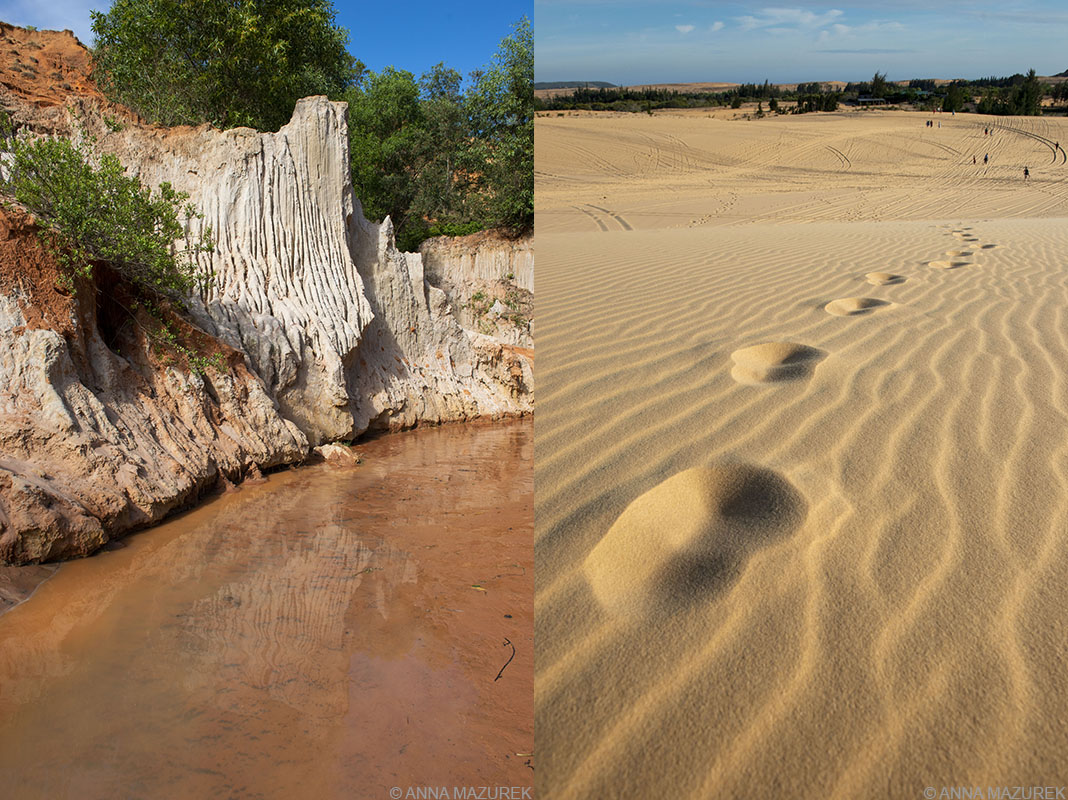 Left: Fairy Spring in Mui Ne, Vietnam. Right: The “white” sand dunes that are 24 km from town.
Left: Fairy Spring in Mui Ne, Vietnam. Right: The “white” sand dunes that are 24 km from town.
7. Mui Ne
Mui Ne is the kitesurfing capital of Vietnam. The town itself doesn’t have the best beach but the town is close to some cool attractions. For $5, you can take a jeep tour to the red sand dunes near town and the white sand dunes (24 km from town). The tours also take you to Fairy Spring, a stream that flows through some cool rock formations and sand dunes. (It’s easily accessible from town by foot.)
The best place to eat in town is a Mediterranean spot called Sindbad and Dong Vui Food Court, an open-air food court with independently run stalls that range from German sausages to paella. There are also loads of Vietnamese options and tons of beer.
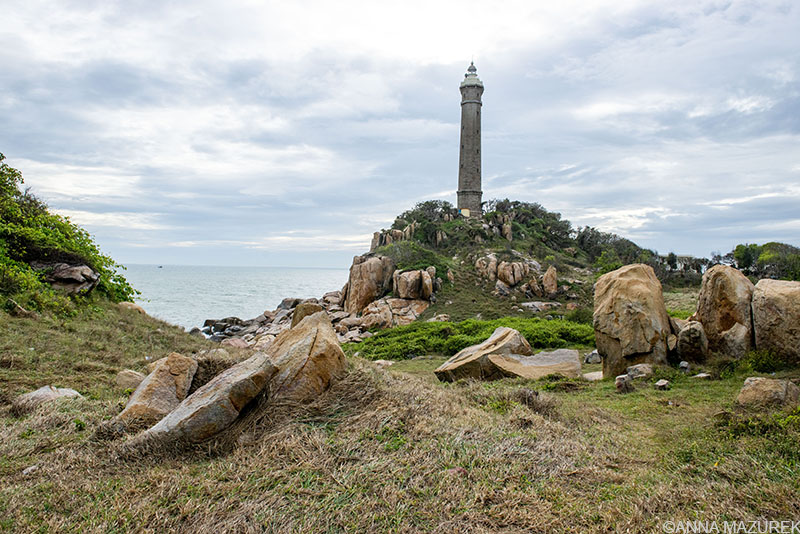 Ke Ga Lighthouse was one of my favorite spots in Central Vietnam! Very few people visit so I totally recommend it. I had the island to myself!
Ke Ga Lighthouse was one of my favorite spots in Central Vietnam! Very few people visit so I totally recommend it. I had the island to myself!
The main reason I went to Mui Ne was to visit the Ke Ga Lighthouse, a remote lighthouse built by the French in 1899 that lies on a rocky islet 300 meters from the coast. I’m obsessed with lighthouses so I had to go. To get to the lighthouse, you need a scooter or a car. Then, you have to take a ferry to the island ($6 USD in 2019). I had the island mostly to myself except for a few officials working on the island.
For the best photos of the lighthouse, take the dirt paths that lead off to the side and shoot back toward the lighthouse. The lighthouse is right by a fishing village, so the sea is lined with boats to the right of the islet, which is also great for photos.
How to get to Mui Ne
I took a bus from Da Lat to Mui Ne (5 hours) then I took a bus to Ho Chi Minh (3 hours). There is no train station in Mui Ne and the nearest airport is Ho Chi Minh. You can book group and private car transfers on Klook to Ho Chi Minh and other cities.
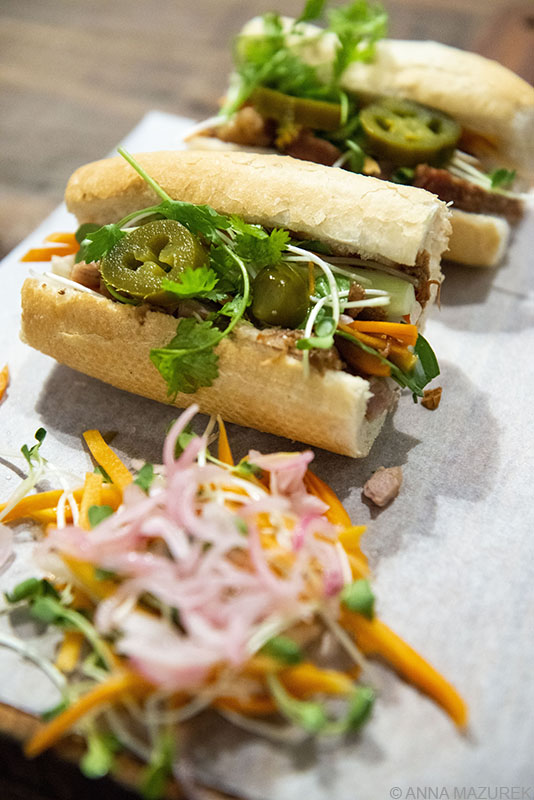 Banh Mi from L’Usine cafe in Ho Chi Minh.
Banh Mi from L’Usine cafe in Ho Chi Minh.
8. Ho Chi Minh City (Saigon)
Ho Chi Minh City (HCMC) is another epicenter of the motorbike madness. This city is worth a visit for a few days just to witness the chaos and visit the war museum and other war-era sights. The view from Bitexco Financial Tower ($9 USD) really helps put into perspective the expansive size of the city. (I suggest buying tickets advance through Klook for your preferred time slot because it’s same price as buying in person without any lines.)
Surprisingly, HCMC is the craft beer capital of Southeast Asia. My favorite breweries were Pasteur Street Brewing Company (great IPA & tap room) and Heart of Darkness. BiaCraft and Belgo (Belgian brewery) also have good brews and food.
Take a morning walk to view the 19th-century French colonial architecture, including the yellow Central Post Office, Notre Dame Cathedral (under renovation until 2027) and the 1897 Opera House. The only way to see the opera house interior is to attend a show—one of the frequent AO Show performances combining acrobatics, music and dance, or a production of the Ho Chi Minh Ballet Symphony and Opera.
My favorite cafes and sandwich spots to eat are The Old Compass, L’Usine, The Vintage Emporium, and Banh Mi 3362. ABC Bakery Café was a great spot to grab a fast and cheap breakfast to go!
Where to Stay in Ho Chi Minh City
Au Lac Charner ($73/night plus taxes) is my favorite hotel with a rooftop pool in Ho Chin Minh City. It also has free breakfast and is located by the Bitexco Financial Tower. (My favorite hostel closed during the pandemic so I don’t have any hostel suggestions, unfortunately.) If you’re looking to splurge, the Park Hyatt Saigon ($289) is the nicest hotel in town with an amazing pool, gym and a mind-blowing breakfast! (I stay at the Park Hyatt for work but at the Au Lac Charner otherwise.)
Fore more details, check out my Ho Chi Minh City Guide!
How to get to Ho Chi Minh City
Ho Chi Minh is home to the busiest airport in Vietnam and the main transport hub. (I always fly through Ho Chi Minh when I’m flying back to the U.S. from Southeast Asia because I fly through Japan because of my successful points hacking with American Airlines/ oneworld alliance.) You can take buses, vans and the train anywhere in Vietnam from there. Keep in mind that Hanoi and Ho Chi Minh are on opposite ends of the country and a 30-hour train ride apart.
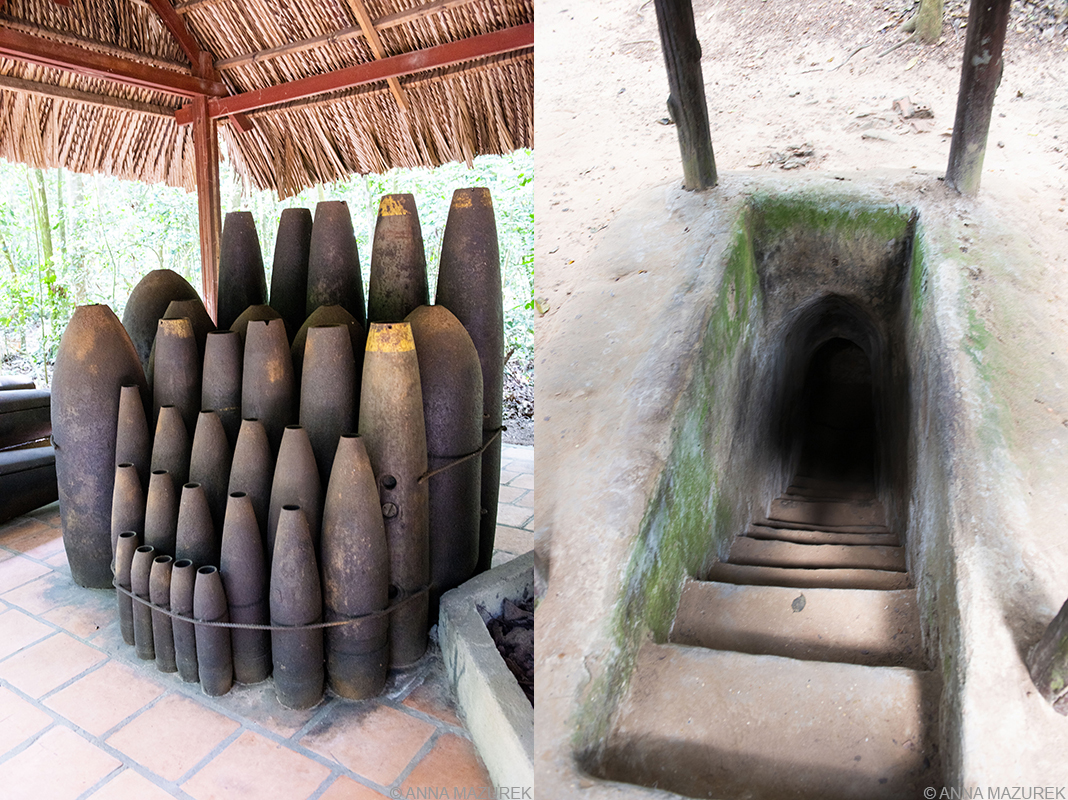 Left: Artillery left over after the Vietnam War is on display at the Ben Douc tunnels, part of the Cu Chi Tunnels. Right: The entrance to one of the tunnels.
Left: Artillery left over after the Vietnam War is on display at the Ben Douc tunnels, part of the Cu Chi Tunnels. Right: The entrance to one of the tunnels.
9. Cu Chi Tunnels
Cu Chi is a rural area about 30 to 40 km from Ho Chi Min that’s famous for a legendary spiderweb of tunnels used in the 1960s by the Viet Cong to control the area. There are two sets of tunnels: Ben Dinh and Ben Duoc. Ben Dinh is the most touristy one because it’s easier for tour buses to reach it. Ben Duoc is the best one in my opinion because it’s not touristy. (Trust me, I’ve been to both!) There was only a handful of people when we went. (We went by public bus from Ho Chi Minh City, which was one of my favorite days in Vietnam. I wrote a post about how to get to the Ben Douc tunnels by public bus.)
I’ve found conflicting sources that state that Ben Dinh was constructed only for tourists and Ben Douc is part of the real tunnel network. I can’t find a reliable source to verify this. Lonely Planet says that Ben Douc was widened for tourists but is less touristy. (There’s a set of stairs leading into the tunnels, which clearly can’t be original. Honestly, they probably both were widened at the entrances, but they are still tiny.)
How to get to the Cu Chi Tunnels
While it’s easy to find tours to visit Ben Dinh, I recommend taking the public buses (they have air conditioning!) to Ben Douc using my step-by-step guide!
Read my guide on how to get to the Cu Chi Tunnels (Ben Douc) by public bus!
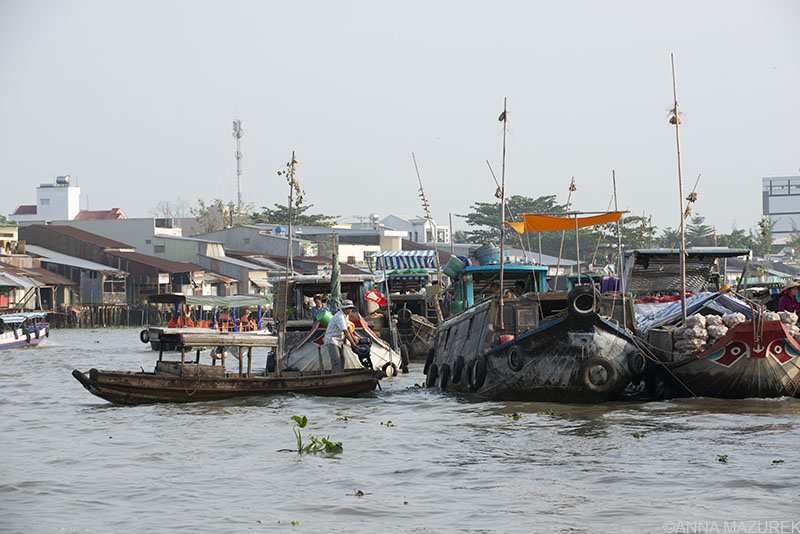 Vendors tie what they are selling to poles at the Cai Rang Floating Market in the Mekong Delta near Can Tho.
Vendors tie what they are selling to poles at the Cai Rang Floating Market in the Mekong Delta near Can Tho.
10. Mekong Delta
Can Tho is the main hub in the Mekong Delta that’s filled with large gardens and bustling markets. It’s the jumping-off point for visiting the famous Cai Rang Floating Market, the biggest one in the Delta. Vendors tie what they are selling to a pole so you can shop easily. There are also boats that serve coffee.
Tours are available, but I recommend showing up at the dock at 5 a.m. to negotiate for your own boat. I went with a friend and we met three cool Australians who joined us. We paid about $4.30 USD each in 2019. One of the highlights was stopping by a fruit orchard. We got to paddle around in little boats in the orchard and sample the fruits. This town is also memorable because it’s how I ended up in a van with a rooster for five hours. I’m also a huge fan of the market town of Chau Doc, which has a wet market that’s really cool to photograph.
How to get to Can Tho, Mekong Delta
Can Tho is a four-hour bus ride from Ho Chi Minh, which is what I’ve done. Can Tho International Airport is only a few miles from the city.
Vietnam FAQ
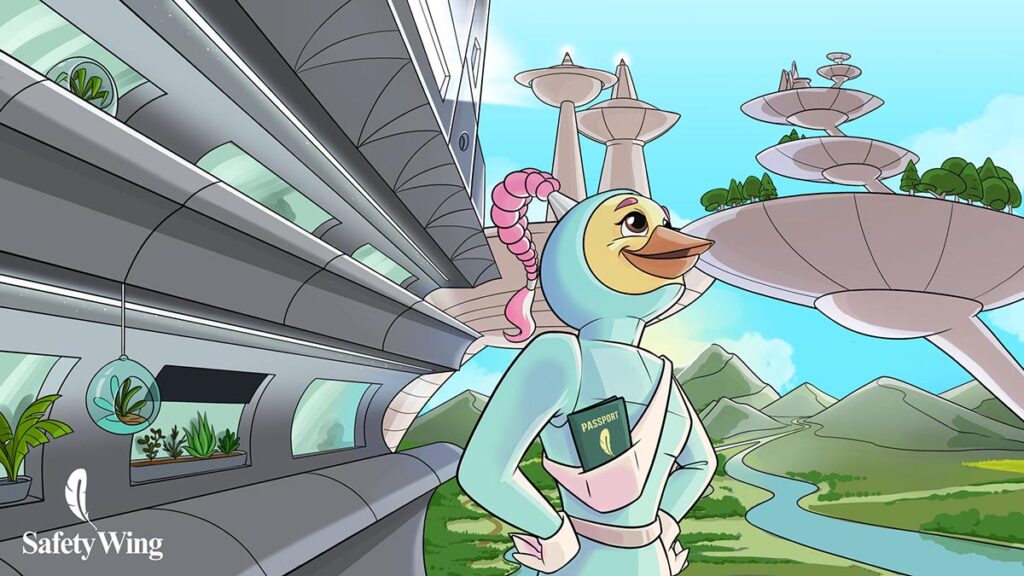 SafetyWing travel medical insurance covers travelers in Vietnam and over 180 countries.
SafetyWing travel medical insurance covers travelers in Vietnam and over 180 countries.
Do you need travel medical insurance for Vietnam?
Yes, travel medical insurance is one of the most important things to purchase for any trip abroad, especially Vietnam. It covers all the things that could go wrong from injuries to travel delays so that you don’t have to worry and can focus on traveling!
SafetyWing’s Nomad Insurance offers $0 deductible travel medical insurance coverage for over 180 countries for people aged 69 and under when traveling outside their home country. The best part is that it only costs a few dollars a day! If you get sick or injured abroad, you can visit any hospital or doctor. Other benefits of Nomad Insurance include coverage for lost checked luggage, travel delays over 12 hours, motor accidents (if properly licensed, wearing all safety equipment and not intoxicated) and injuries from sports or leisure activities. You can even add adventure sports, electronics theft and U.S. coverage (for non-residents) to your policy.
One of the best things about SafetyWing is that you can buy policies abroad and speak to a REAL human from the 24/7 customer support team if you have questions! (I can vouch that they are excellent at assisting and will follow up with you afterward.) Pay in full or choose an auto-renewing plan that can be canceled anytime.
If you’re abroad for 90 days, you can get 30 days of home-country coverage. (For the U.S. residents, it’s 15 days.) Plus, every single part of the process from purchasing a policy to filing a claim is easy, which is why SafetyWing has been the best travel medical insurance policy for me. Read my review of using SafetyWing in Southeast Asia.
Where’s the best place to buy a SIM card in Vietnam?
The easiest thing to do is buy a Vietnam-specific eSIM card from Airalo that will work instantly when you arrive. (Airalo partners with Viettel, the fastest network in Vietnam.) For more details, read my review of Airalo eSIM cards in Southeast Asia.
If you are traveling to multiple countries in Southeast Asia on a short trip, then consider one of their Asia Regional eSIM cards. (Both the country-specific and regional eSIMs have worked wonderfully for me and even have a mobile hotspot option that’s critical for me because I’m always working remotely.) Keep in mind it’s always cheaper to buy a country-specific eSIM than a regional one.
Promo Codes: New customers save 15% off with NEWTOAIRALO15 and existing users save 10% with AIRALOESIM10.
Be sure to join the free Airalo Loyalty Program to earn 5% cash back for every purchase, which can be redeemed on future purchases. For more about eSIM cards, check out this post on the pros and cons of eSIM cards!
Where is the best place to get clothes made in Vietnam?
While Ho Ani is the most popular spot in Vietnam to get clothes made, I was unimpressed because every tailor shop I visited only seemed to only have material to make winter suits or wedding dresses. I was looking for wrinkle-resistant fabric for summer dresses and tanks. I tried again in Ho Chi Minh City but didn’t have any luck until a friend introduced me to Elegant Silk, the best place to get clothes made in Ho Chi Minh. This tailor had a wide variety of fabric options. She had silk blend fabric that was fairly wrinkle-resistant. In early 2024, I had her copy an existing tank and dress while also making a new wrap-around skirt for $70 USD.
In Hoi An, I have friends who raved about Blue Chic for men’s suits and Two Ladies for summer dresses.
Where is the best craft beer in Vietnam?
Vietnam has the best craft beer in Asia. Trust me, I’m a craft beer connoisseur and have traveled and lived all over Asia. While Ho Chi Minh is the epicenter, there are also taprooms in Hanoi. The two biggest brands—Pasteur Street Brewing and Heart of Darkness—have multiple tap rooms in HCMC while Pasteur has one in Hanoi. Both do a great job of incorporating local flavors like jasmine and pomelo. (Pasteur Street’s signature Jasmine IPA and Pomelo IPA are my two favorites.) BiaCraft and Belgo (Belgian brewery) also have good brews and food in Ho Chi Minh City. In Da Nang, stop by the Heart of Darkness taproom.
What about the caves in Vietnam?
Phong Nha-Ke Bang National Park, a UNESCO site, is filled with hundreds of caves including the world’s biggest cave, Hang Son Doong. (Two of my friends went to Hang Son Doong and loved it. It’s not cheap and you have to book months if not a year in advance.) I was in the area during the rainy season so I didn’t visit any of the caves. (Water levels are a huge safety issue during the rainy season. ) April to August is the best time to go.
How are the beaches in Vietnam?
I’m not a fan of the beaches in Vietnam. I’ve been on a quest to find the best beaches in the world, and they aren’t in Vietnam or even Southeast Asia for that matter. To be brutally honest, every beach I went to in Vietnam was polluted. I even went to Phu Quoc island, one of the main attractions. I went to all the prime snorkeling spots and there was trash and beer cans in the coral. This part of the world is notorious for plastic pollution, and I was there at the end of the rainy season, which tends to kick up more of the pollution.
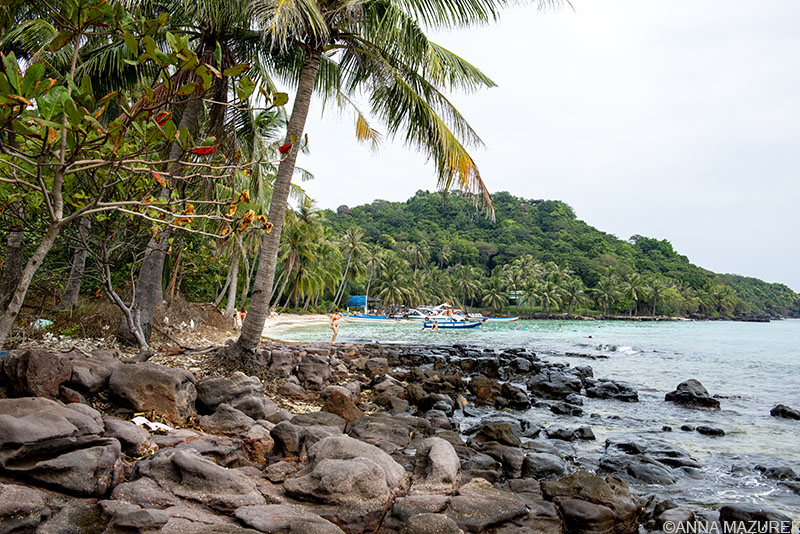 This is a shot from one of the islands near Phu Quoc that’s part of all the snorkeling tours. All the debris you see on the left side of the frame under the trees is some kind of trash or plastic. Aside from the main small bit of beach, the sides of the island were covered with trash like this.
This is a shot from one of the islands near Phu Quoc that’s part of all the snorkeling tours. All the debris you see on the left side of the frame under the trees is some kind of trash or plastic. Aside from the main small bit of beach, the sides of the island were covered with trash like this.
I visited three beaches in Vietnam—Mui Ne, Na Trang and Phu Quoc—on a 2019 trip and never wanted to go back to them. They were mostly polluted or overrun with tourists. If you stay at a resort then, it’s nice because they clean the beaches, but the snorkeling will still be polluted. (In my opinion, the best beaches in the world are in the Caribbean. Anguilla and Costa Rica are hard to beat. Maldives (resort islands) and Fiji are nice, too.)
Please be kind to the environment and avoid single-use plastics in this part of the world. Read this post about how to be a better eco-friendly traveler.
Vietnam 101: Logistics, Costs & Safety
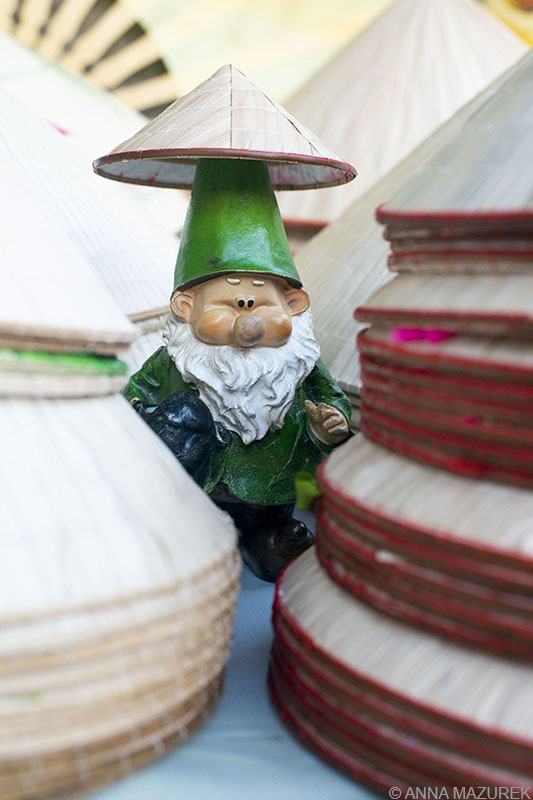 Alfred the Gnome did a bit of hat shopping in Hoi An. Clearly, this hat was meant for a gnome.
Alfred the Gnome did a bit of hat shopping in Hoi An. Clearly, this hat was meant for a gnome.
When to Go To Vietnam
Hanoi, Sapa & Northern Vietnam: March – May & September – November
Central Vietnam (Hoi An, Mui Ne, Da Lat): March – September
Ho Chi Minh & South: November to February
July and August are high season. Monsoon rains are common. It’s really cold in Hanoi and northern Vietnam during January so avoid those months especially if you want to swim in Ha Long Bay.
The Cost of Traveling in Vietnam for a Month
In 2019, I spent a month in Vietnam and spent $991 in total. If you look through my Vietnam Instagram story, you’ll find a saved story highlight on Vietnam with a detailed breakdown. This includes my $156 flight from Thailand.
Average Transport Costs: overnight buses ($15); overnight trains ($30) and the ferry roundtrip to Phu Quoc was $20.
Accommodation: Hostels cost about $4-9/night.
Food: Street food ranges from $1.40-2/meal. Restaurants start at $3 and up. Craft beer is $5 in the big cities.
Splurges: I splurged on a $32 snorkeling trip in Phu Quoc (not worth it), $45 lighthouse tour (Ke Ga Lighthouse – totally amazing) and $50 Ba Na Hills visit (only good if the weather is nice).
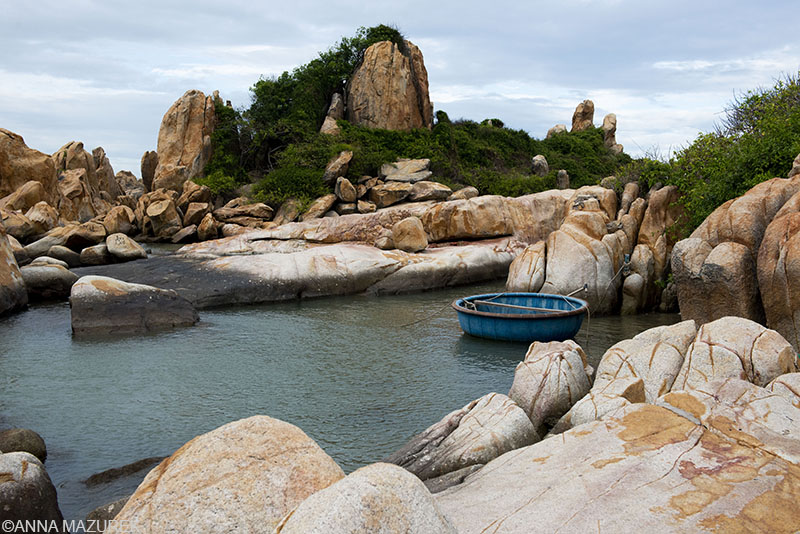 A round boat anchored to the island where Ke Ga Lighthouse is located outside of Mui Ne in Central Vietnam.
A round boat anchored to the island where Ke Ga Lighthouse is located outside of Mui Ne in Central Vietnam.
How to Get a Vietnam Visa
Americans need a visa before entry into Vietnam, and an e-visa is the easiest option that I always use. (I visit every year.) E-visas are available for up to 90 days with single or multiple entries. I applied online for a 30-day e-visa, which was approved really quickly. The normal turnaround time is three “working” days in Vietnam. Please note these are only valid if you arrive at one of their main ports, which is most of the major airports and major land borders. Be sure to check the list in advance.
As of 2024, the cost is $25 for single entry and $50 for multiple entry. Apply online at https://evisa.gov.vn/. Make sure to apply early. I made a mistake on my recent multi-entry application, and it took them three days to tell me it was wrong. I had to start over again from scratch and wait another three days to get it approved.
Is Vietnam Safe?
Overall, Vietnam is a really safe place to travel. There are a lot of scams in Hanoi, Ho Chi Min and Na Trang. I honestly felt like taxi drivers were always trying to scam me. (Never take a street taxi by meter because the meters are often rigged. Agree on a price in advance or take a Grab, a rideshare app that’s similar to Uber and used all over Asia.)
Keep a steady hand on your phone, wallet or purse in the Hanoi and Ho Chi Minh. Thieves on motorbikes are a real concern. I met people who narrowly avoided losing their phones this way. I use a phone case with a finger loop so I always have a stronger grip on my phone.
There’s still a large amount of unexploded landmines. Be on high alert in rural areas and abide by all signs. For example, the My Son ruins had signs warning you to stay on the trails.
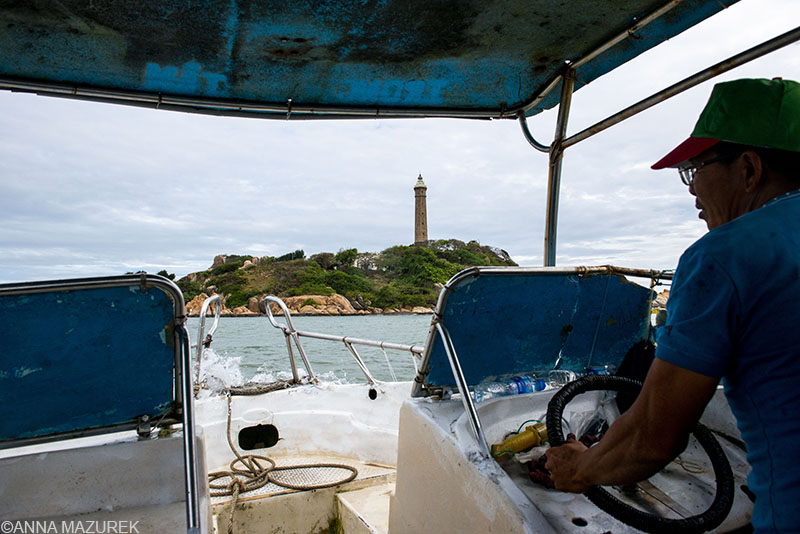 The short boat ride to Ke Ga Lighthouse was a little sketchy but thankfully, the rest of the transit in Vietnam was reliable and felt a lot safer! (I was really close to the coast, so I knew I was safe.)
The short boat ride to Ke Ga Lighthouse was a little sketchy but thankfully, the rest of the transit in Vietnam was reliable and felt a lot safer! (I was really close to the coast, so I knew I was safe.)
Vietnam Transit Options
Buses are the cheapest way to travel. Overall, the sleeping buses are fairly nice. You’ve got a lot of space, and they are air-conditioned. I suggest a bottom bunk if you have a lot of luggage. (You have to take off your shoes and put them in a bag, which I find annoying when you stop at rest stops. They give you communal flip-flops but that grosses me out.)
Trains are okay but pricier. In 2019, it was about $30 for me to go from Da Nang to Na Trang. (There were definitely roaches in my cabin so take a sleep sack to sleep in!) In big cities, I used Grab, a rideshare app that’s popular all over Asia. The app also offers motorbike taxis, which I used a few times. Helmets are provided.
I took a ferry to Phu Quoc island, which was really nice. It was $20 roundtrip. Buy tickets for all transit from the station if possible. It’s always cheaper this way. Domestic flights are fairly cheap but always connect through big cities. In 2019, I traveled by land my entire month-long trip.
Overall, thoughts on Vietnam:
I always enjoy visiting Vietnam. It’s a bit more intense than the rest of Southeast Asia. There is some stunning scenery and the food was amazing. I highly recommend it but just avoid the beaches during the rainy season.
Affiliate links are used in this post. If you make a purchase, I earn a small commission at no cost to you, which goes toward the cost of maintaining this blog.
For more about Southeast Asia, check out these posts:
